Simplicity is the ultimate sophistication. – Leonardo da Vinci
Leonardo di ser Piero da Vinci, more commonly Leonardo da Vincior simply Leonardo, was an Italian polymath of the Renaissance that you most certainly have heard of, and mostly likely also admired. His most famous works speak for themselves, The Last Supper and the Mona Lisa, and his drawing of Vitruvian Man is the classic representation of the true Renaissance spirit.
But what about the man beyond the mystery? After all this is a man who designed an armored car, a scythed chariot, a pile driver, a revolving crane, a pulley, a lagoon dredge, and a flying ship.
You can find his supposed finger in the Science museum in Florence and gaze at his amazing artworks at the Uffizi and other famous museums around the world, but to get a true understanding of this man and his humble beginning you have to head to the vibrant and verdant hills of Montalbano in the province of Florence, to Vinci, a quiet Tuscan town dating back to the early middle ages.
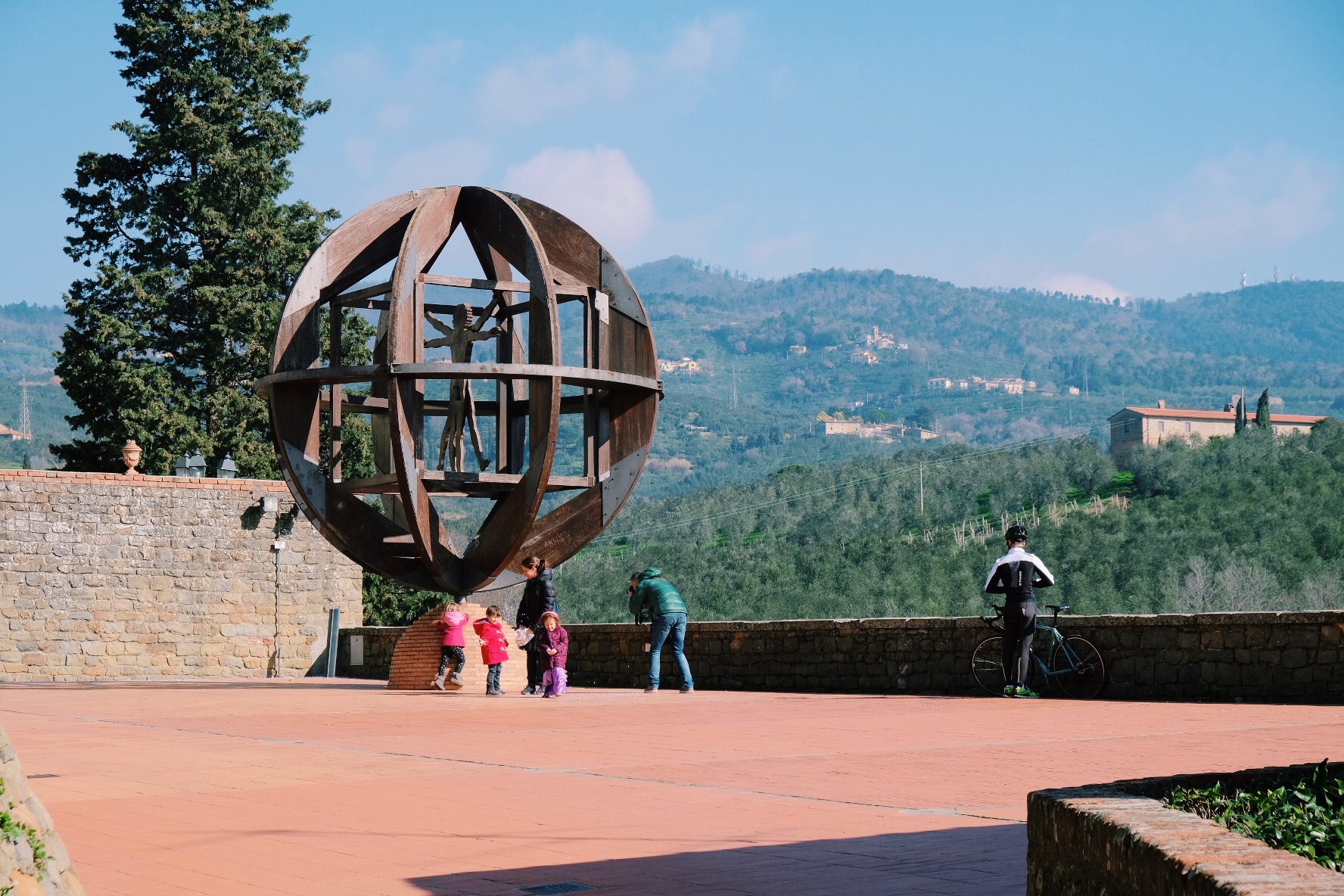
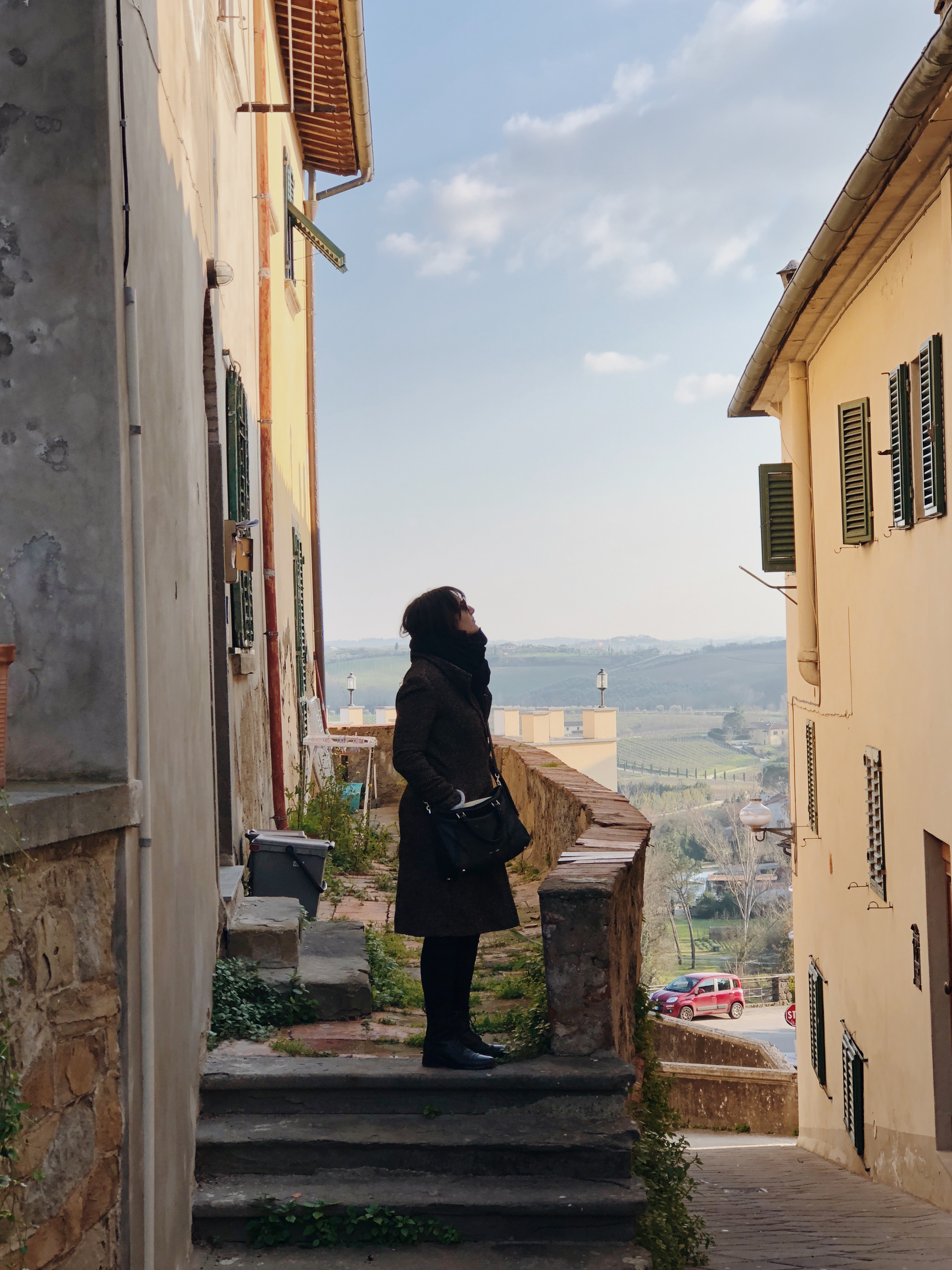
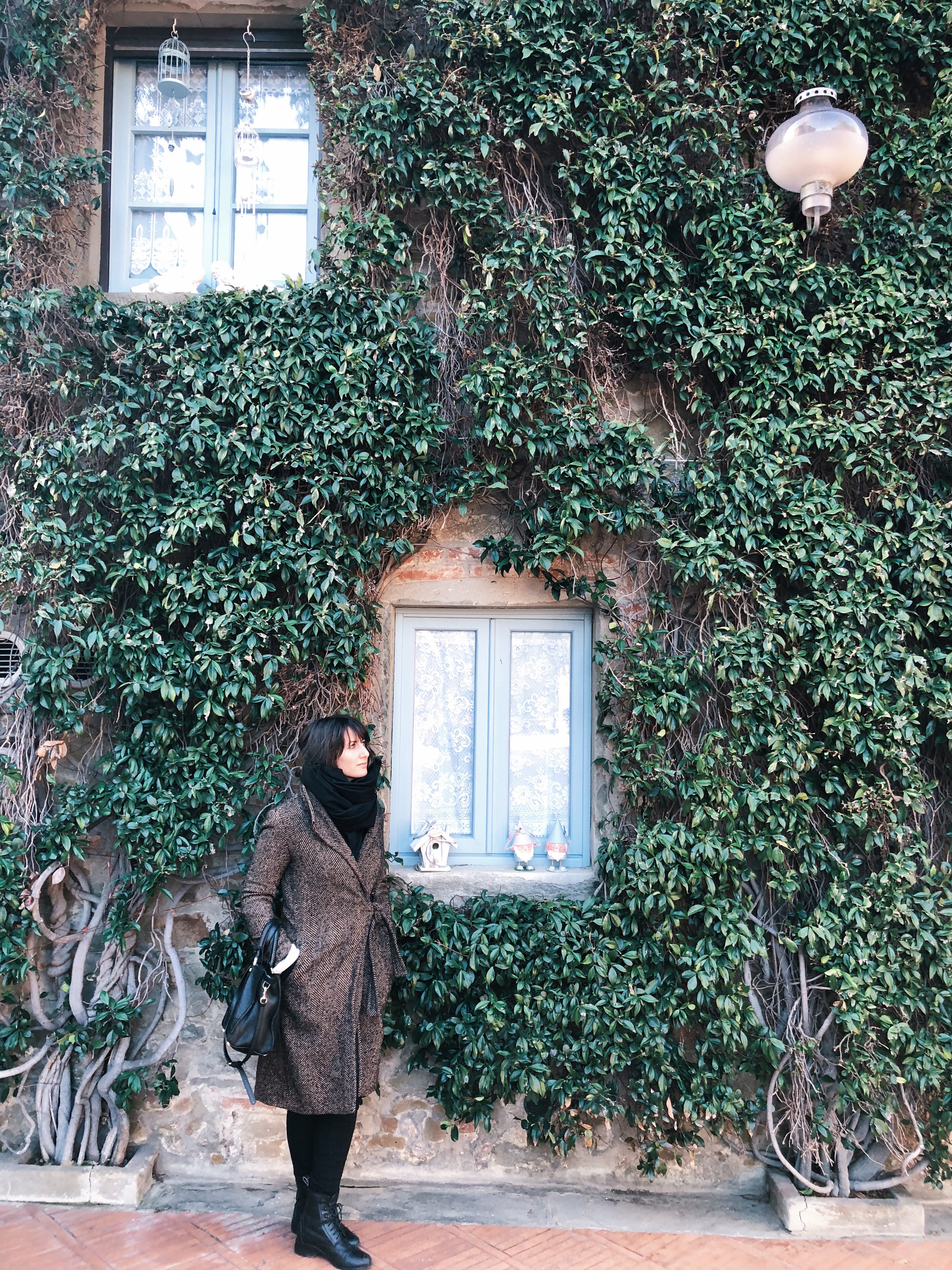
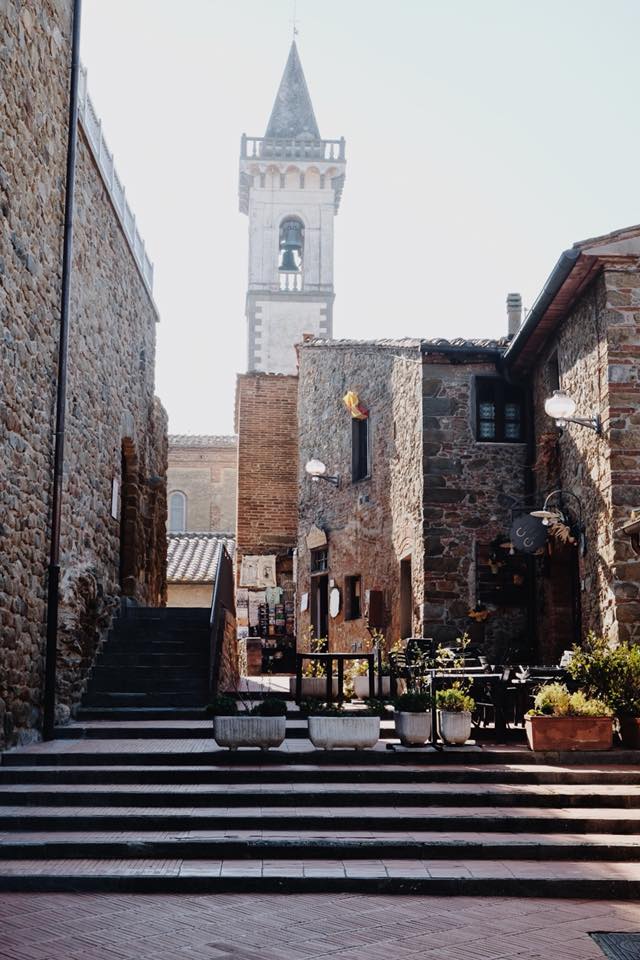
Born the love child of a notary and a peasant on April 15, 1452 near the Tuscan town of Vinci (hence “da Vinci”), he later became one of the most important visionaries of his generation– the archetype of a quintessential “Renaissance man.” One that is the ultimate multi-tasker – a painter, an artist, an engineer, inventor, anatomist, and a rather complicated personality as all geniuses usually prove to be.
I didn’t manage to get there until earlier this year, a whimsical, last-minute decision with my good friend Jehan. These little getaways are my chicken soup for the soul, as working from home can be an often isolating and lonely endeavor. We hopped onto a train where we were met by my contact for Vinci, the lovely Francesca who works with the local tourism office, a natural first stop on any visit as they carry a wealth of info and can let you know the best route to Leonardo’s birthplace home. Here’s a helpful map below of the town’s main sites.
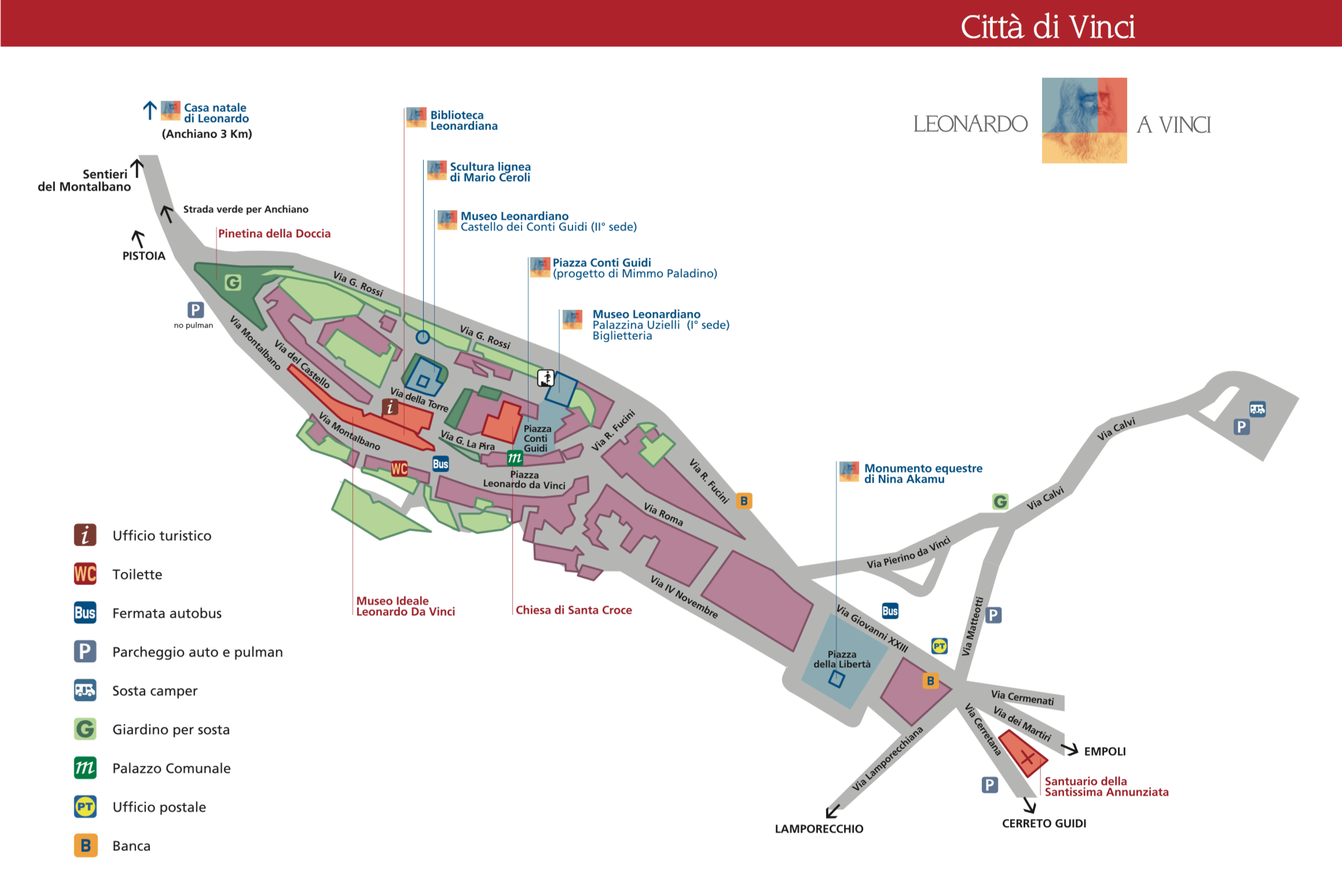
For anyone wondering about the authenticity of this place as THE place of Leonardo’s birth, keep in mind that the Biblioteca Leonardiana in Vinci remains the international center of Leonardo studies, first opened in 1928. It serves as an international reference point for scholars and amateur enthusiasts alike. Here you will find a facsimile reproduction of all Leonardo’s manuscripts and drawings, as well as all the printed editions of his works from the early 1600s onwards. They also have archived everything in an online database appropriately named “e-leo.”

Getting to Know the Man Behind the Mystery
One of the first stops would be to start at the Church of Santa Croce (of the Holy Cross)where Leonardo was baptized as an infant. You can check the tablet recording his birth written by his grandfather Antonio DaVinci and a fascinating sculpture cycle by Cecco Bonanotte.
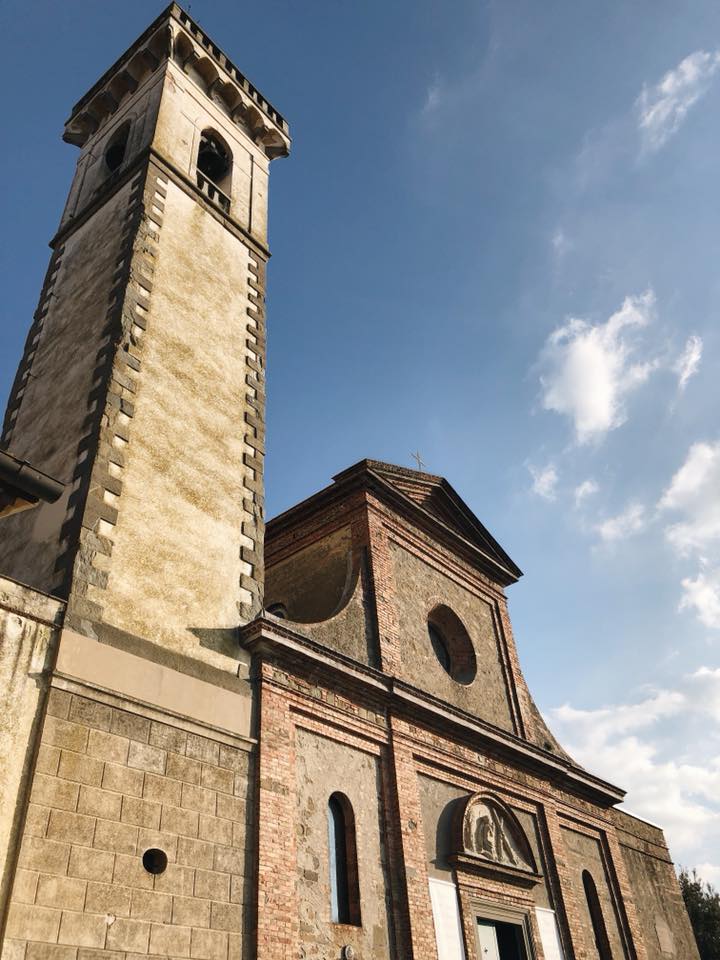
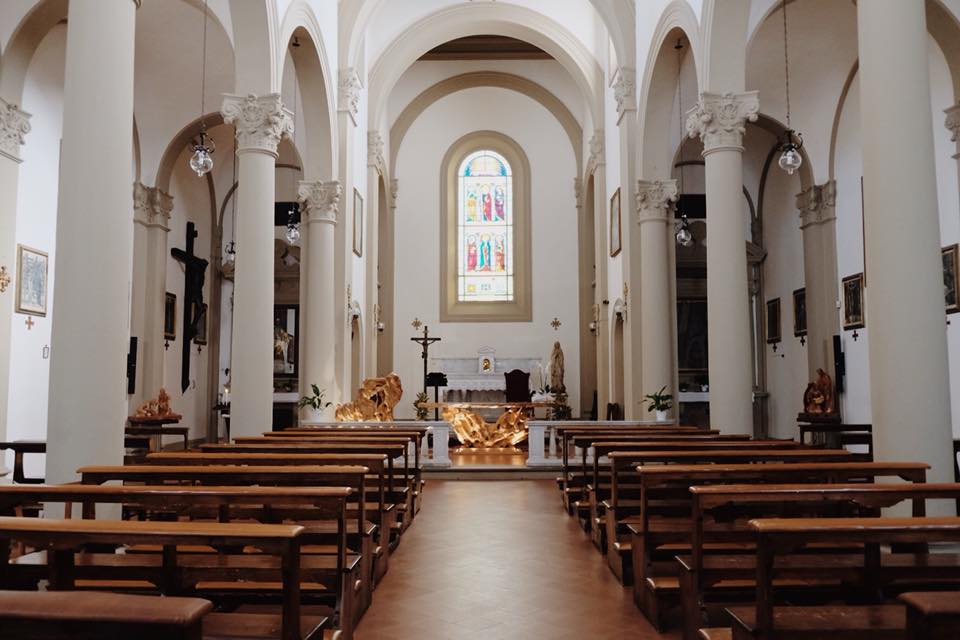
The Leonardo Museumis located at the Palazzina Uzielli and the Conti Guidi Castle. It hosts one of the most extensive and original collections devoted to Leonardo the scientist, the engineer, and the architect and more generally, to the History of Renaissance technics.
The exhibition route is well laid out and fascinating for all ages, presenting machines and models accompanied by specific references to the artist’s sketches and handwritten notes, which are also supplemented by digital animations and interactive applications.
You can explore what inspired Leonardo (for example he was fascinated by the hoists and cranes invented by Filippo Brunelleschi to build the cupola) and discover studies on flight and fluvial navigation (and the route of rivers) designs of war machines, experiments on optics and on textile machines. Leonardo’s wide interests are all documented in the museum, including a very fascinating section about Leonardo and Anatomy, focusing on his studies of the human body and even a special section on bicycles!
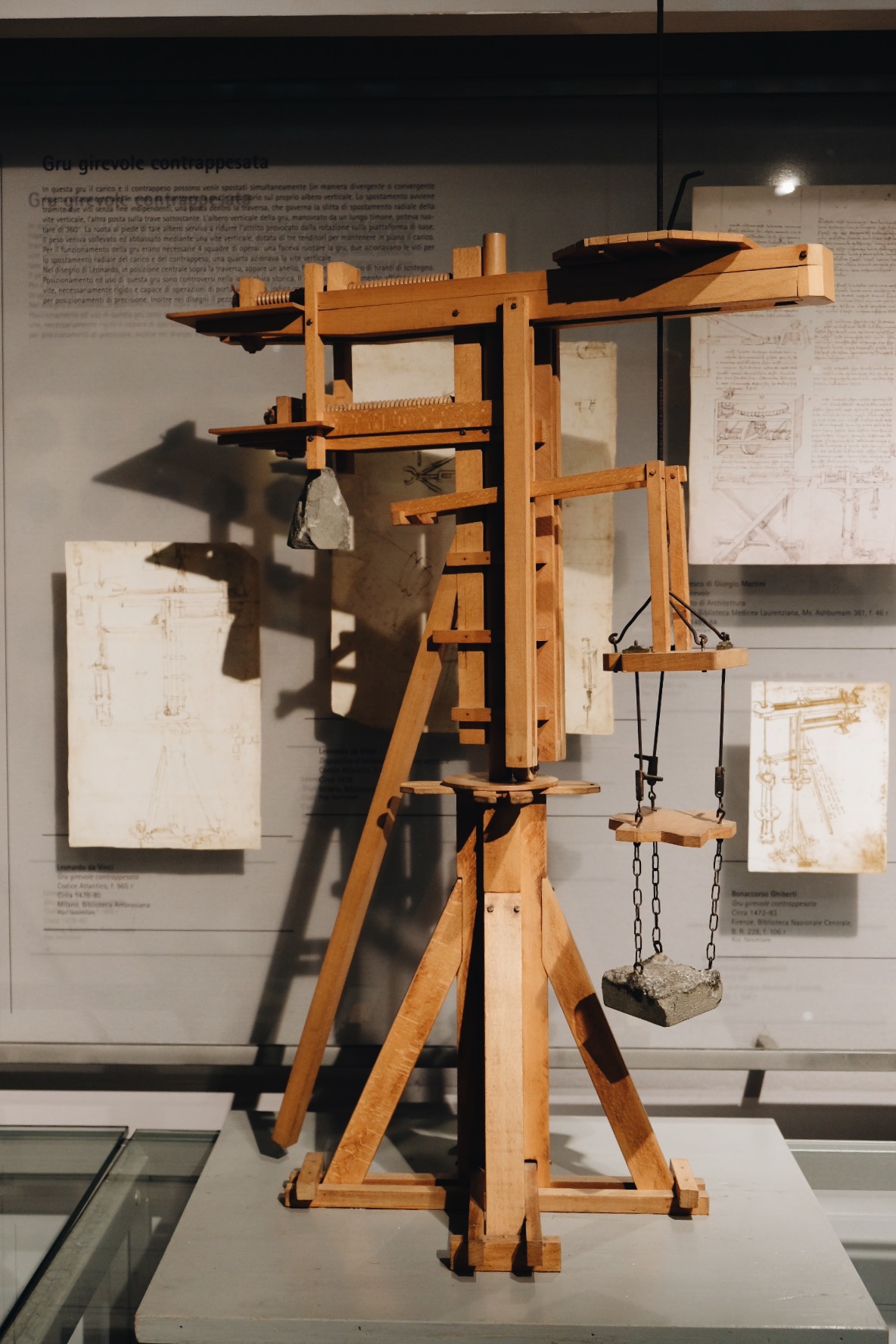
The terrace of the Guidi Count’s Castle (with over 100 steps – be warned) offers a breath-taking panorama of the Montalbano hills, a great inspiration for Leonardo throughout his entire life.
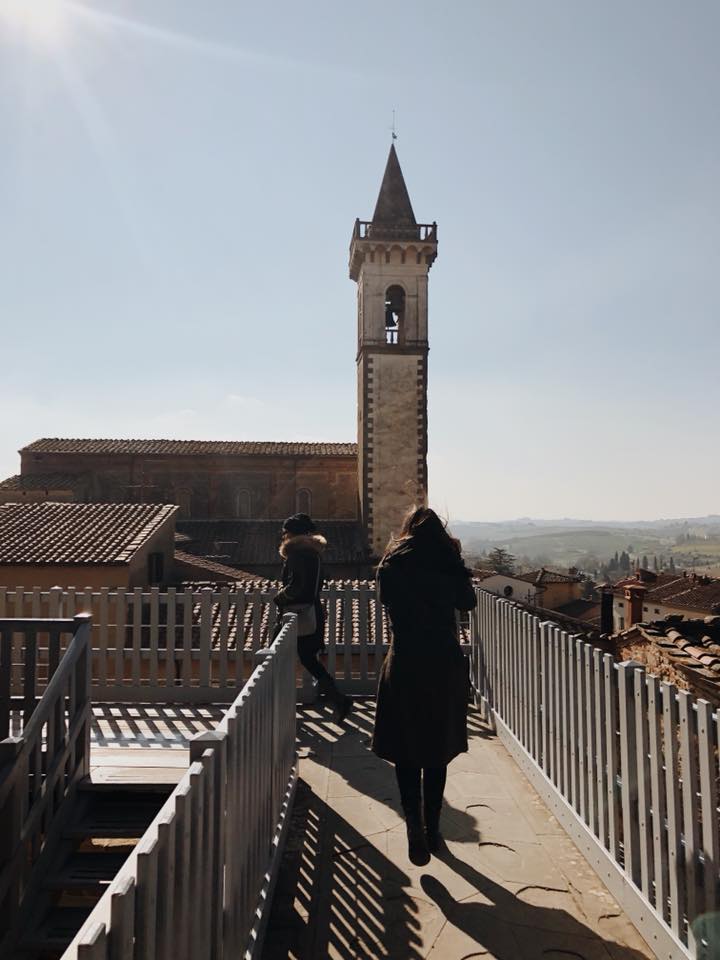
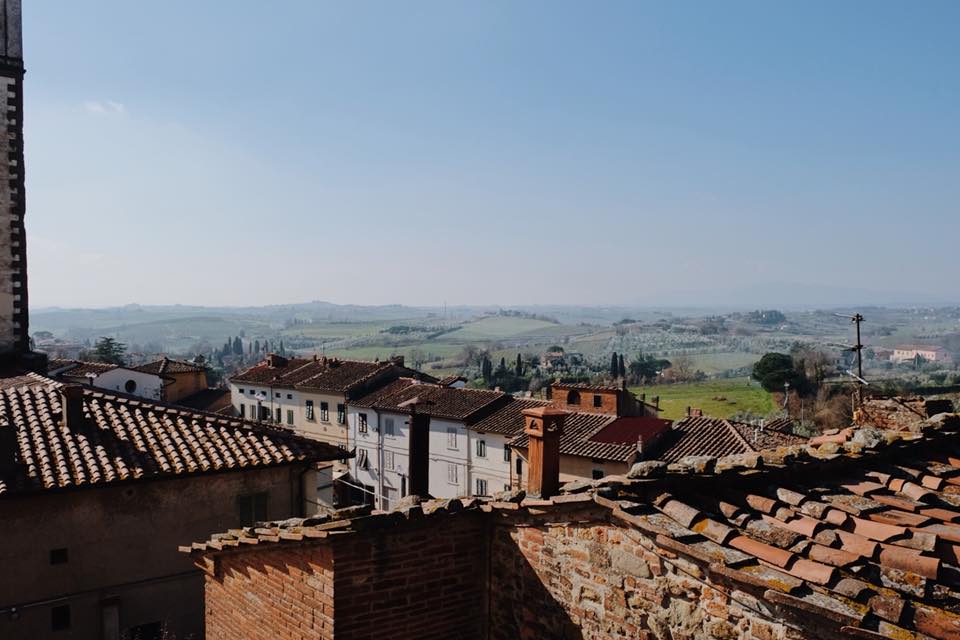
Contemporary Art in Vinci
You can’t miss DaVinci’s Man, a large wooden sculpture by Mario Ceroli behind the Conti Guidi Castle, this impressive work was inspired from the world-famous drawing held in the Venice Gallerie dell’Accademia, in which Leonardo gives a visual representation of the idea of proportion expressed by Marcus Vitruvius Pollio in his treatise de architectura.
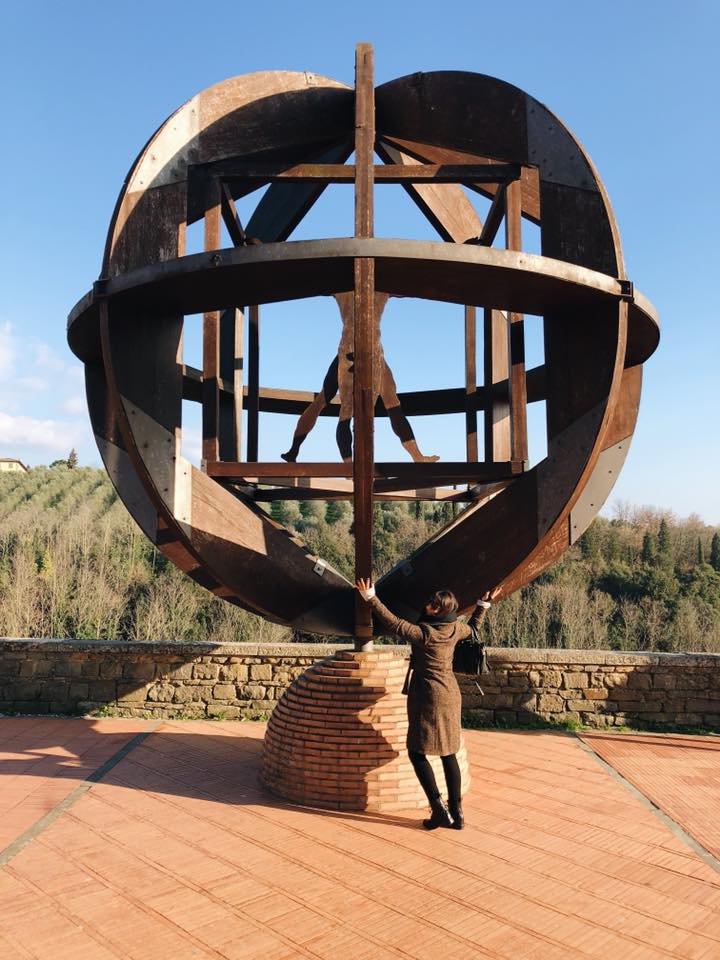
Another notable work is Leonardo’s “horse”, a bronze monument by the sculptress Nina Akamu located in Piazza della Libertà. It was inspired by Leonardo’s unfinished project for a colossal statue in honor of Francesco Sforza, something Leonardo worked on during his first period in Milan. It seems that this captured the heart of Charles Dent – a passionate admirer of the Italian Renaissance in 1977.
He was so captivated by the idea of bringing Leonardo’s unsuccessful experiment to fulfilment that he set up a special foundation in Pennsylvania solely for this purpose, the Leonardo da Vinci’s Horse Foundation. They then commissioned Akamu to bring the idea to reality and the finished sculpture was donated to the town in 2001.
Before going in the Palazzina Uzielli you probably will pass through the Piazza dei Guidi, a unique space created by the artist Mimmo Paladino who won a competition in 2003. Paladino’s work, with its eye-catching geometric and abstract shapes inspired by the polyhedron, symbol of the Renaissance, recalls Leonardo’s trust in geometry while giving shape offering an original and evocative contemporary urban space in the heart of Vinci’s historical center.
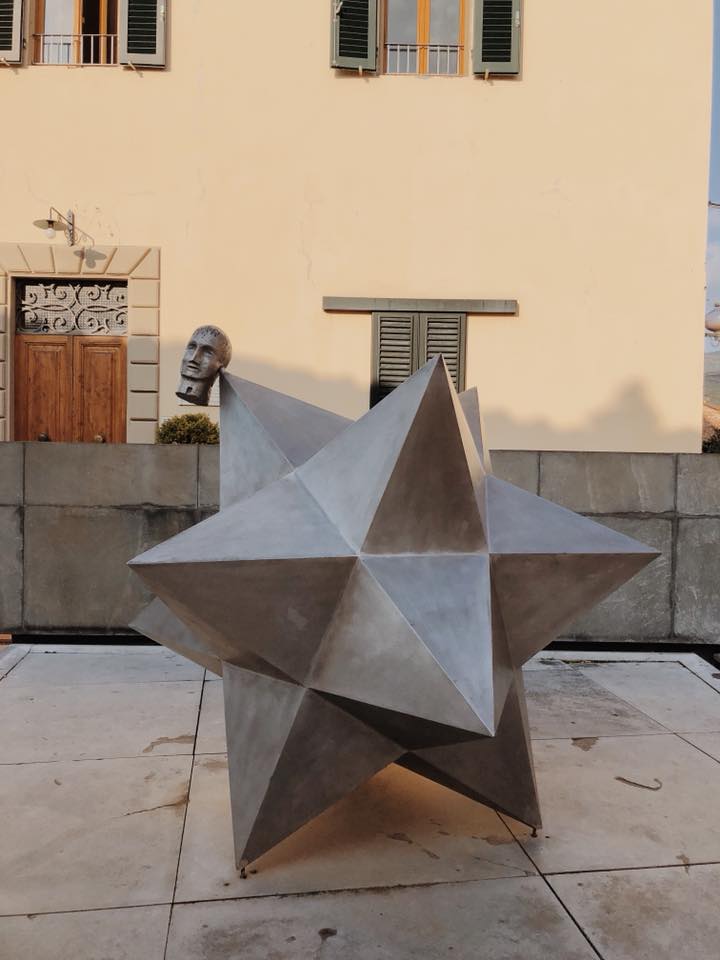
Leonardo’s Actual Birthplace
The home of Leonardo’s actual birth isn’t inside of Vinci itself but a bit further down the road in the quiet area of Anchiano. It is well worth making the trek along the strada verde as the small house-museum explains more about the history of his life complete with a life-size hologram of the man himself, a surprising addition in such an isolated and rural place and the chance to interactively “play” with some of his most famous works.
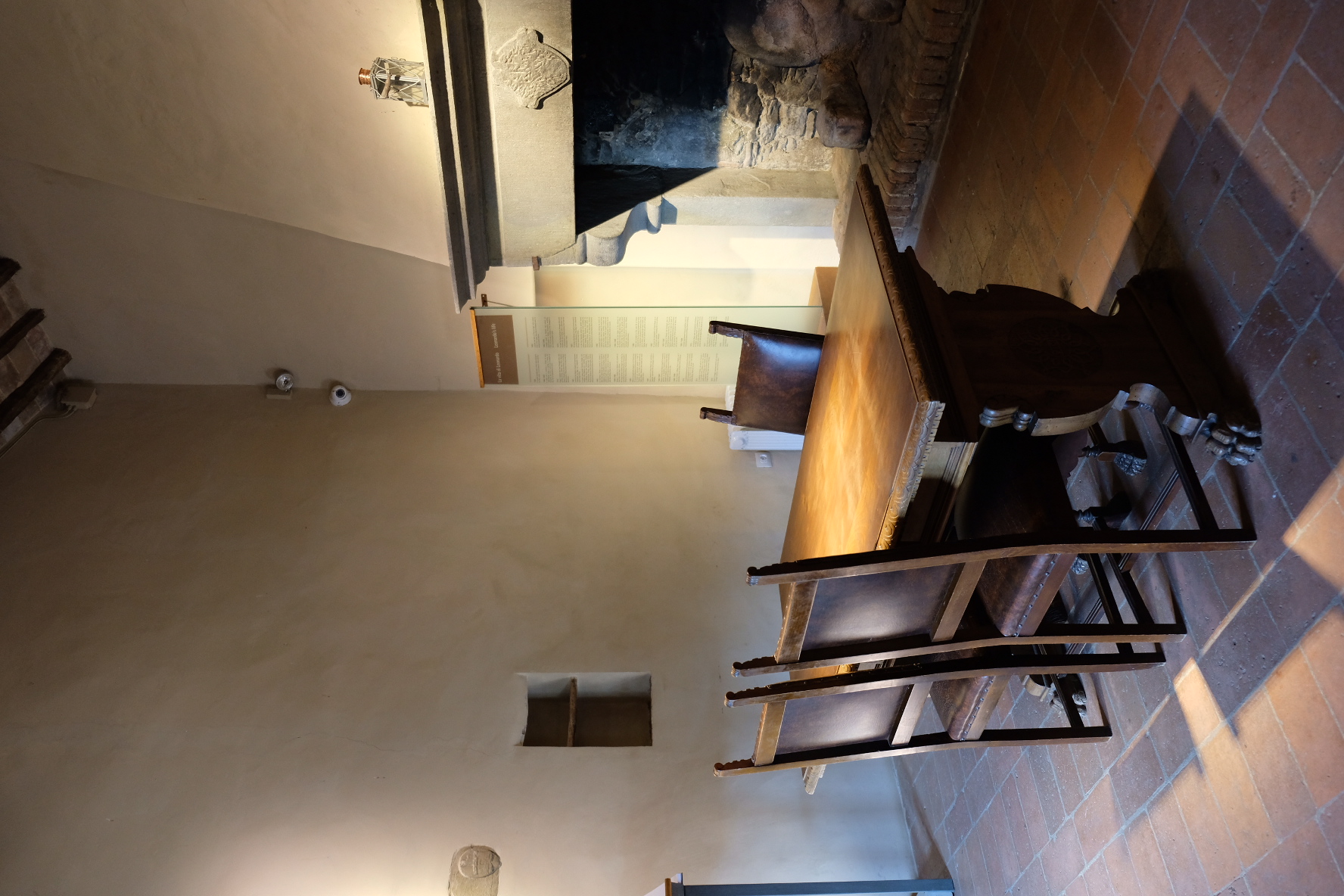
Check out this fascinating visit from 1952 when they first inaugurated the house museum to the public!
https://www.facebook.com/museo.leonardiano.vinci/videos/10151434278195666/
The Arno Valley, the Fucecchio Marshes, Vinci and the Montalbano hills are often depicted in Leonardo’s maps and in his famous landscape drawings. This house is also at the center of a network of paths crisscrossing the Montalbano valley, the ideal starting-point for walking excursions into the surrounding areas, naturally along a quest to find the places and the scenery which inspired the great genius.
Lunch at the local haunt “Da Pippo”
Naturally no day-trip or visit could possibly be complete without a delicious place for lunch. This area of Tuscany is well-known for its excellent olive oil and bold wines, specifically Chianti Montespertoli and Chianti Colli Fiorentini both of which you can find at my favorite lunch spot, “Da Pippo”, a rustic, no-frills Tuscan eatery located within the tiny, historical center.
Fancy it is not, but they do serve piping hot, salty schiacciata, a great pappardelle al cinghiale (wild boar pasta) and carne alla brace (mixed grilled meats) that will more than be sufficient for lunch with a side of people-watching.
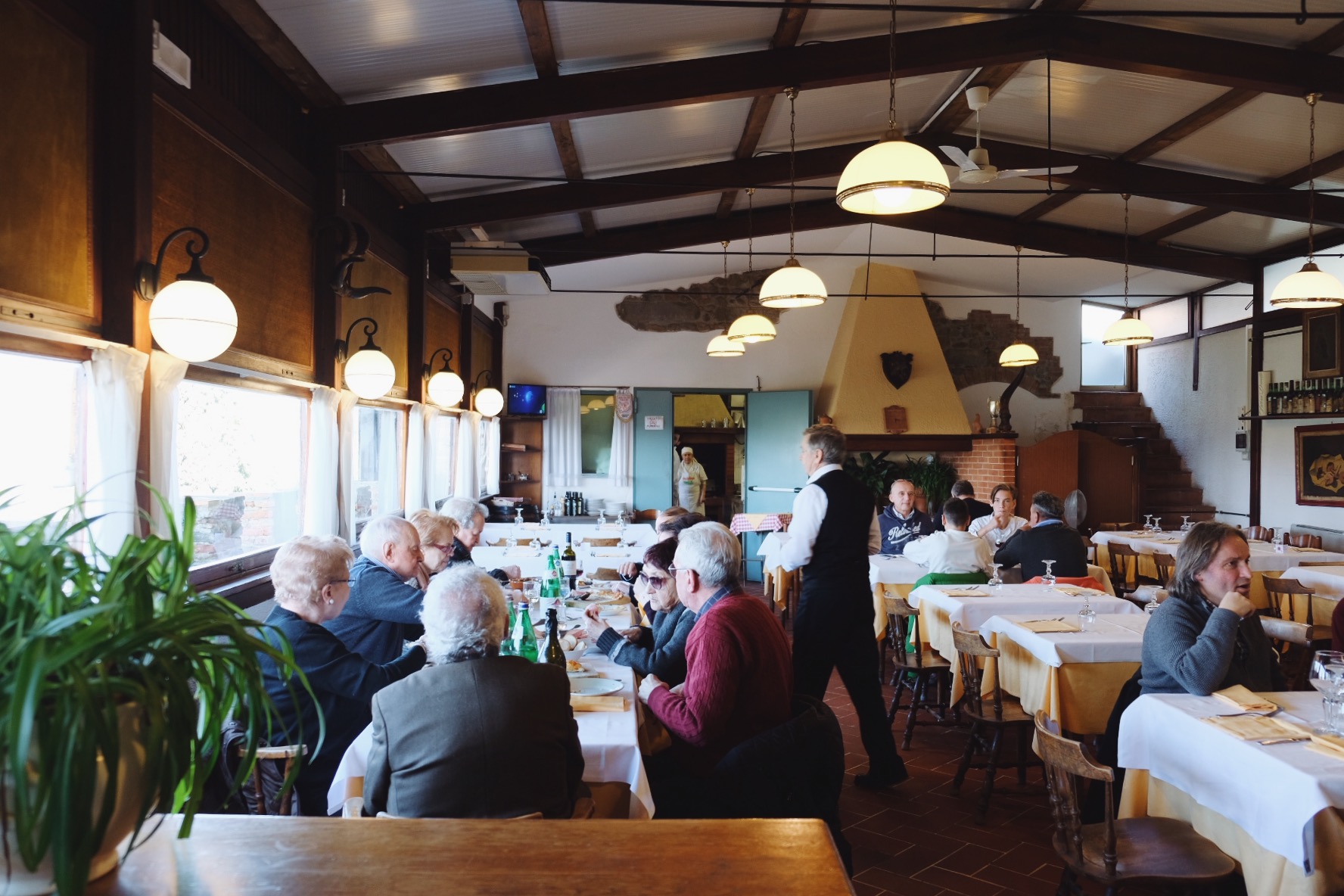
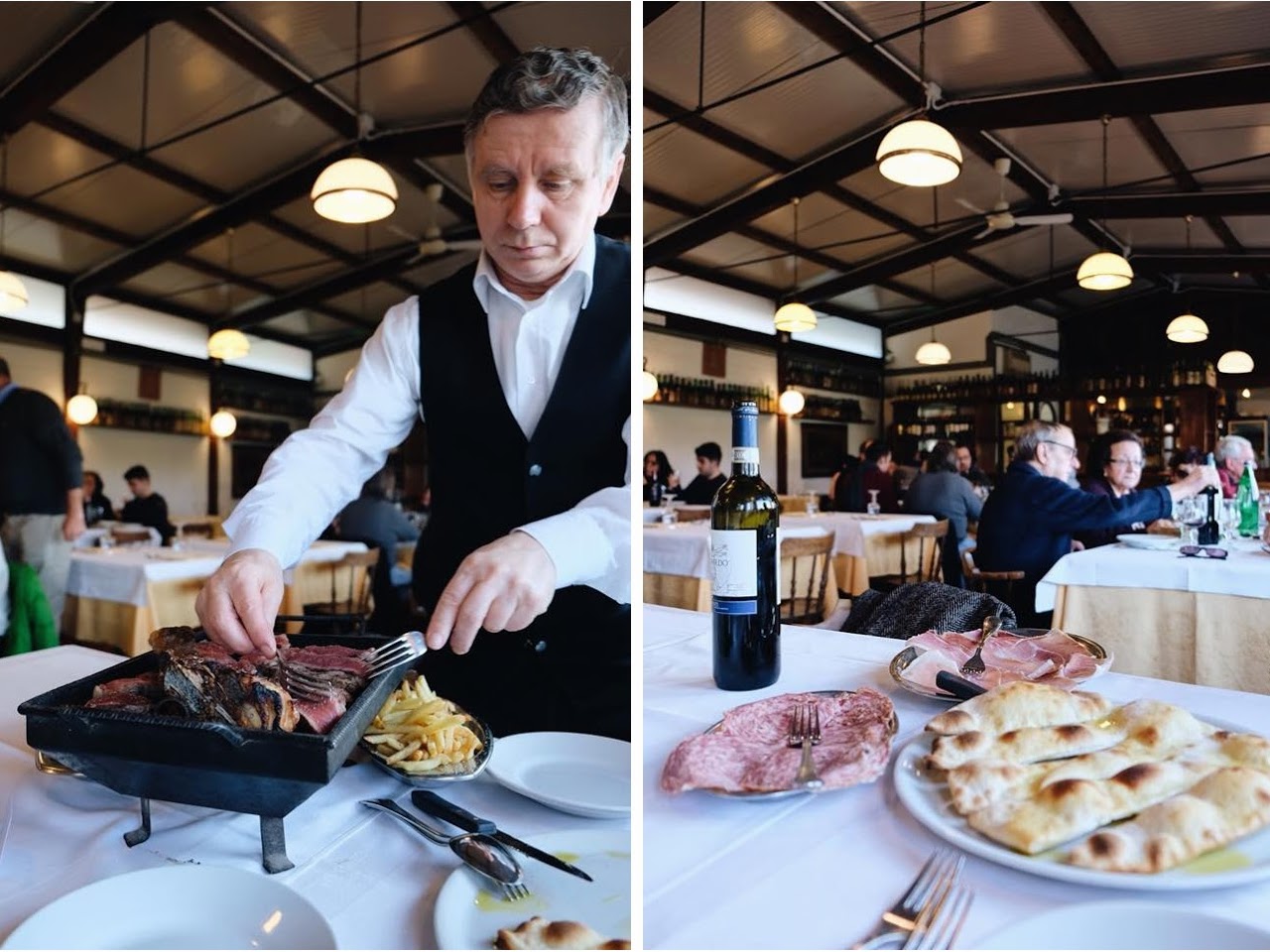

Quick Details – Before You Go
Where to visit
- Leonardo da Vinci museum.Quick tip-download the Museo Leonardino app which comes conveniently in 5 languages, inside you’ll find a historical guide to the museum’s collection together with places linked to Leonardo’s birthplace. The museum is open March-October 9:30am-7pm, November to February 9:30-6pm. Full Price € 11,00, Reduced: € 8,00 this is a combined ticket that includes entry to Leonardo’s birthplace house. For families, they offer special workshops every second Sunday of the month, you can check out the full list of activities for this Fall here.
- Church of Santa Croce(of the Holy Cross) is where Leonardo was baptized in the marble font to the right of the entrance.
- Leonardo’s birthplace house in Anchiano can be reached both by car and by bus, but it is also linked to the town of Vinci via the Green Route, a historic path about 3 km long which is totally feasible to do on foot. Opening times: March – October: 10a.m. – 7 p.m.November-February: 10 a.m. – 5 p.m.
- Ufficio Turistico di Vinci | Official Tourism Office
via Montalbano, 1 50059 – Vinci (FI)
tel +39 0571 933285 , ufficioturistico@comune.vinci.fi.it
, NOVEMBER-MARCH
from Monday to Friday, 10.00 to 15.00
Saturday, Sunday and festive days, 11.00 to 16.00
When to visit / Special Events (more info here)
- On the occasion of the 500th anniversary of the death of Leonardo, there will be an exhibition inside the Castle of the Conti Guidi, showcasing the drawings of Leonardo “Landscapes” from April 15 to May 26, 2019. Other documents relating to the birth of Leonardo along with minor original works will be on display until October 15, 2019.
- On April 6th there will be a reading of Vinciana and on April 28th the celebrations for Leonardo’s birthday will kick off by the Proloco.
- On May 17th, the “Mille Miglia”, the most famous vintage car race in Italy, will stop in Vinci. Other events in neighboring towns will relate to themes dear to Leonardo such as the landscapes of the area and the Arno.
- July 31st| The Volo di Cecco Santi is a special event that takes place at the end of every July. Cecco Santi was a captain of the army of Vinci, but fell in love with a girl of neighbor and rival Cerreto Guidi, and because of love he betrayed his city. He was condemned to be thrown from the tower of Conti Guidi by the inhabitants of Vinci with the condition that if he survived, he would be pardoned. Cecco Santi as a last wish asked for a glass of Vinci’s notable wine, and thanks to the vino, a miracle did happen and Cecco was saved and the countryside of the area obtained abundant crops. So, every year the event is commemorated as a sign of good luck by launching a brave person from the top of the tower tied to a safety rope.
- Also in the end of July is an annual Unicorn festival. No, I’m not kidding. Lovers of fantasy figures, unicorns, comics or otherwise gather together here for celebrations, magic battles, elvish weddings… read here for more.
- On Sunday, October 21st there will be a festival dedicated to chestnuts in Piazza della Liberta from 10-7pm. Expect stands of local delicacies, a market and activities for kids. More local events in Vinci can be found here.
- Don’t miss the exhibit “Leonardo e Pittura” (Leonardo and painting), which was inaugurated this summer in the historic residence of Villa il Ferrale, halfway between Vinci and Anchiano. The exhibition presents high-resolution reproductions of Leonardo’s paintings, giving the visitor the extraordinary impression of being face to face with his masterpieces.
Where to Eat
- il Ristorante Da Pippo, Via della Torre, 19, 50059 Vinci FI is the perfect place for a rustic-Tuscan lunch in a truly local ambiance. Get the steak served on a grill that is set on your table and a bottle of local red.
How to Get There
Vinci is an hour from Florence by car (Firenze-Pisa-Livorno) and there is no direct train or bus from Florence to Vinci, so you will have to take a regional train which stops in Empoli. From here, take a bus which heads to Vinci, ask at the bus station for bus schedules.
SaveSave
SaveSave
SaveSave
SaveSave

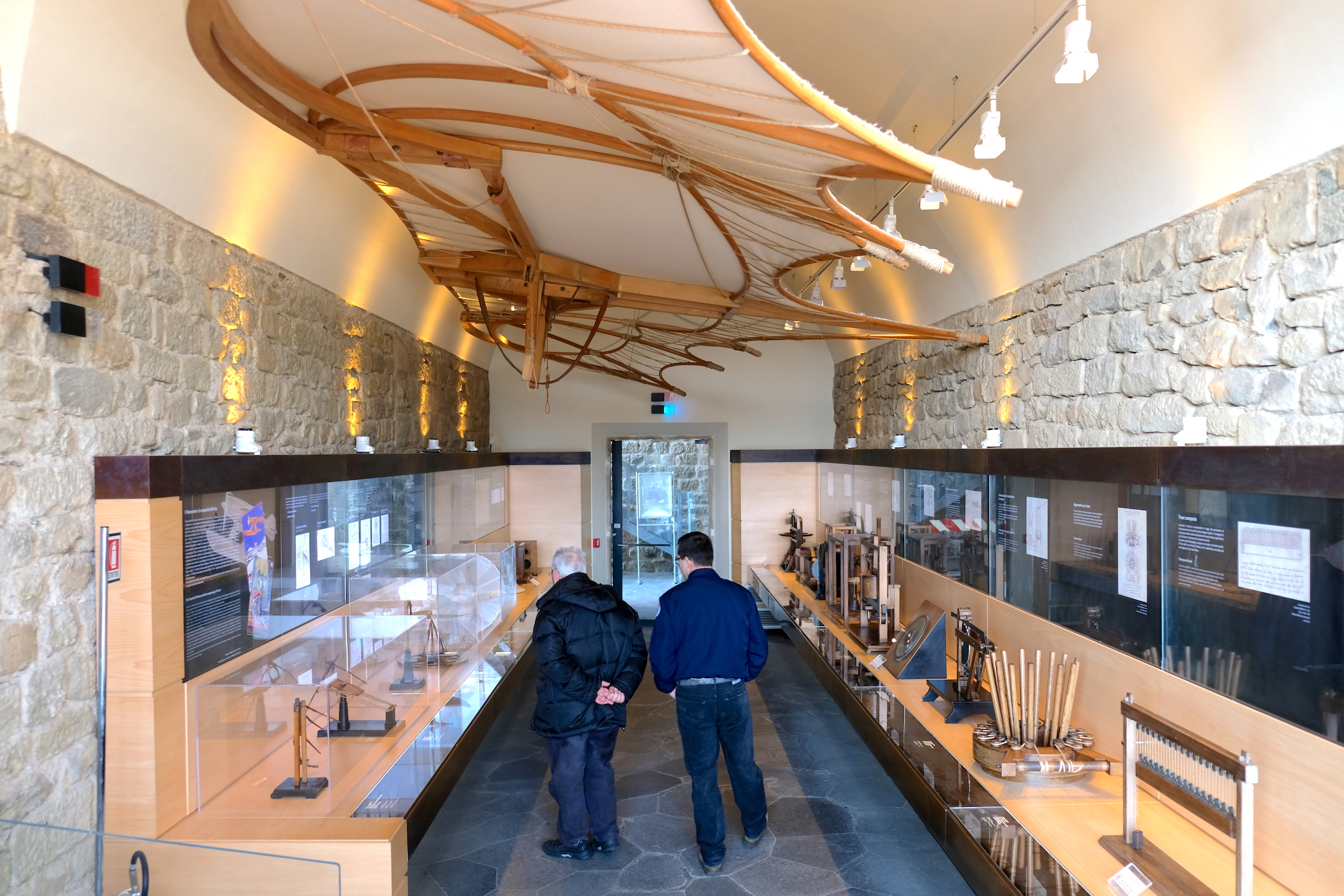
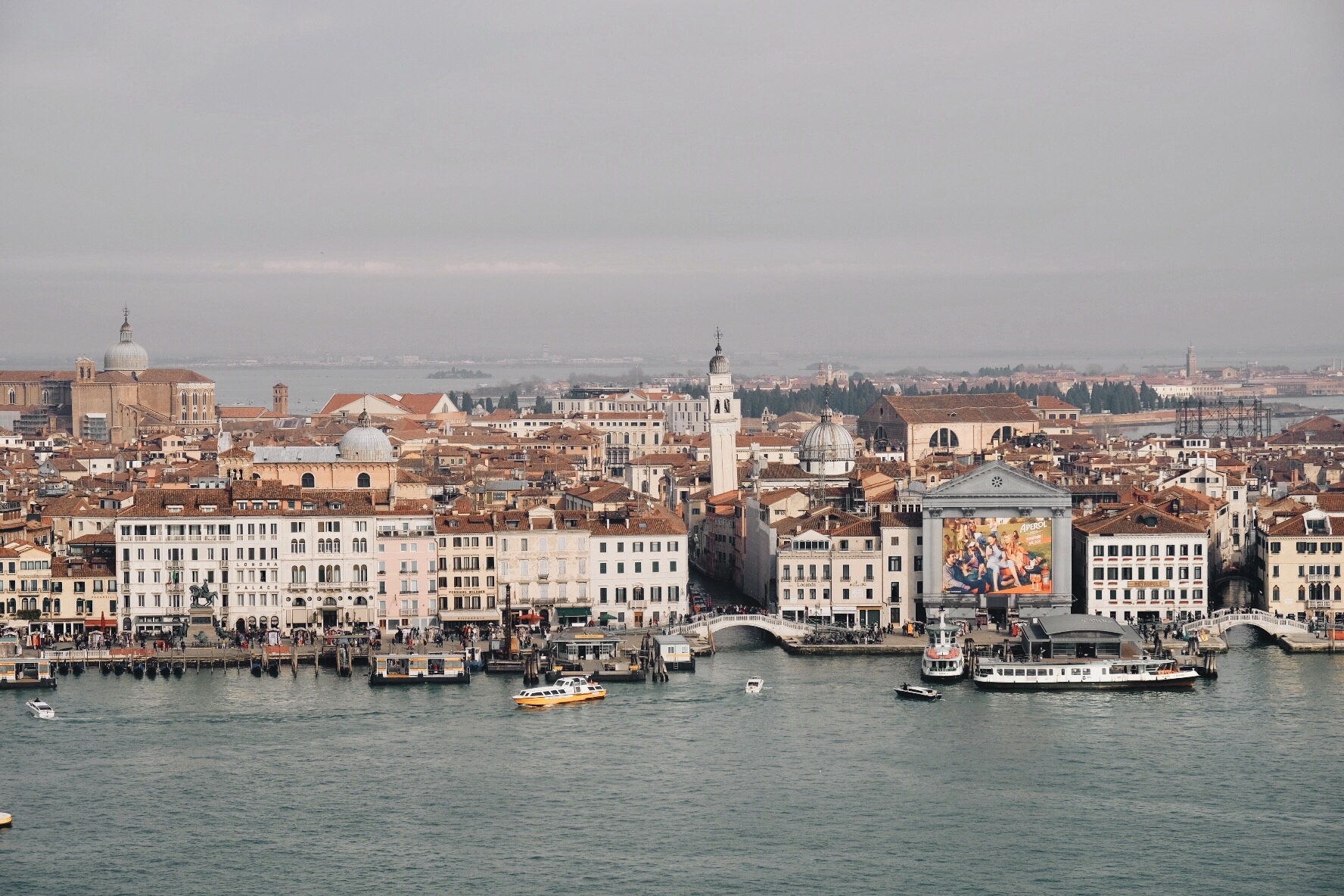
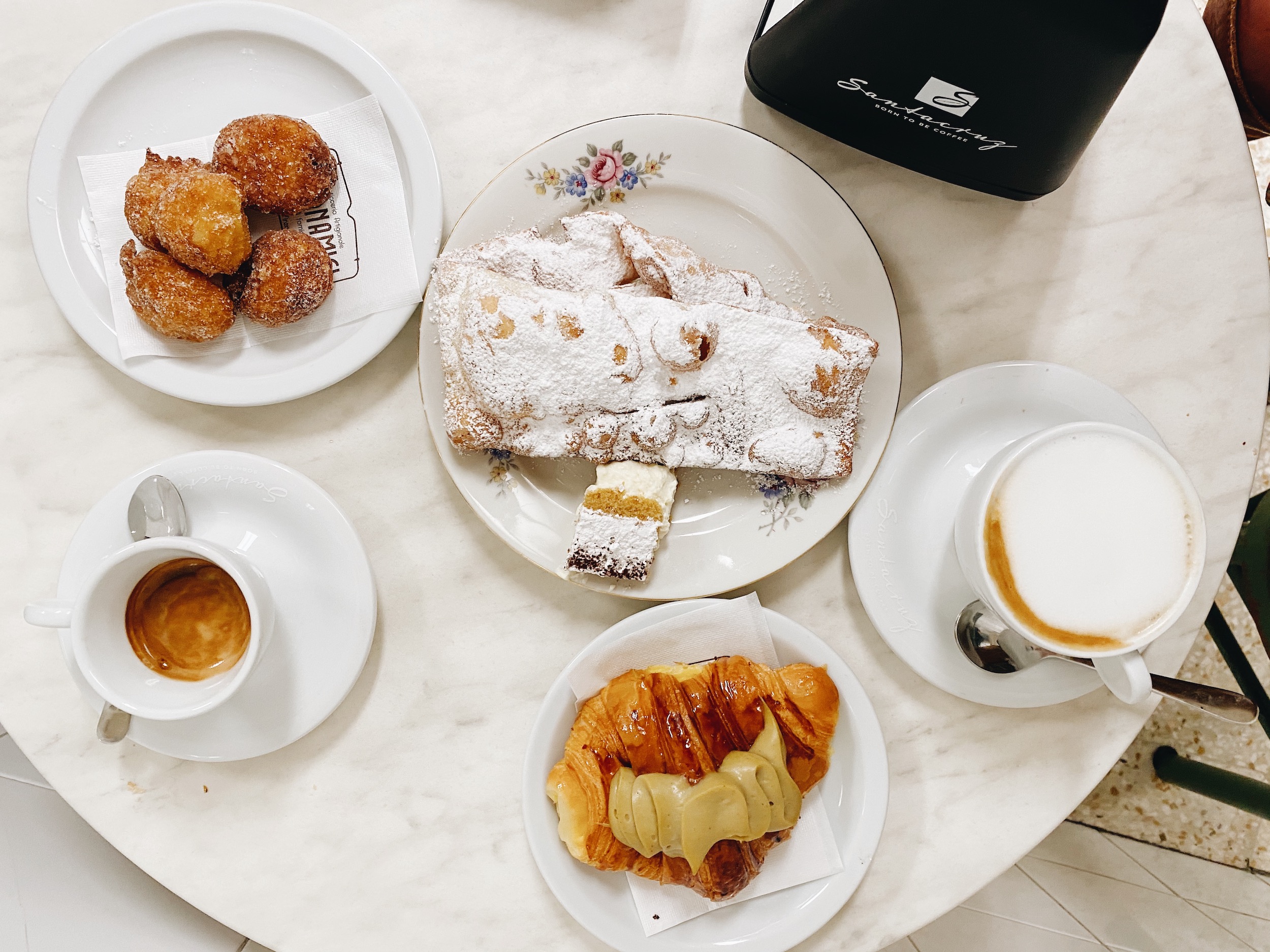
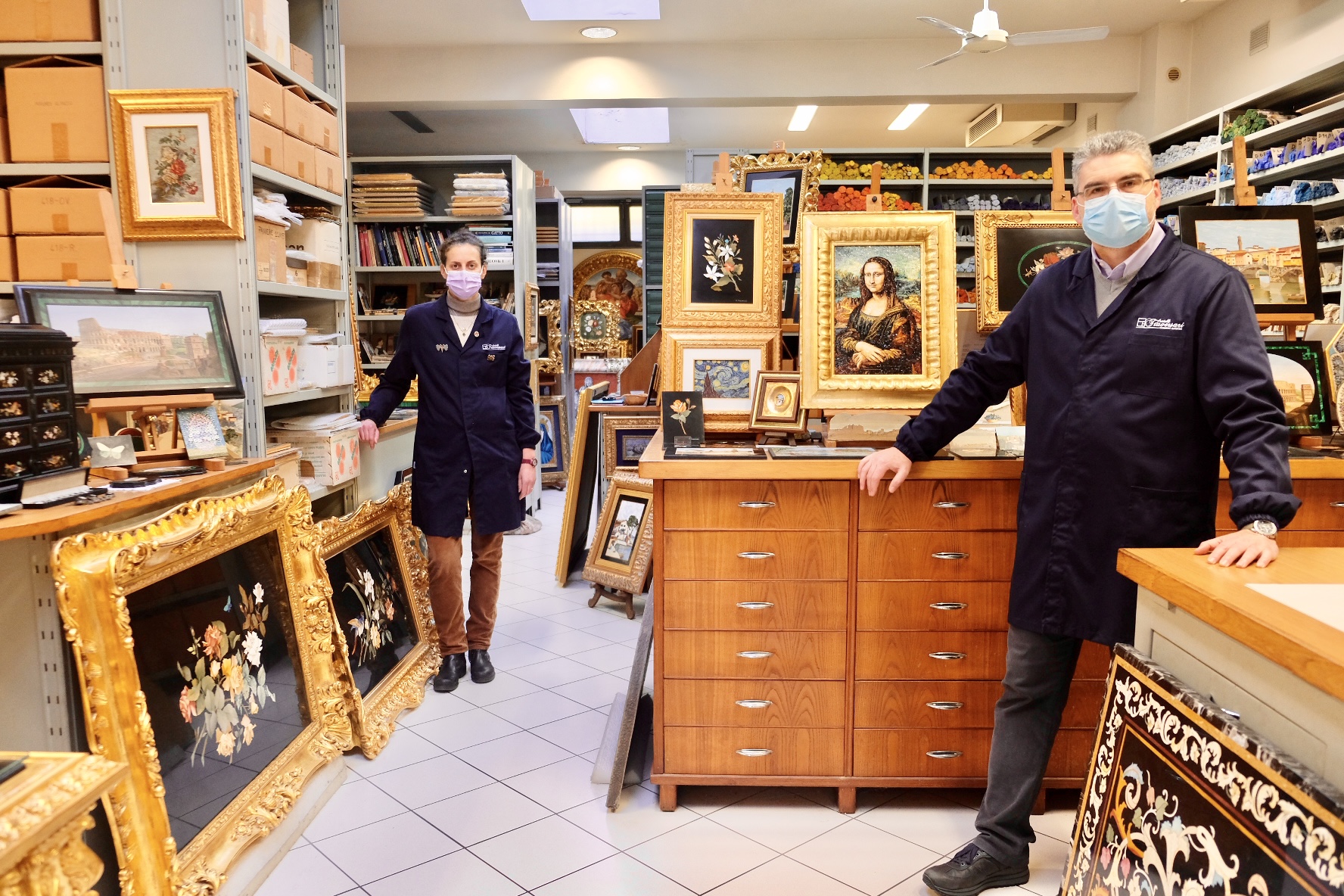
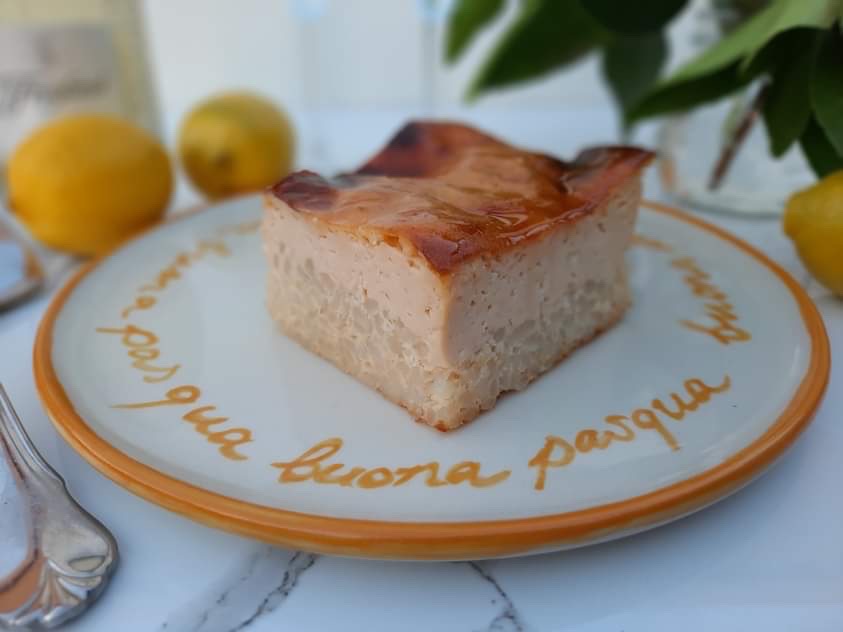
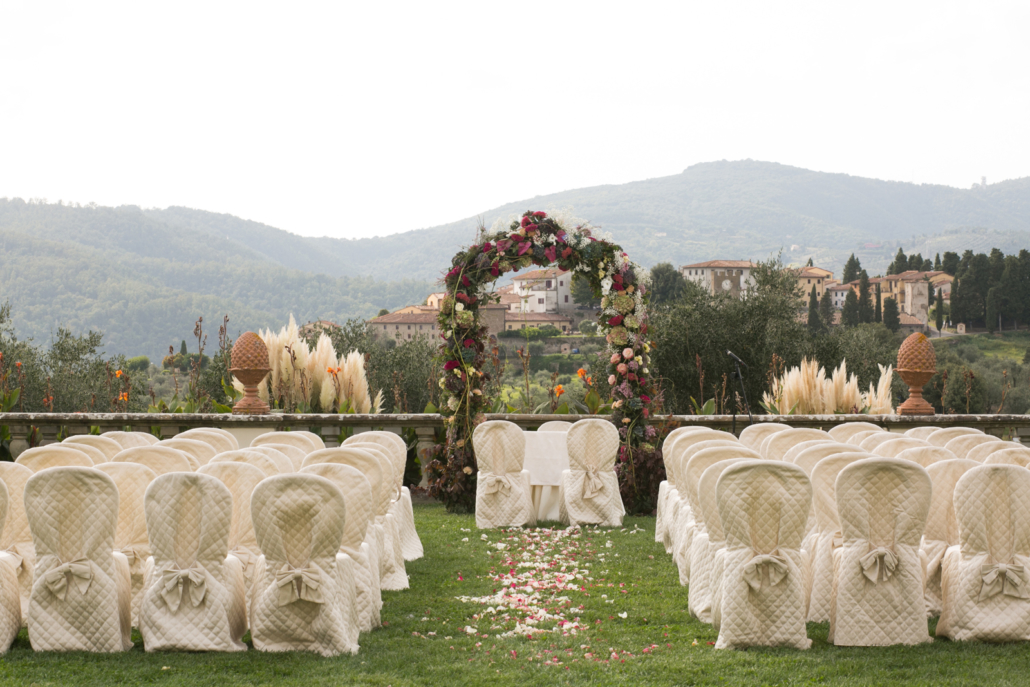
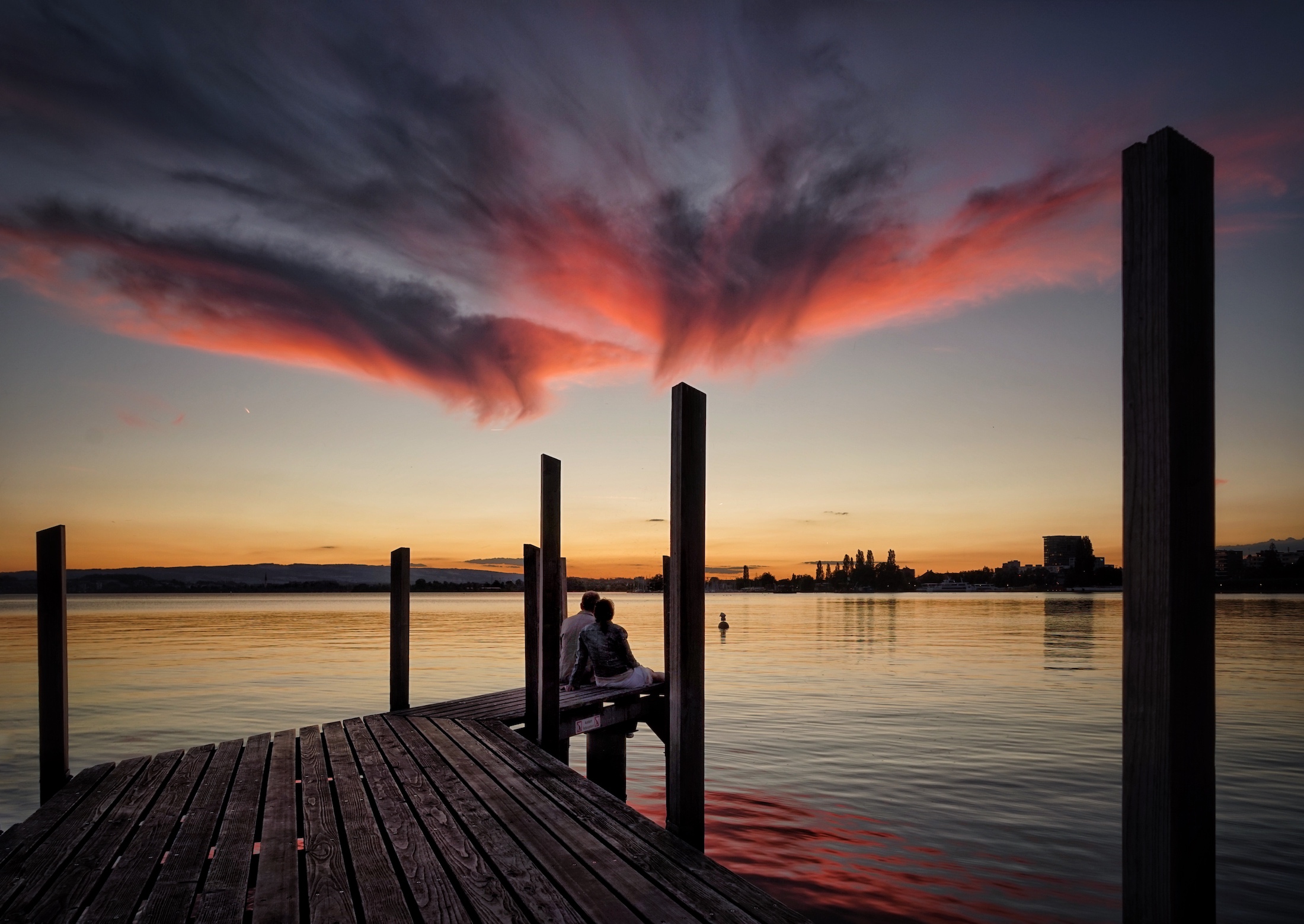
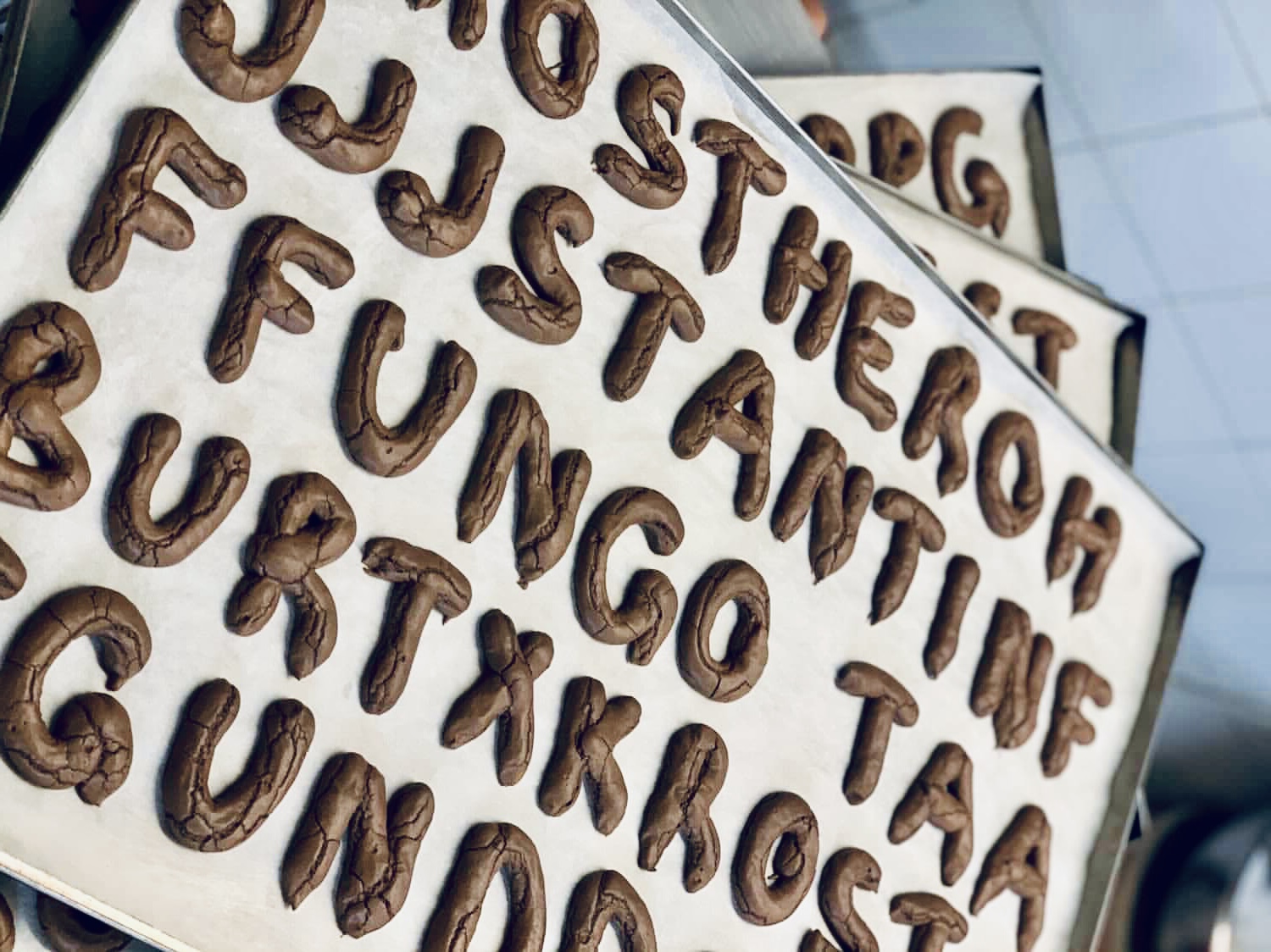
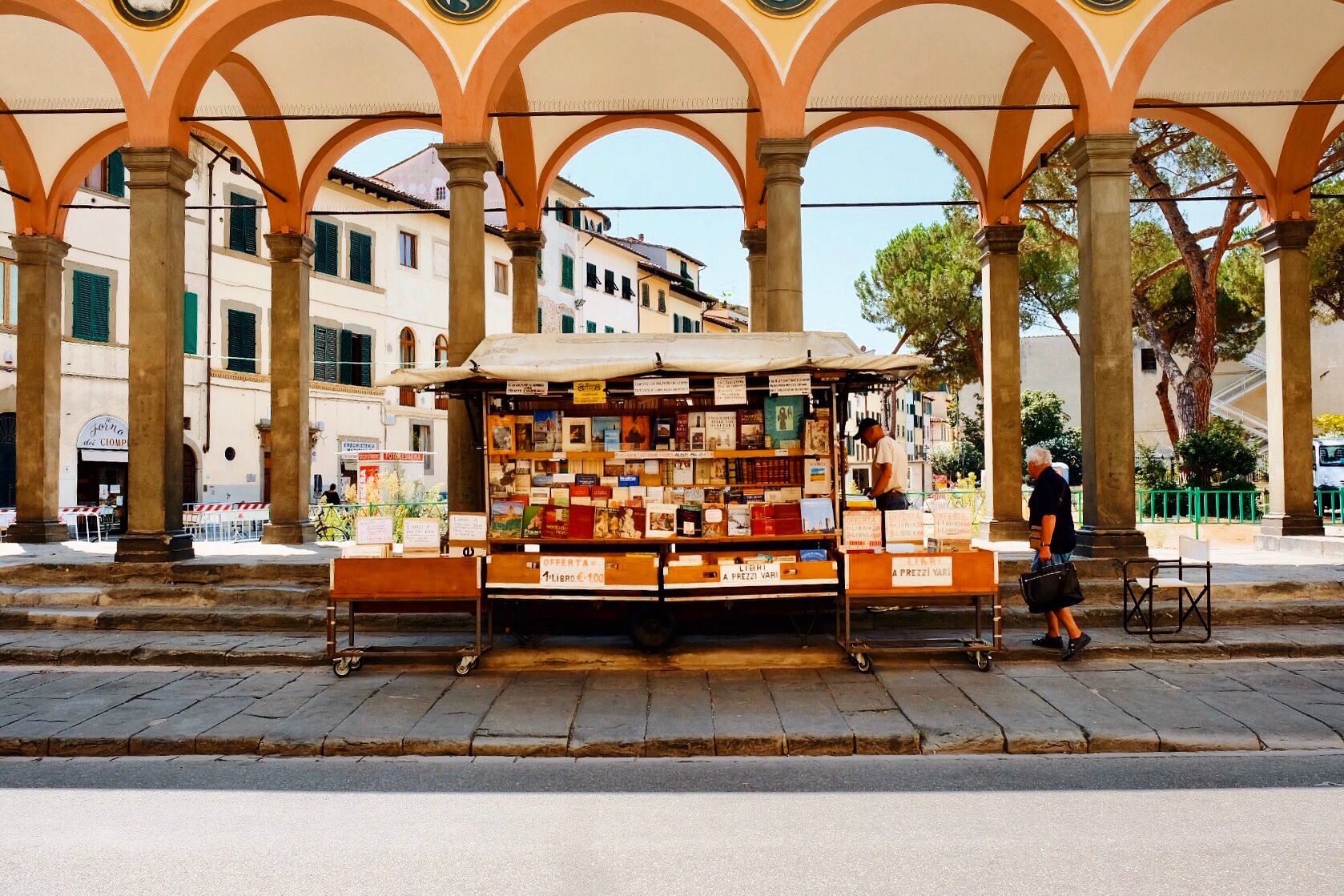
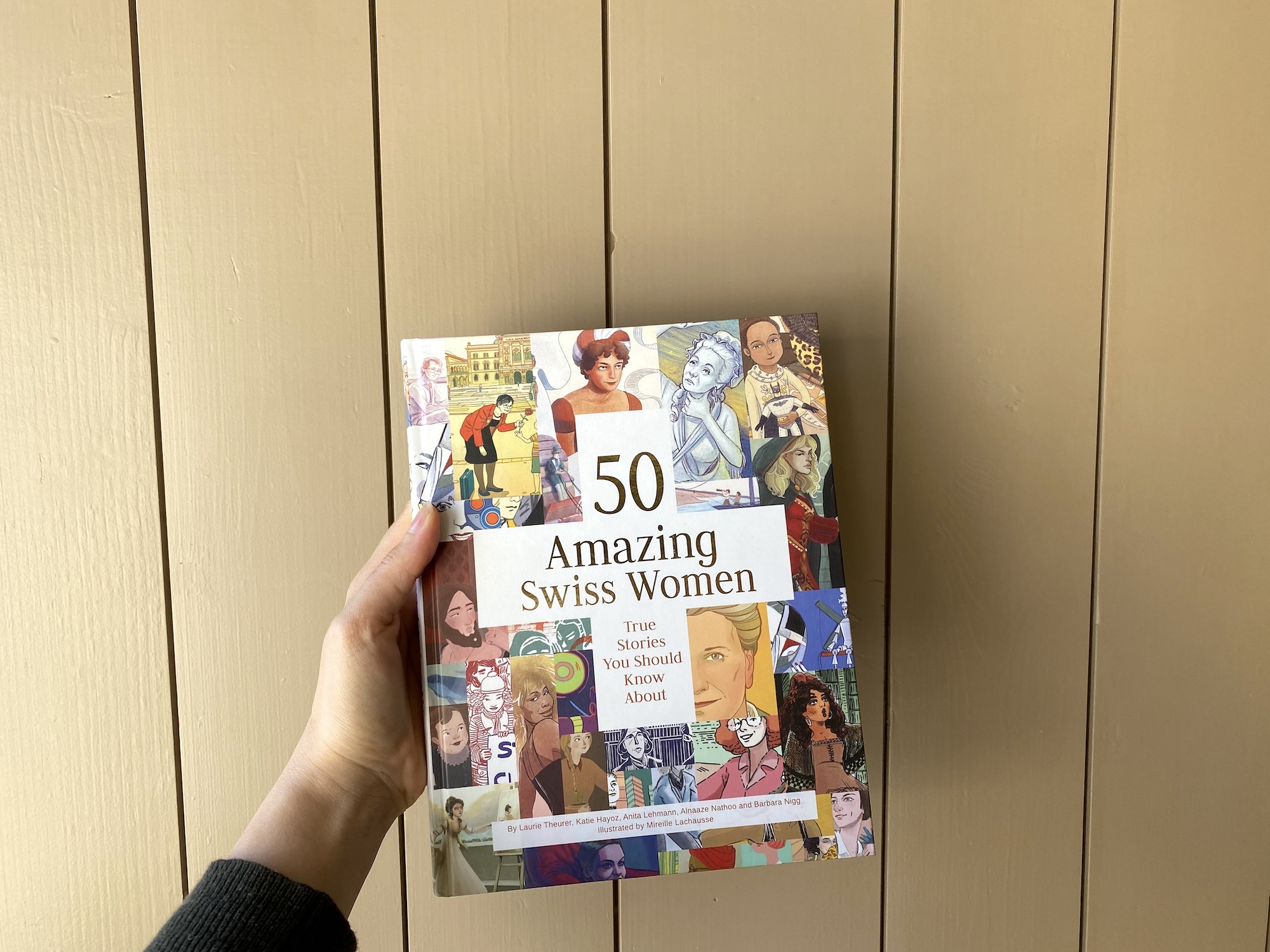

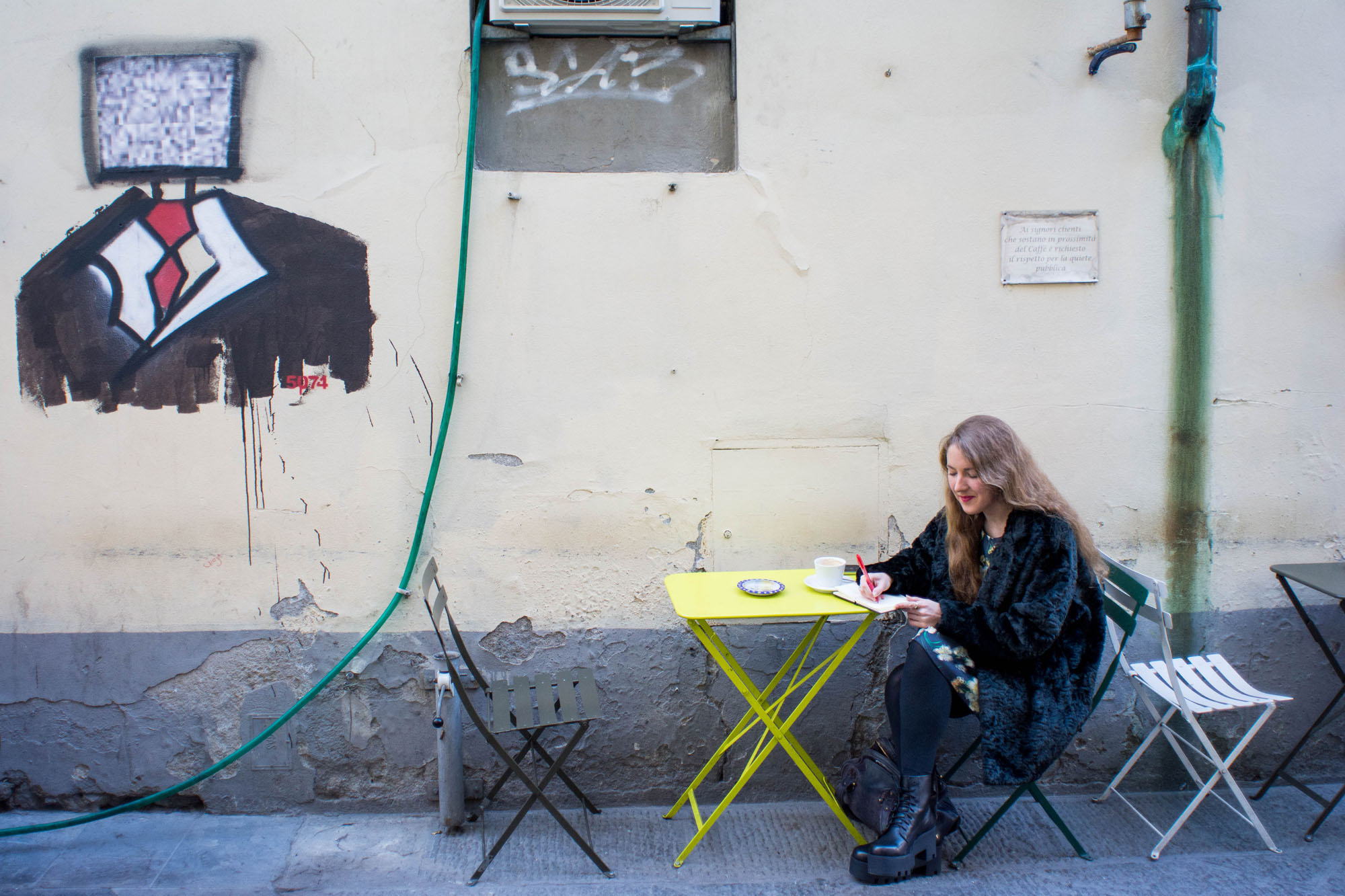
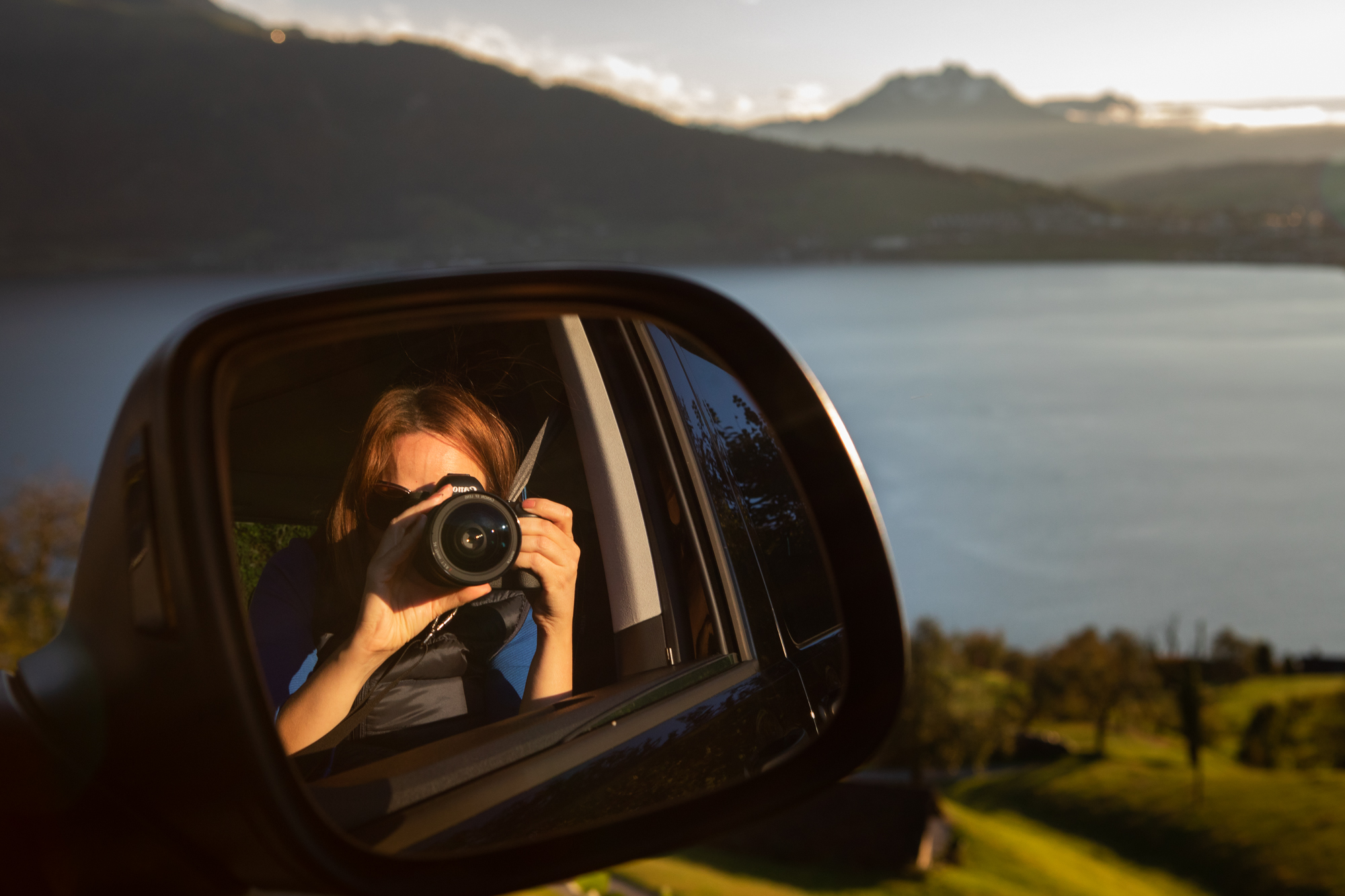
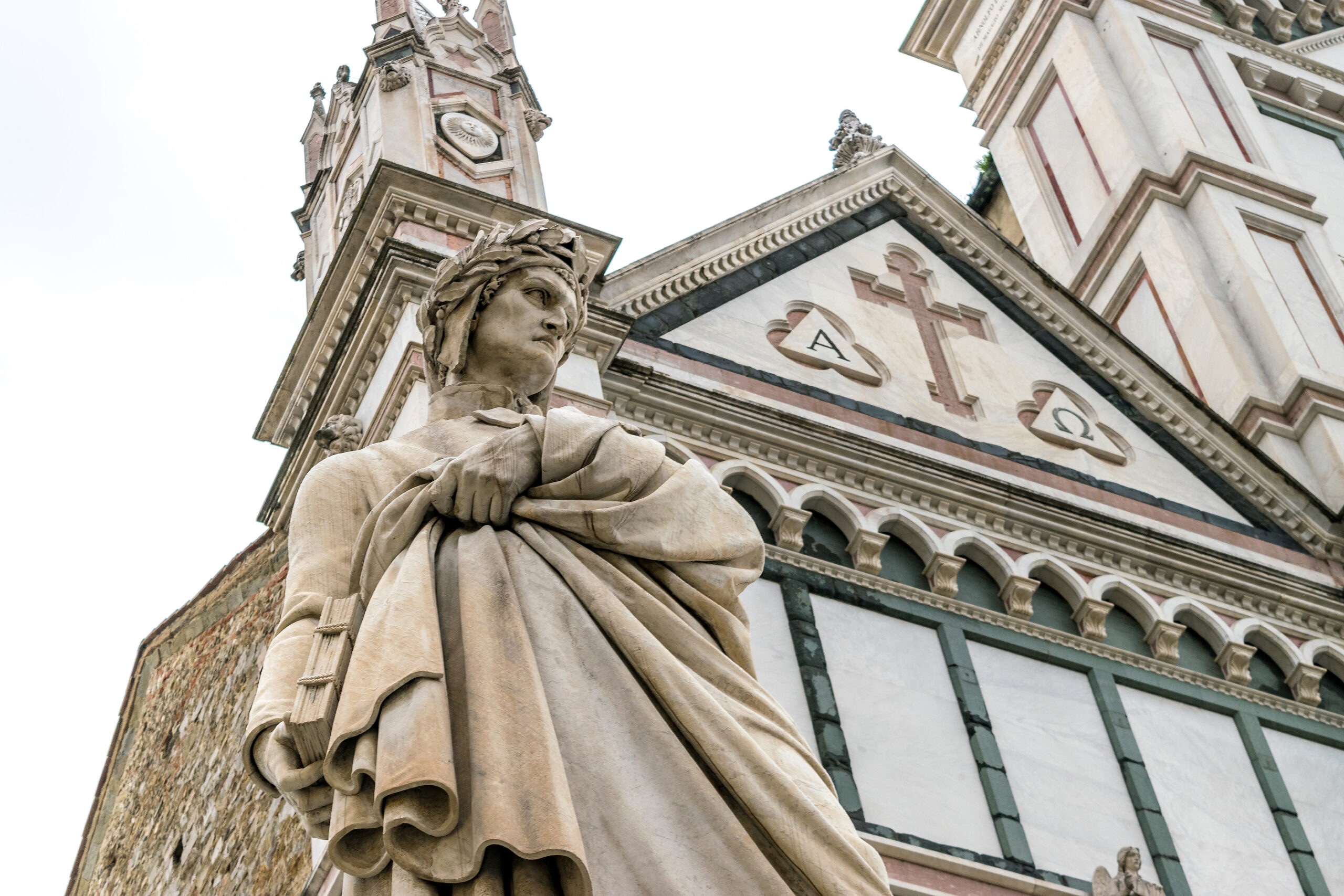
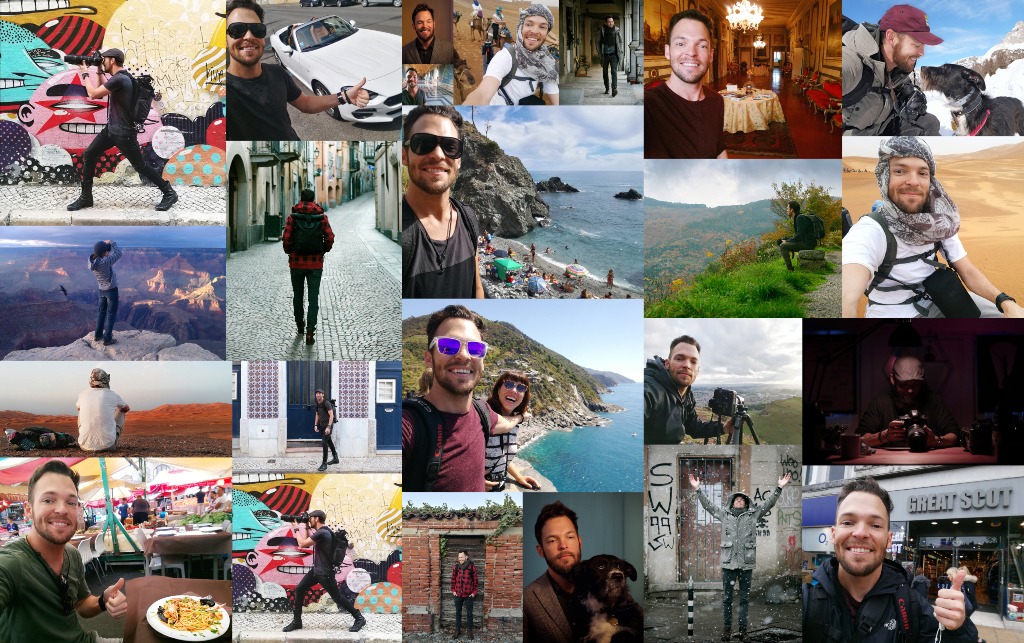
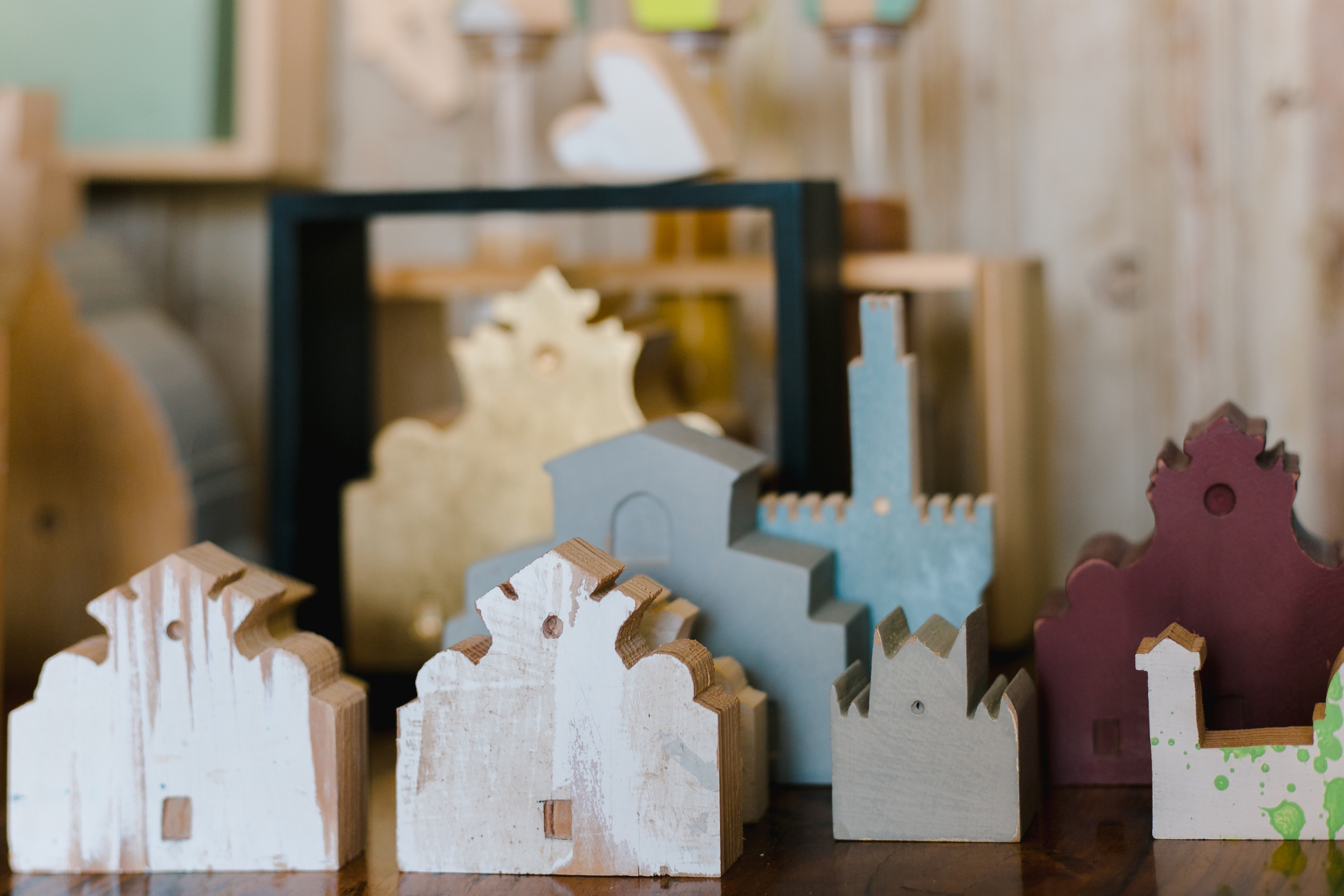
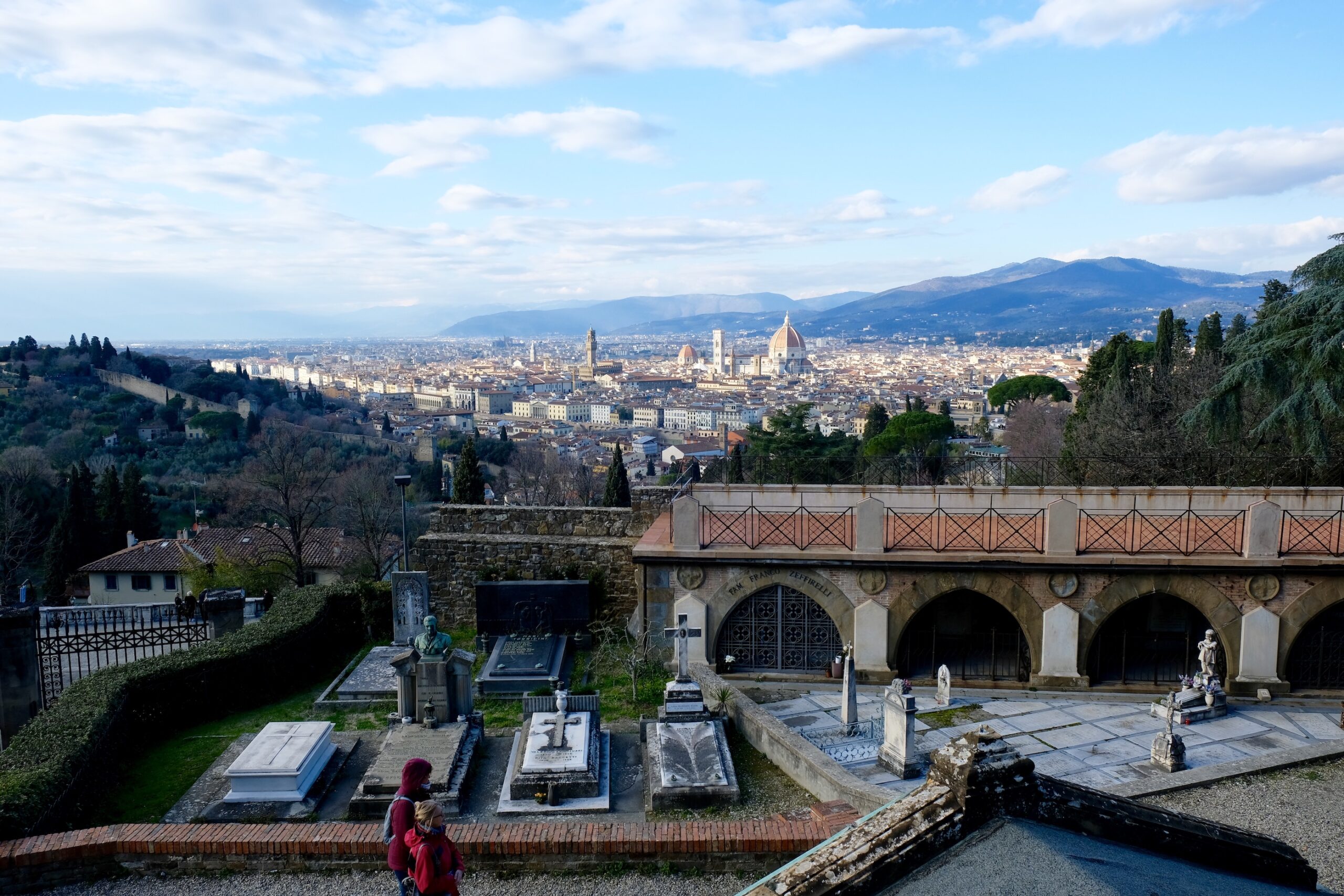
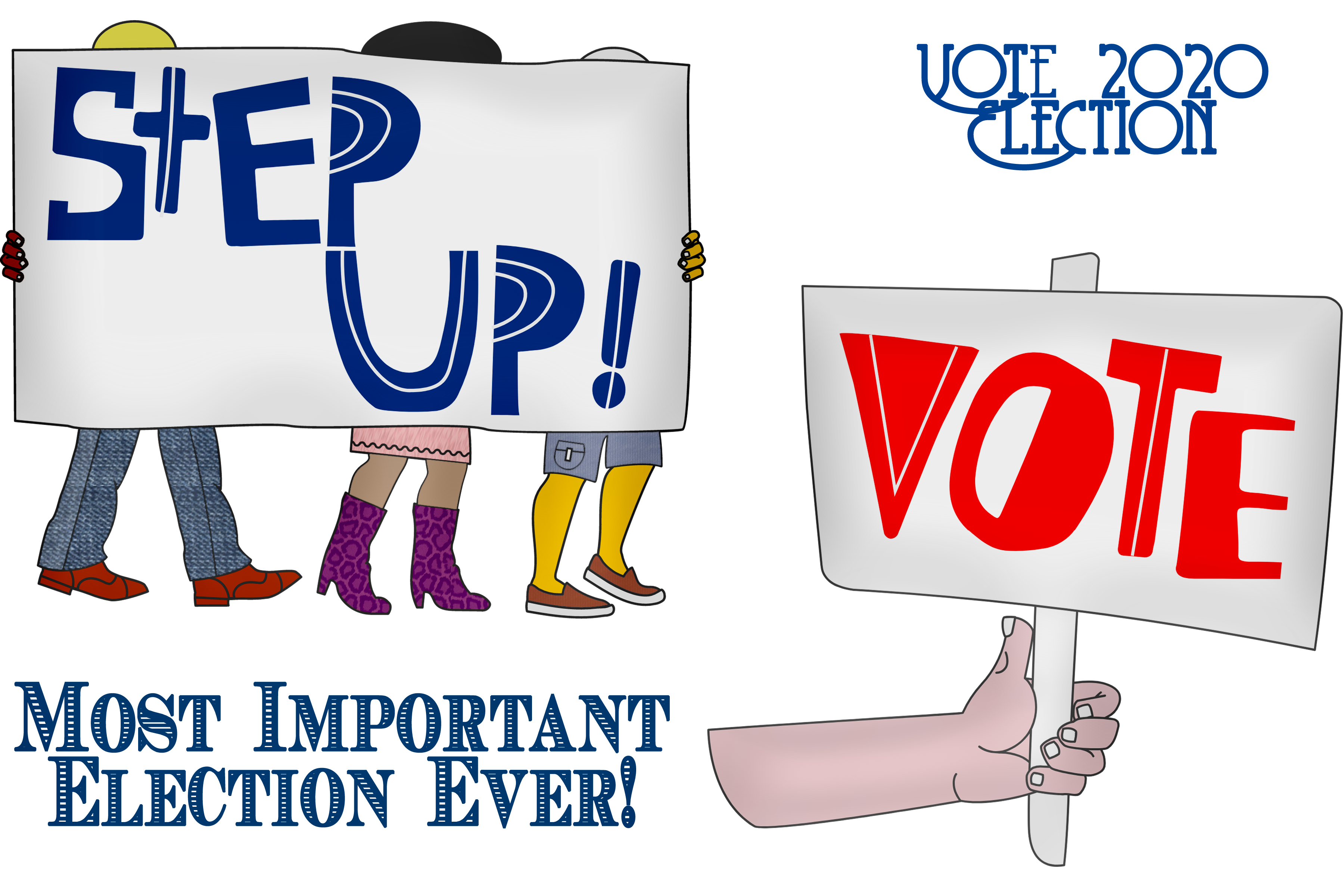
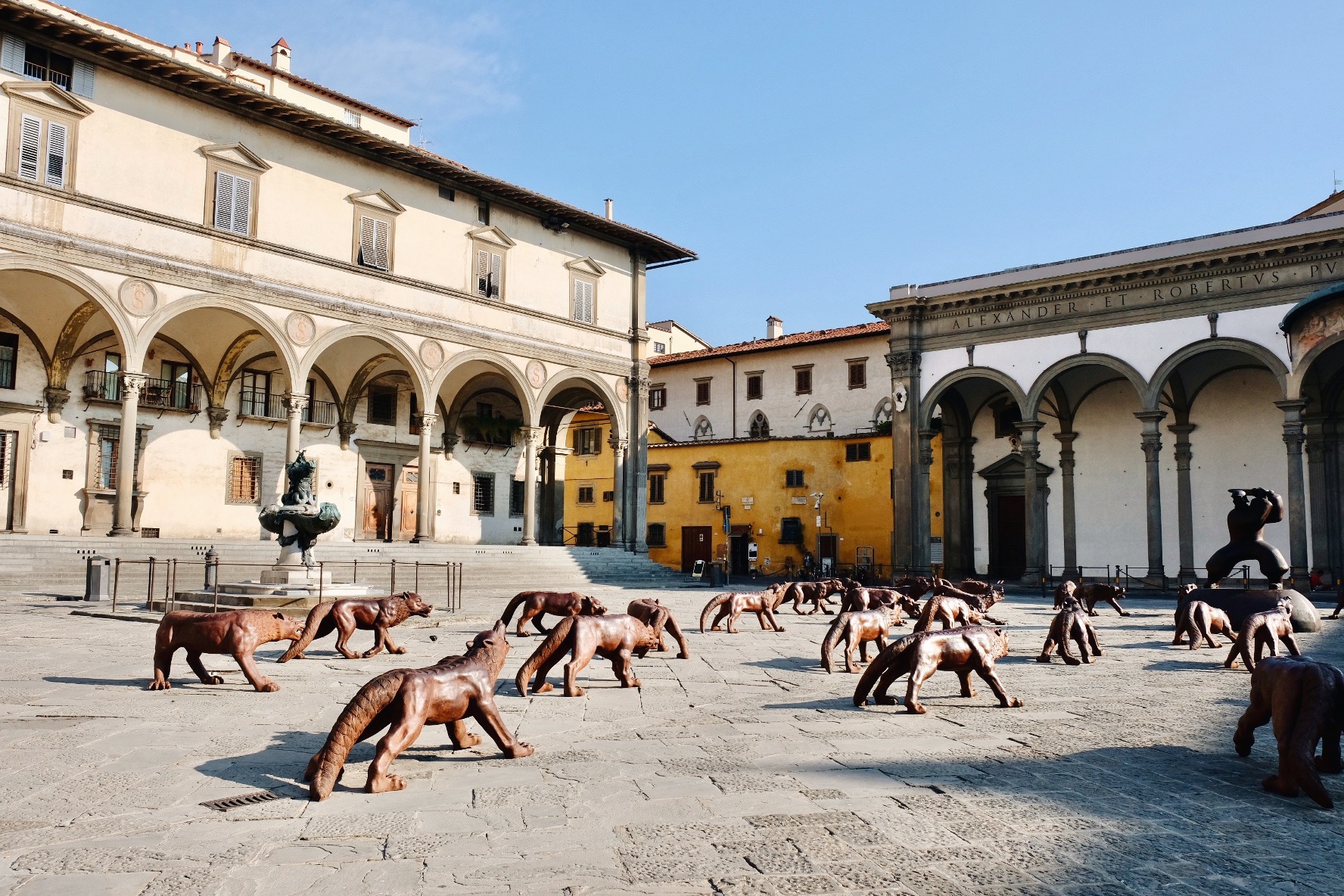
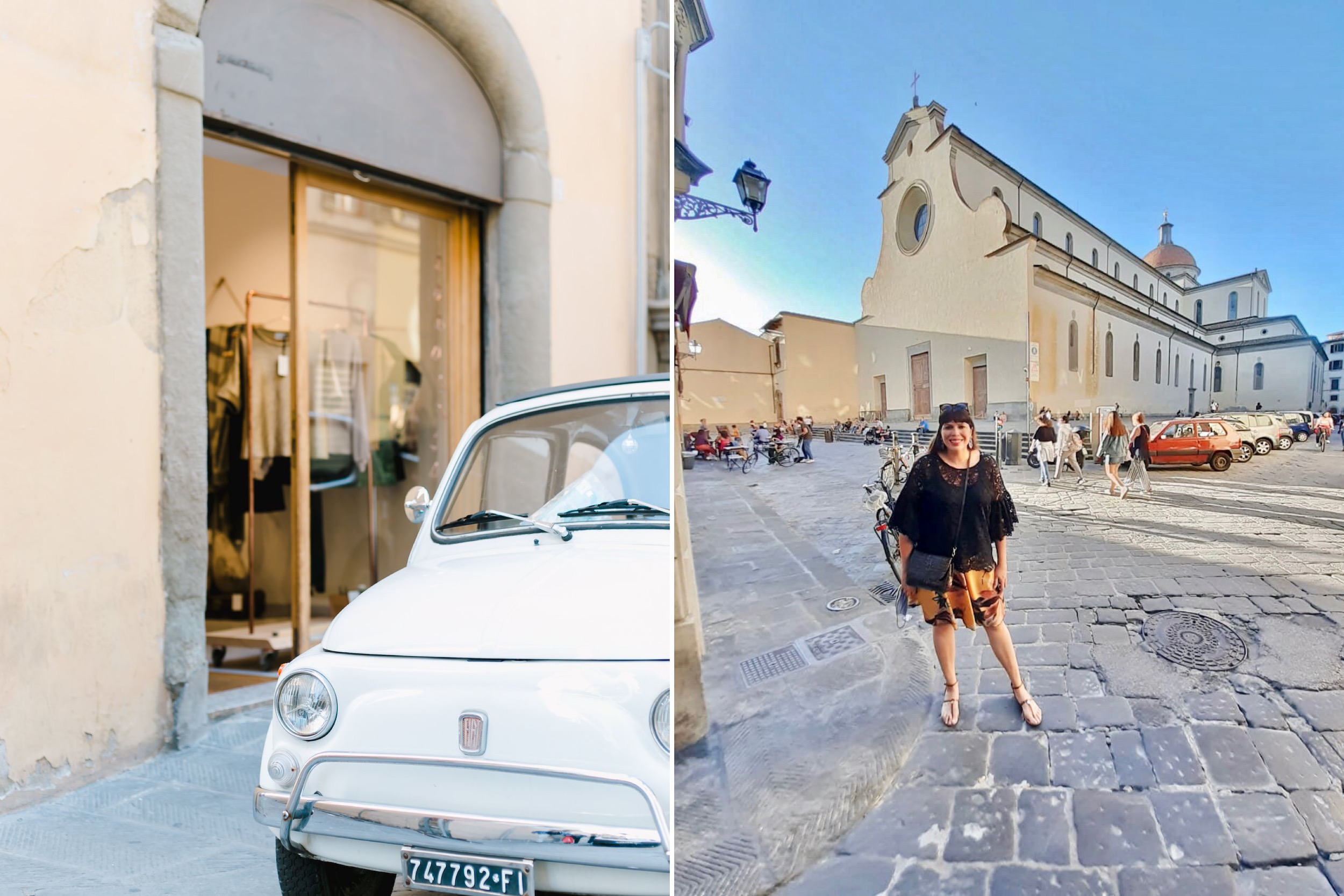
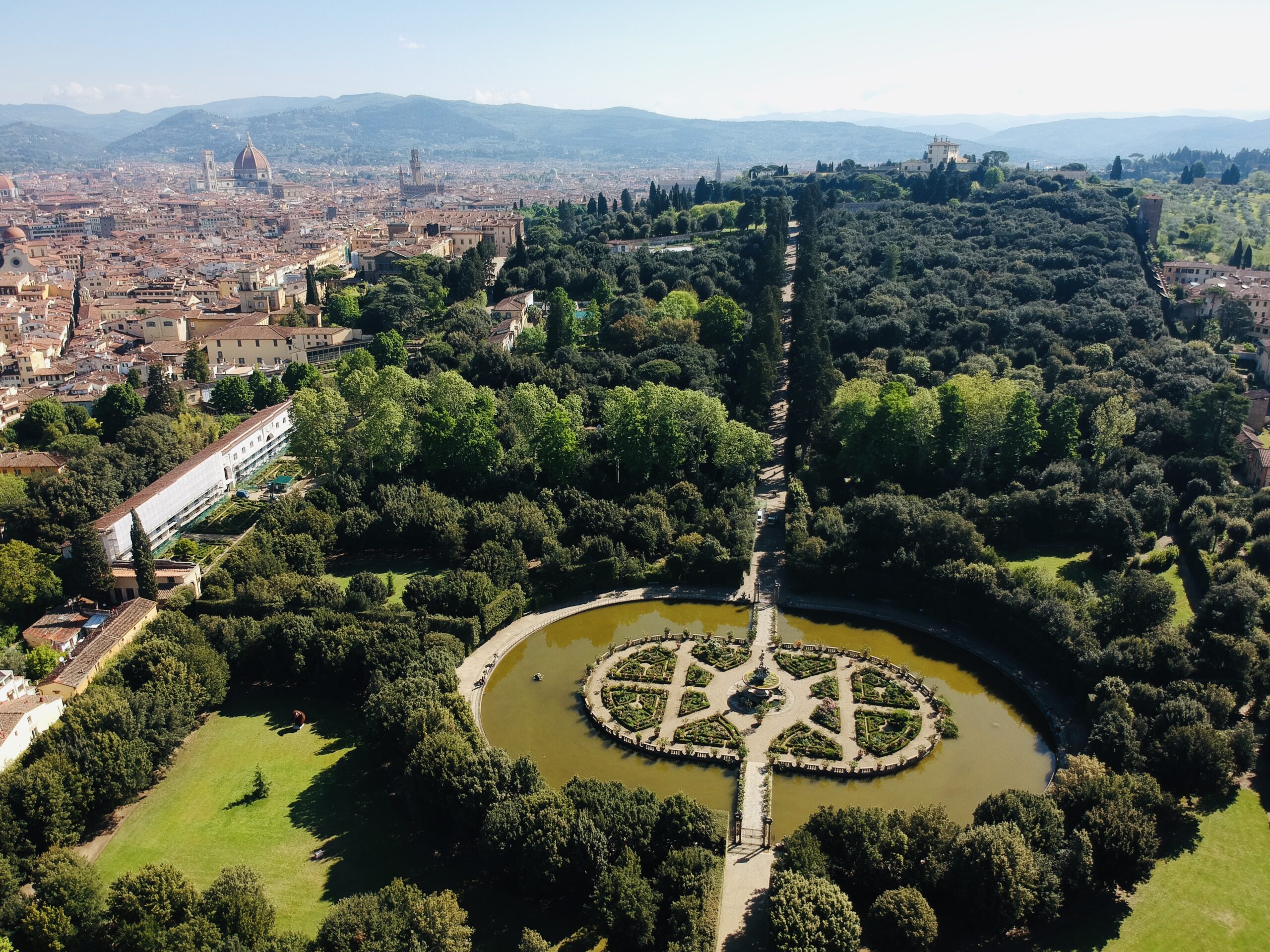
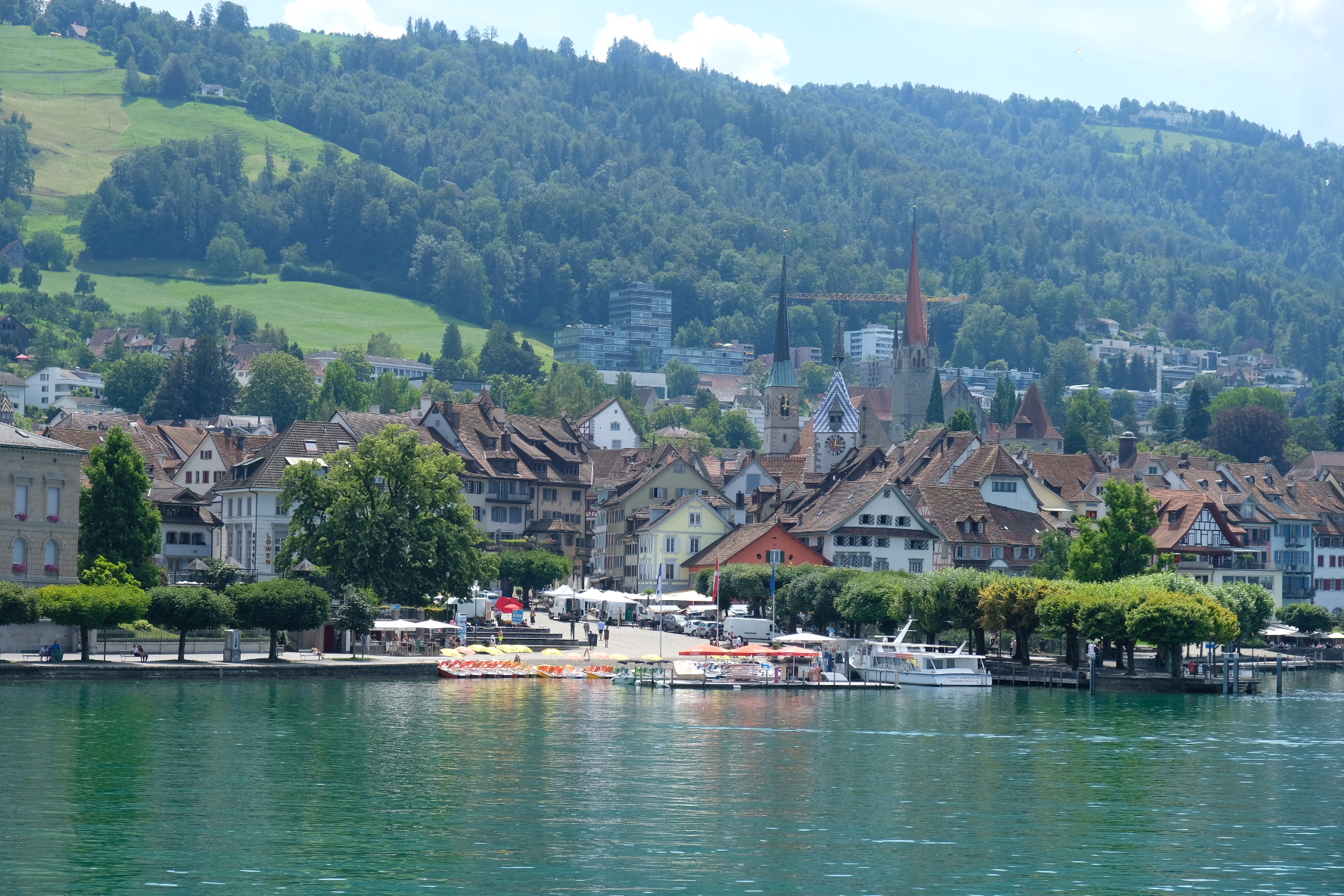

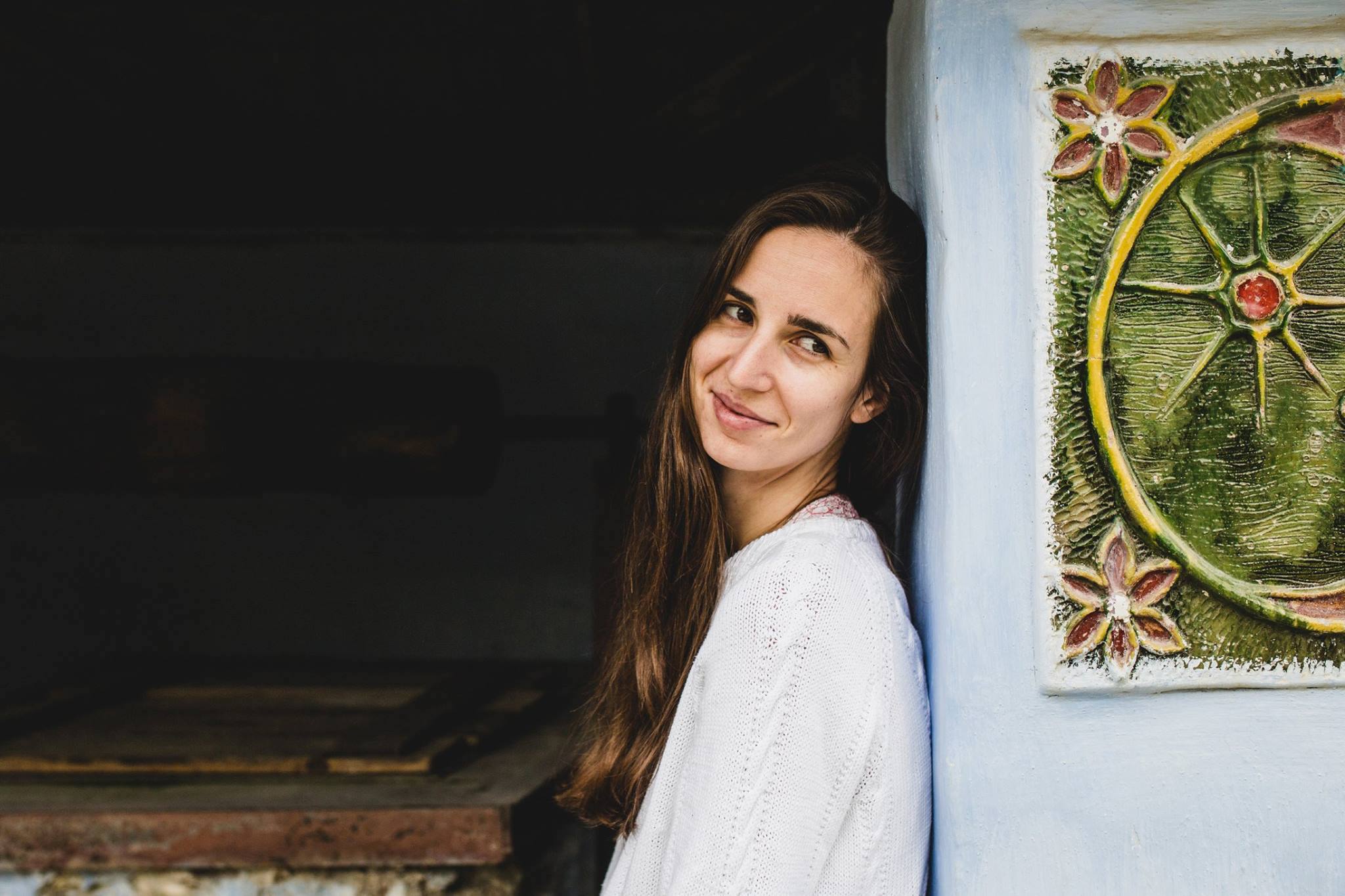
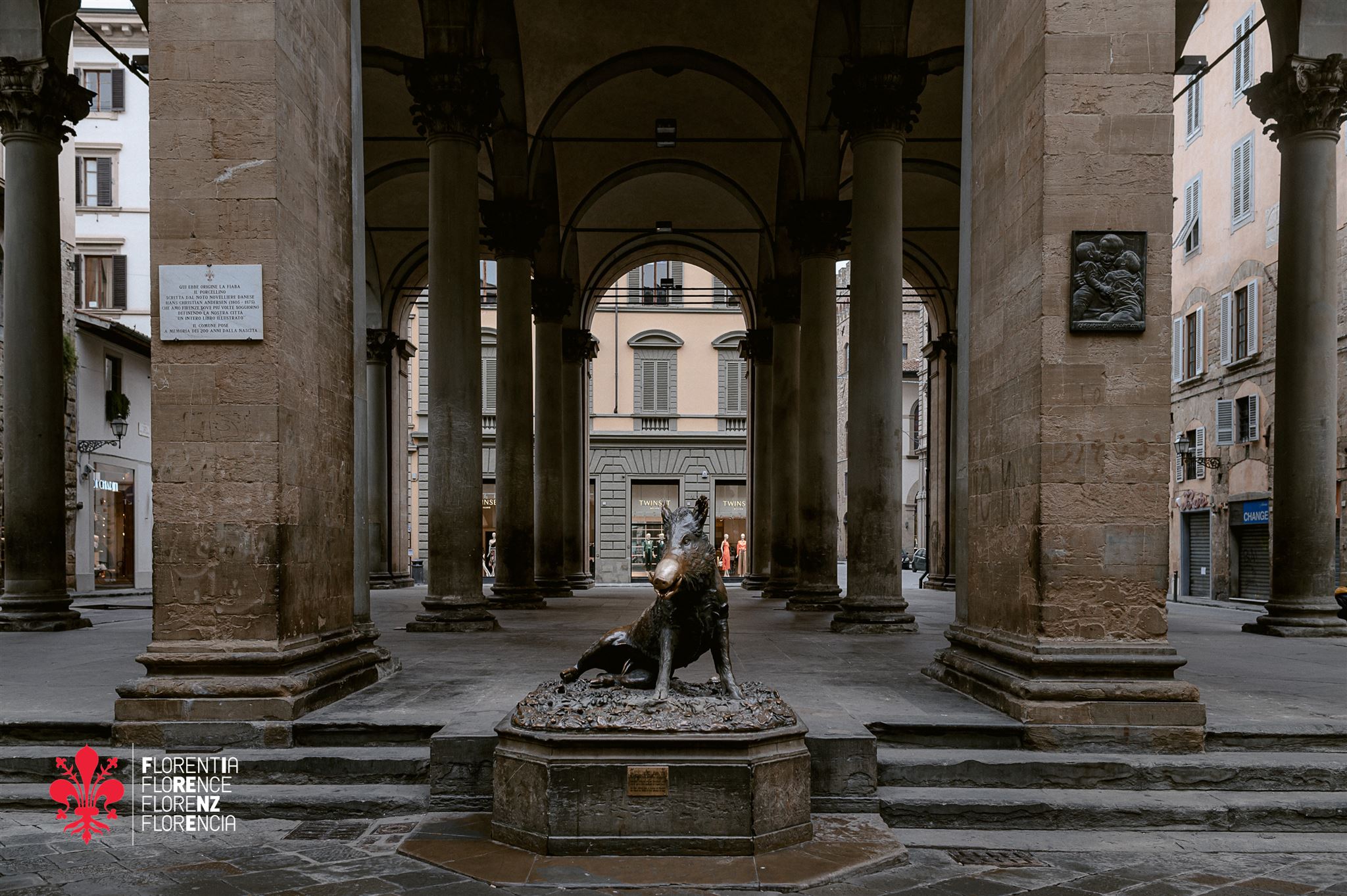
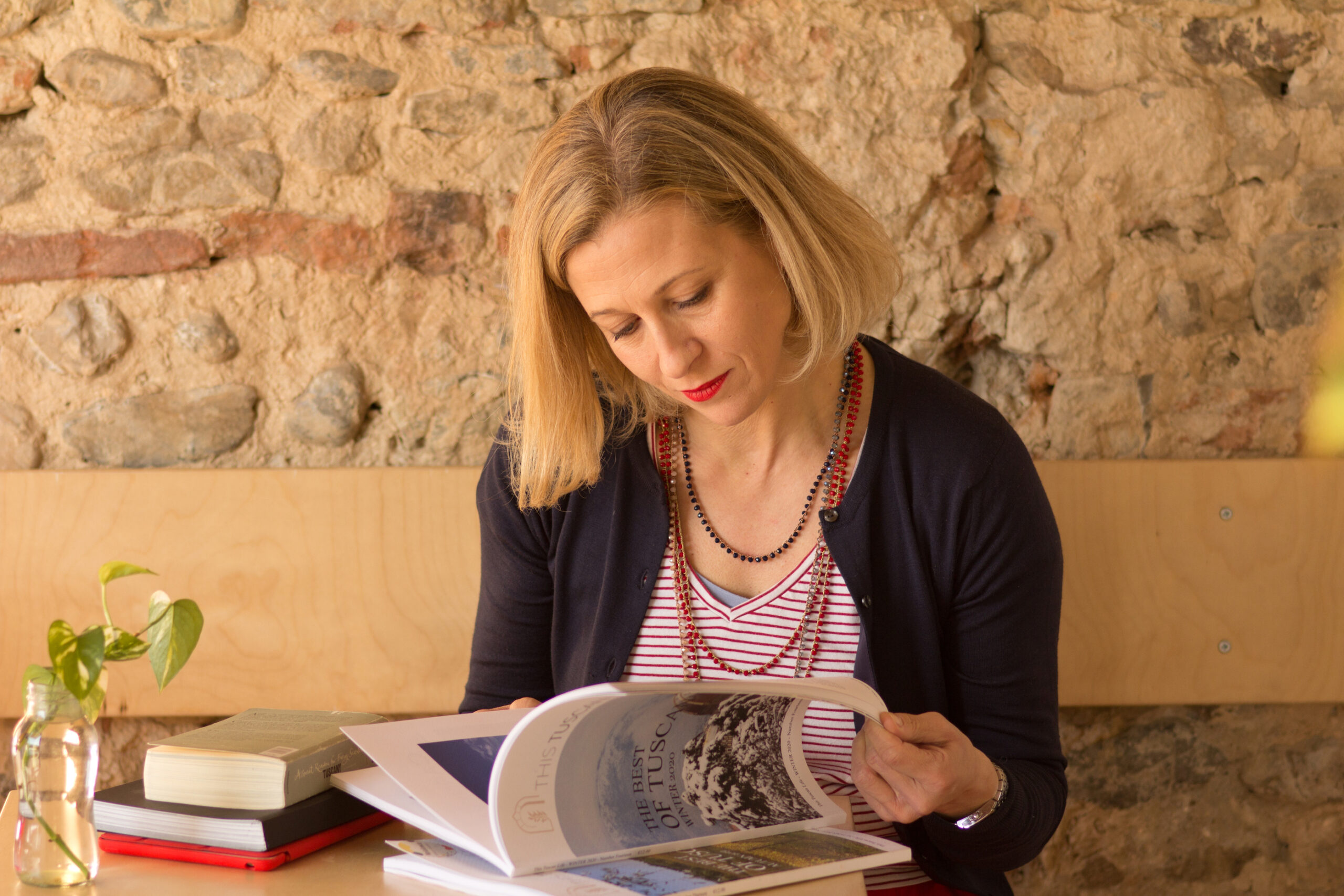
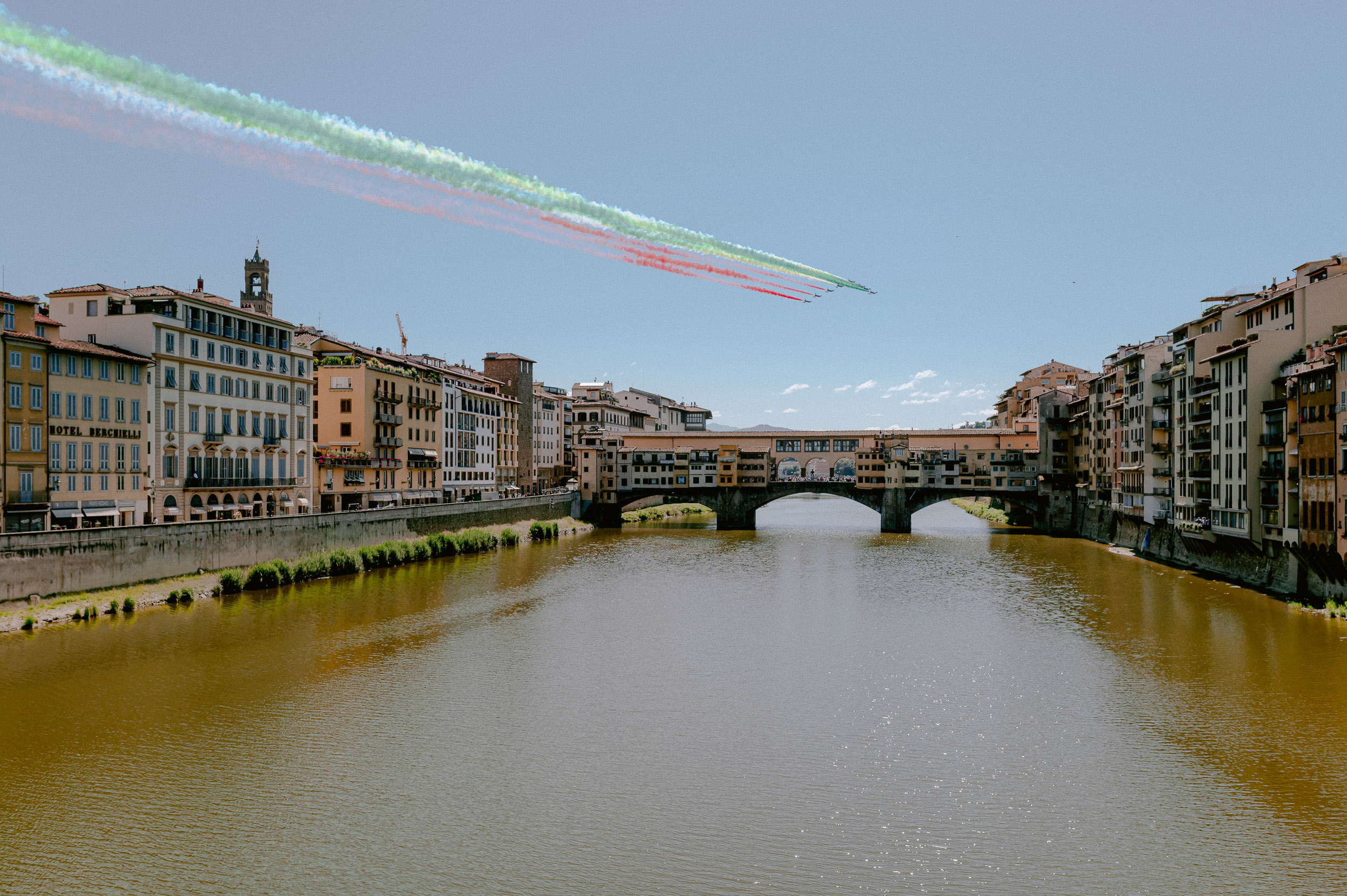
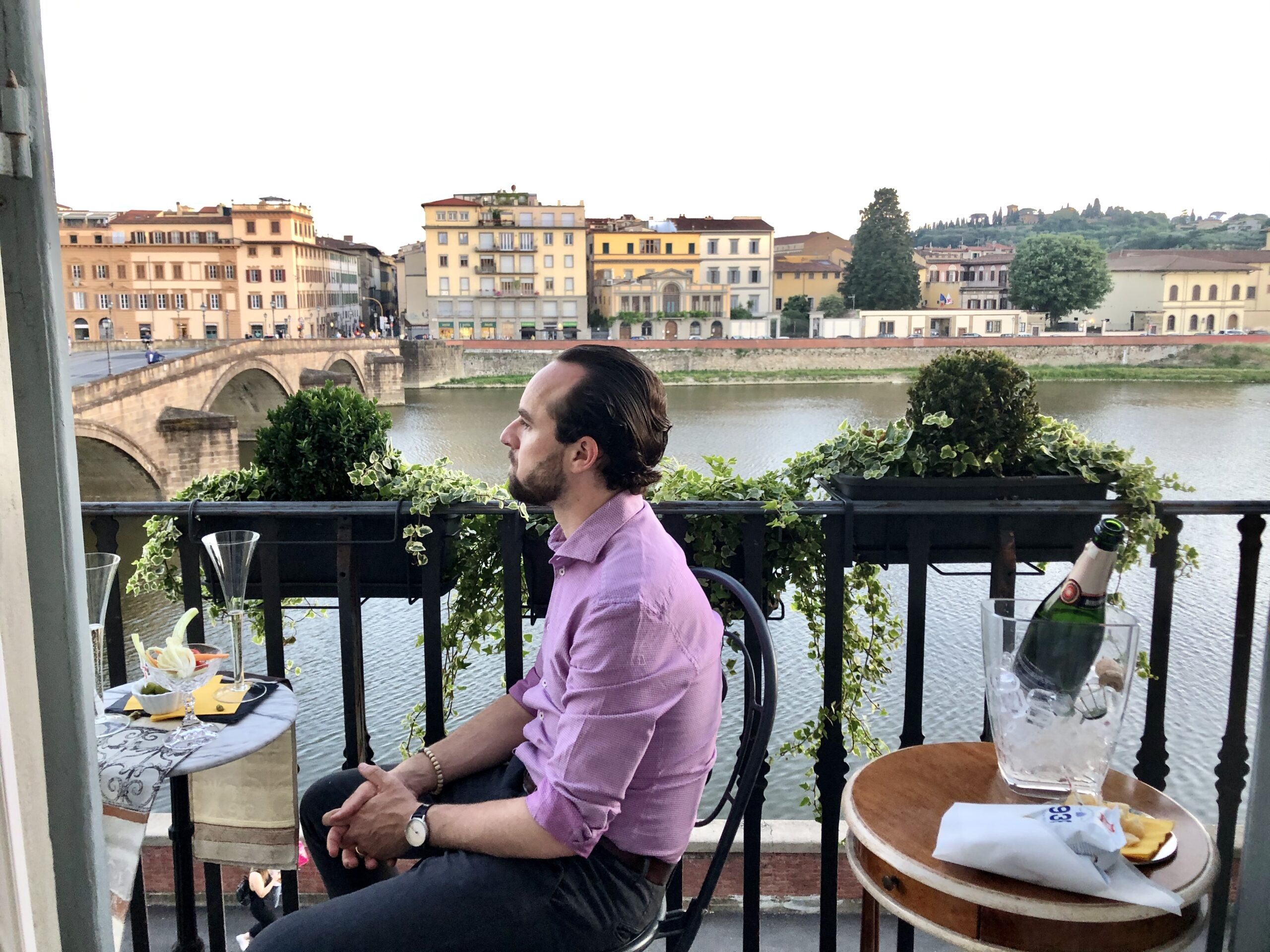
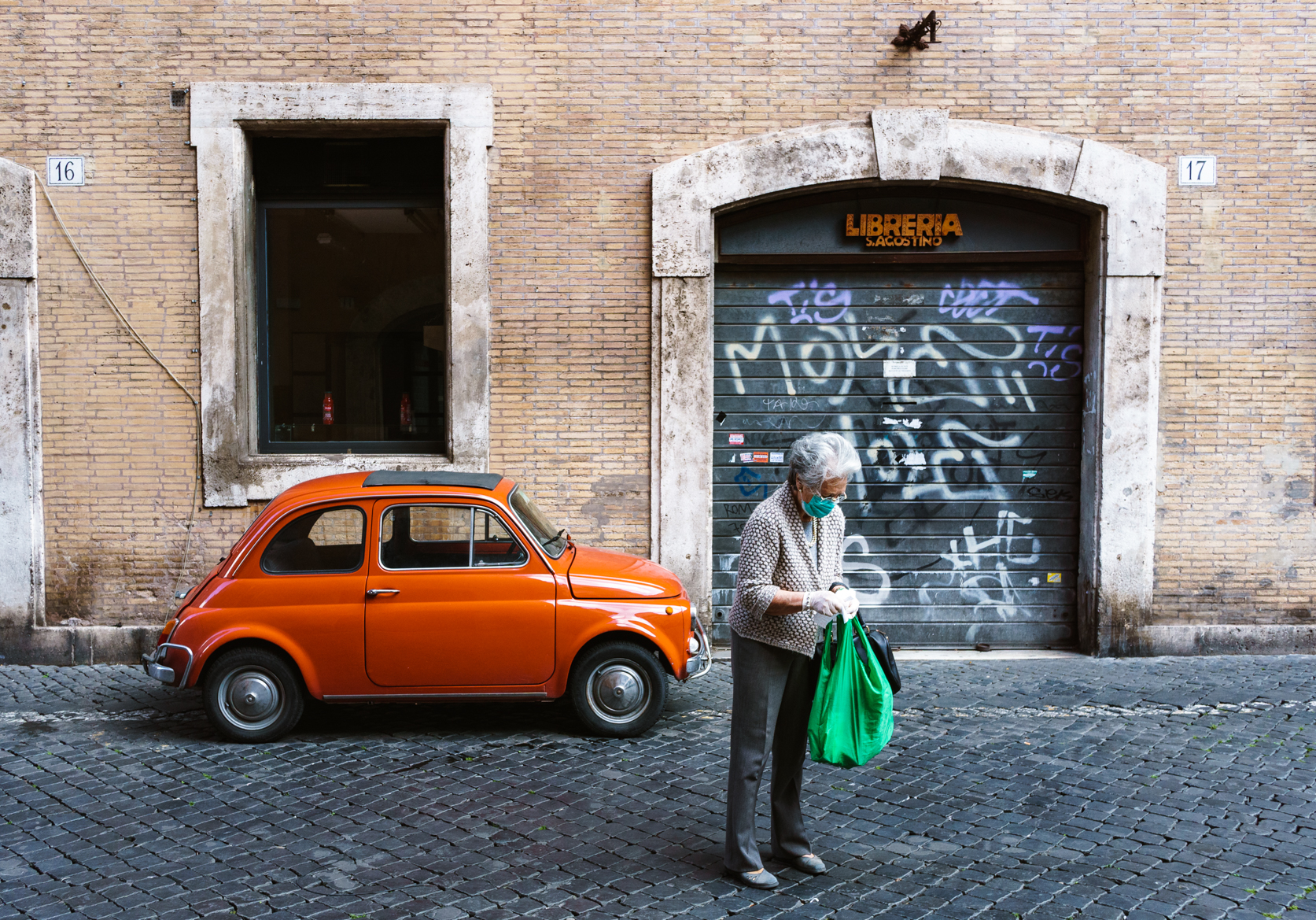
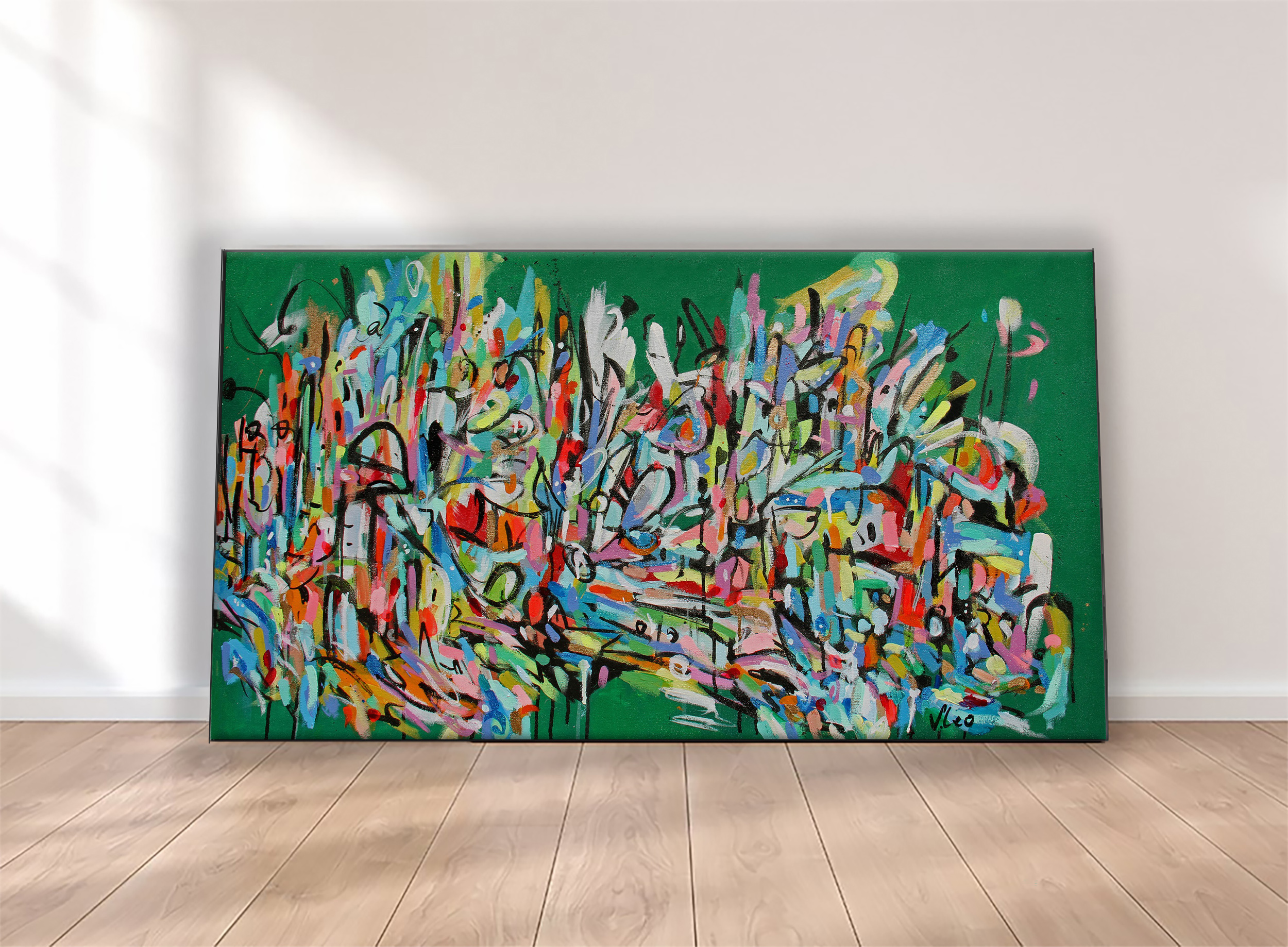
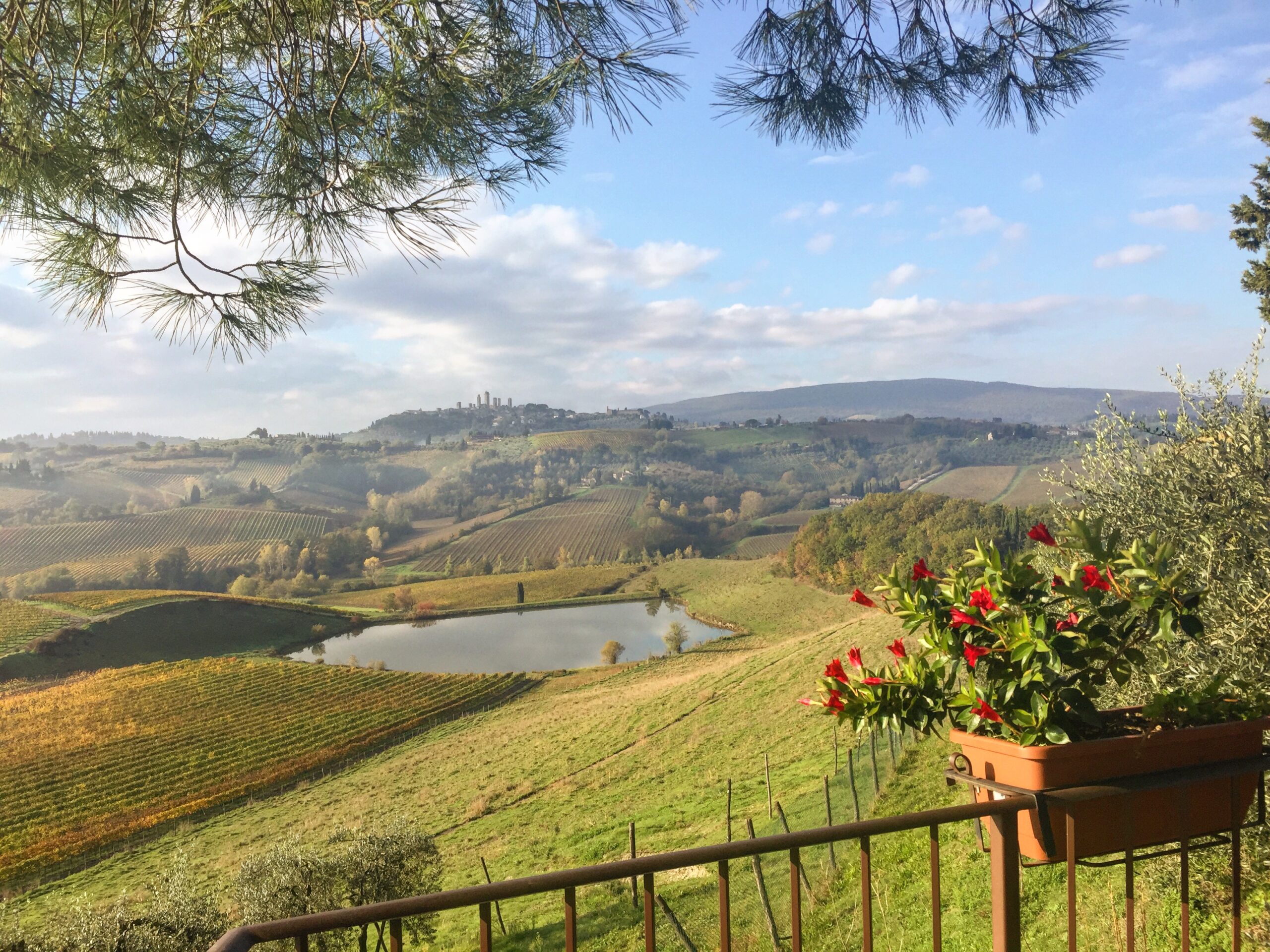
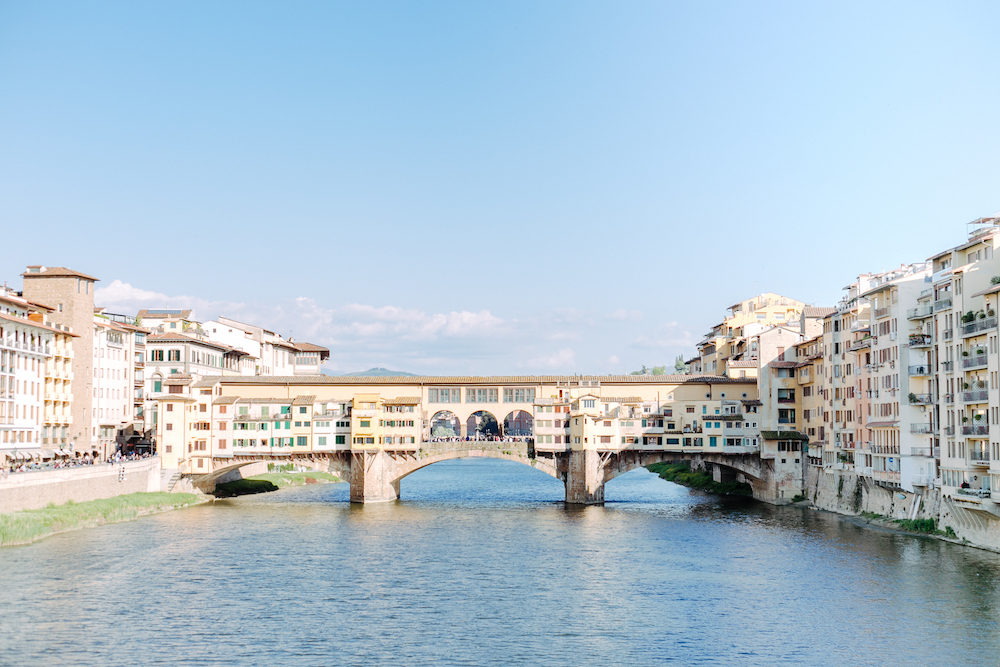
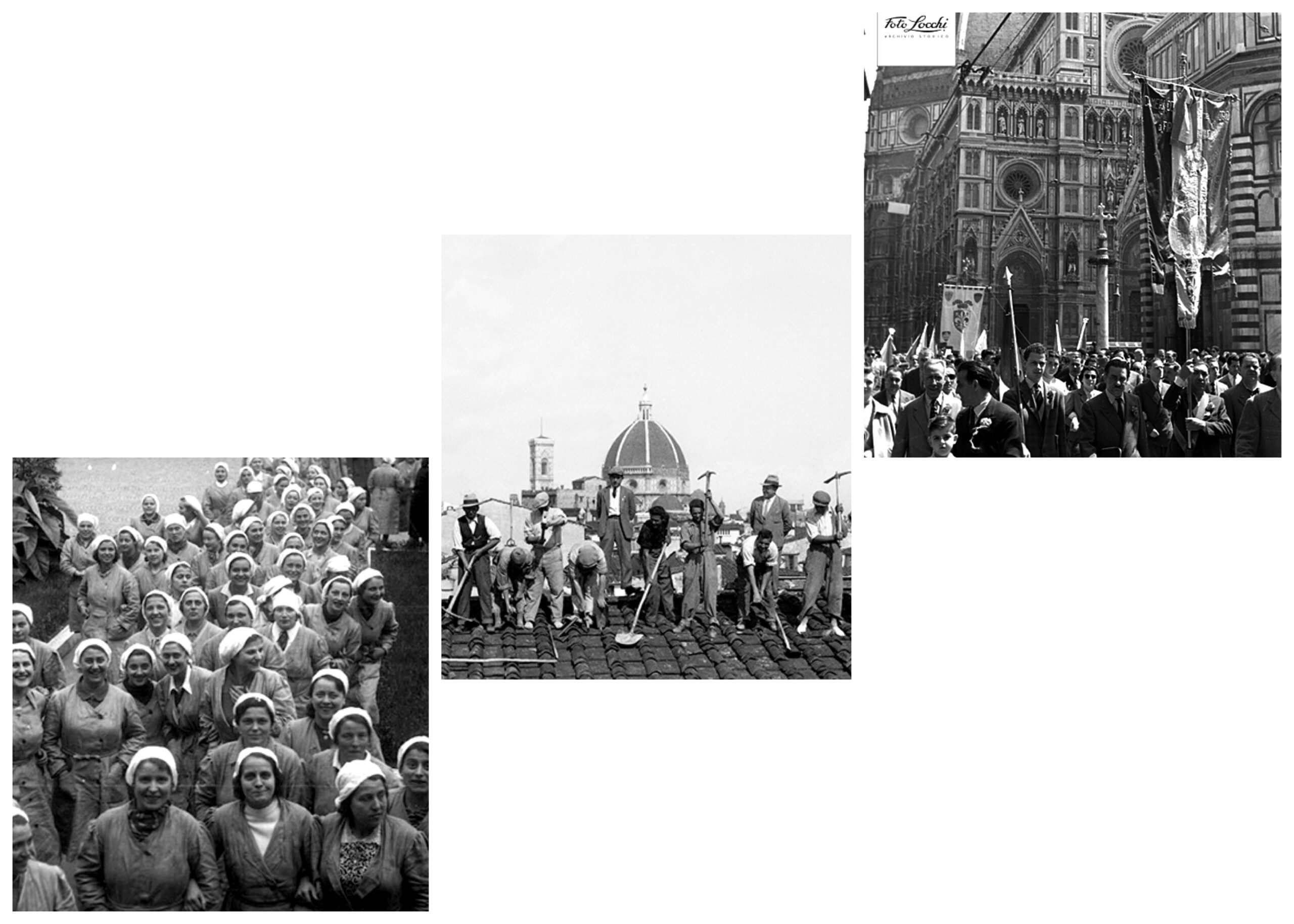
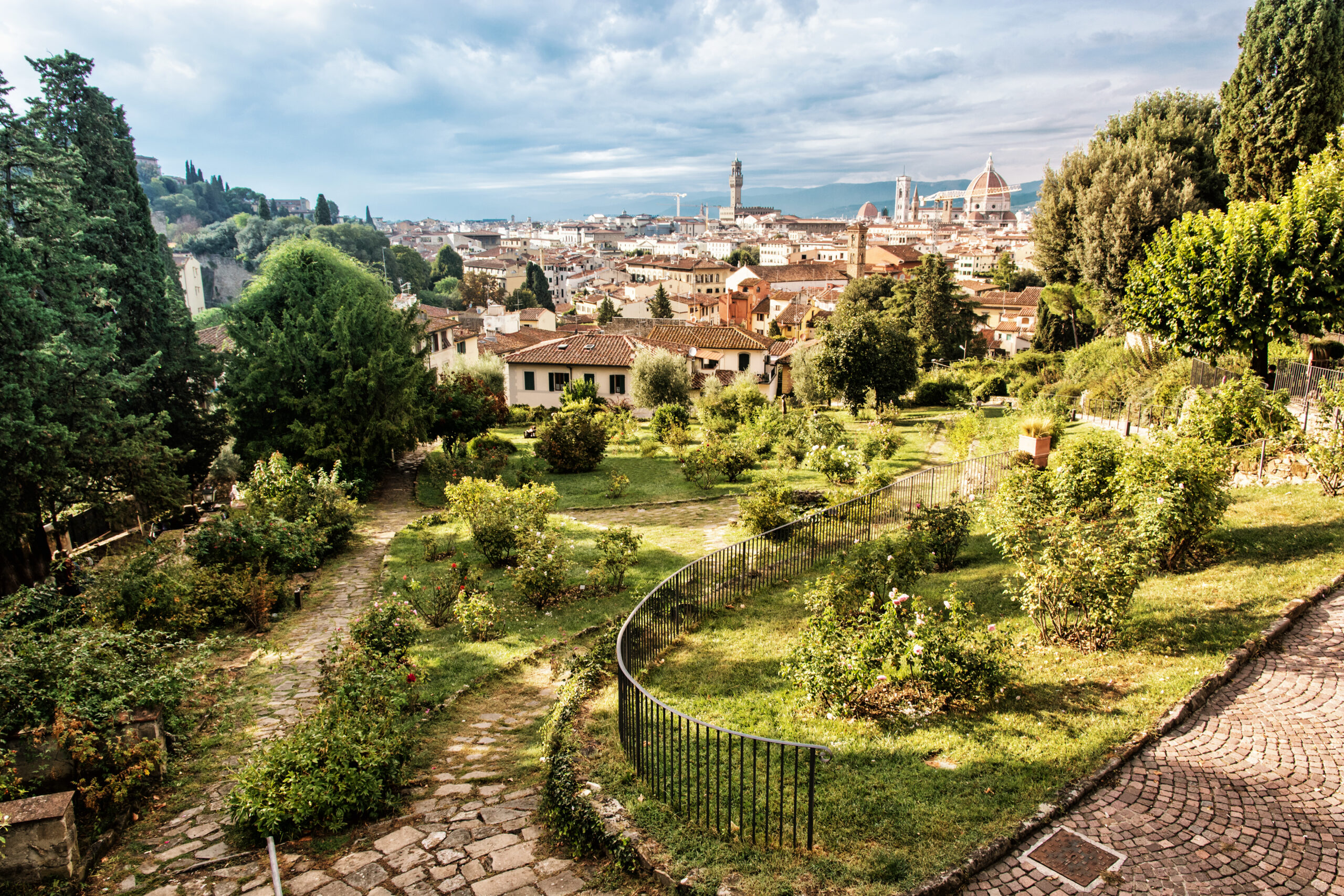
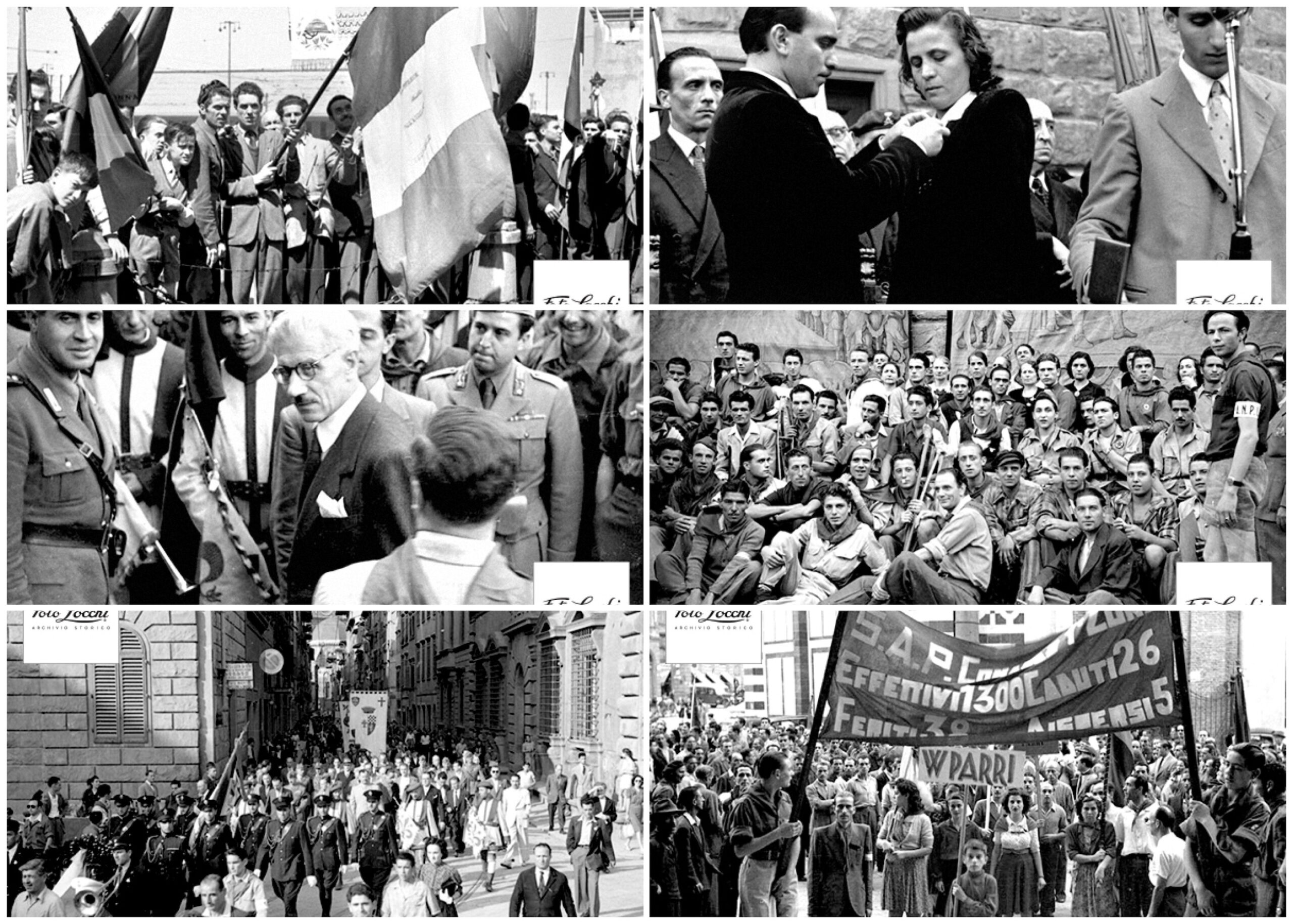
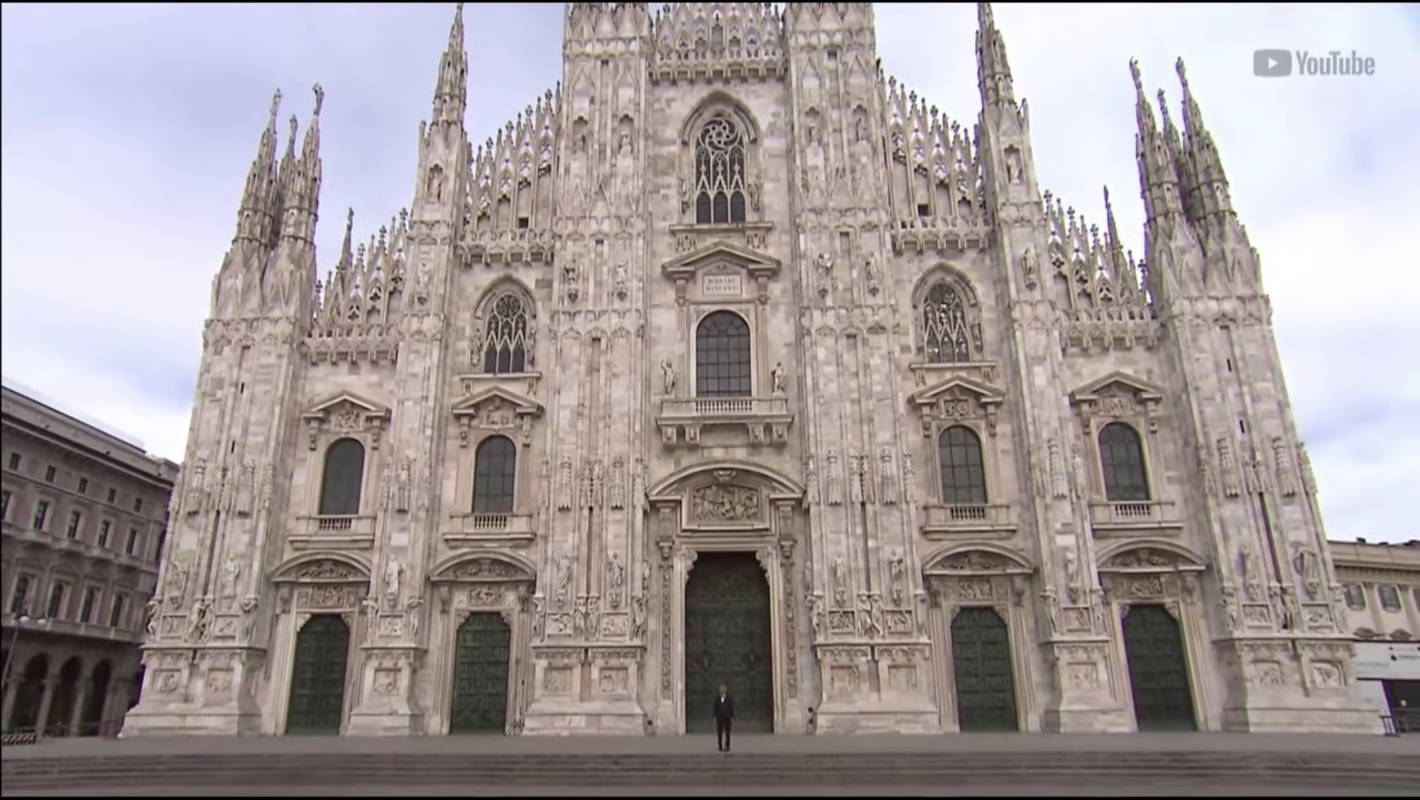
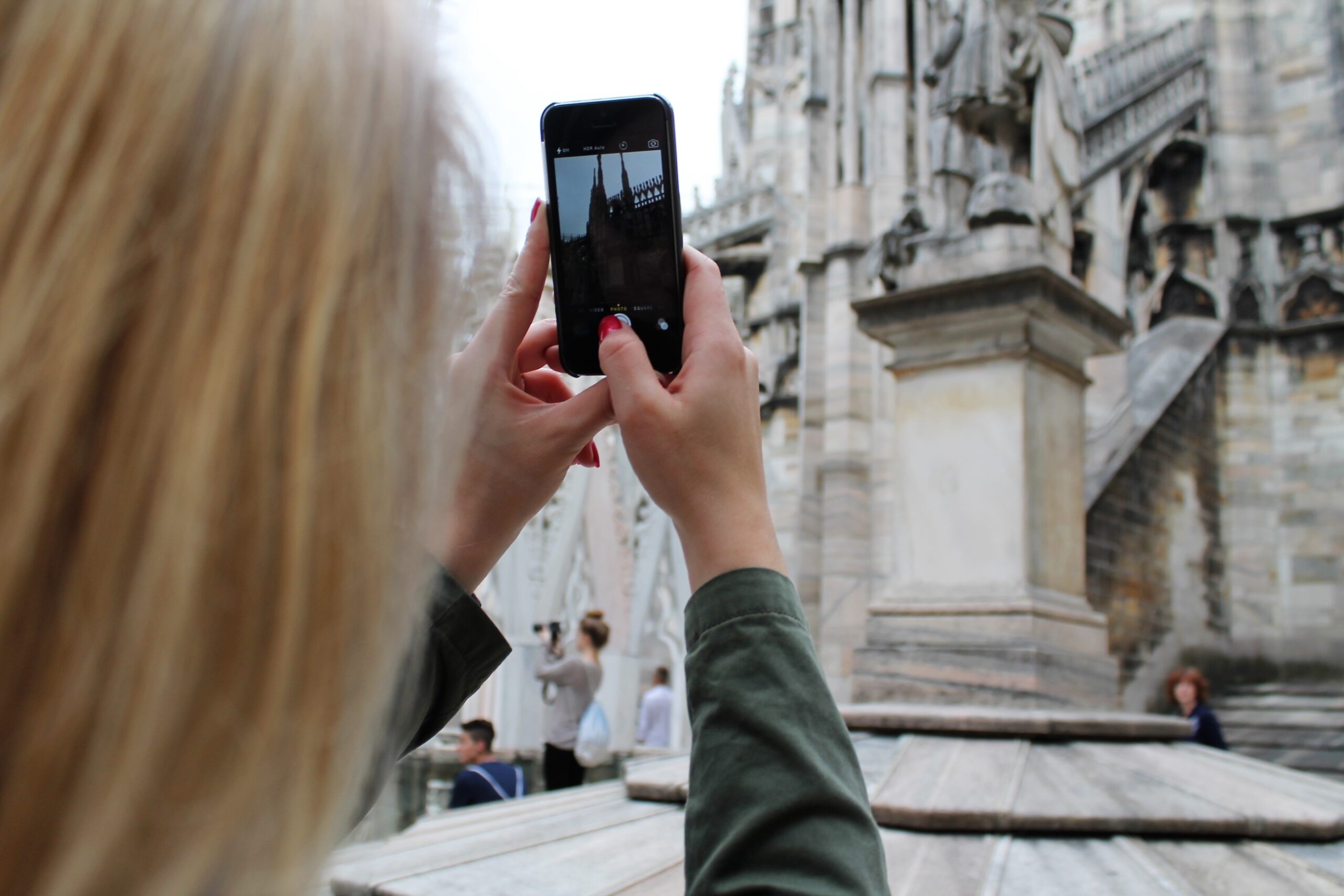

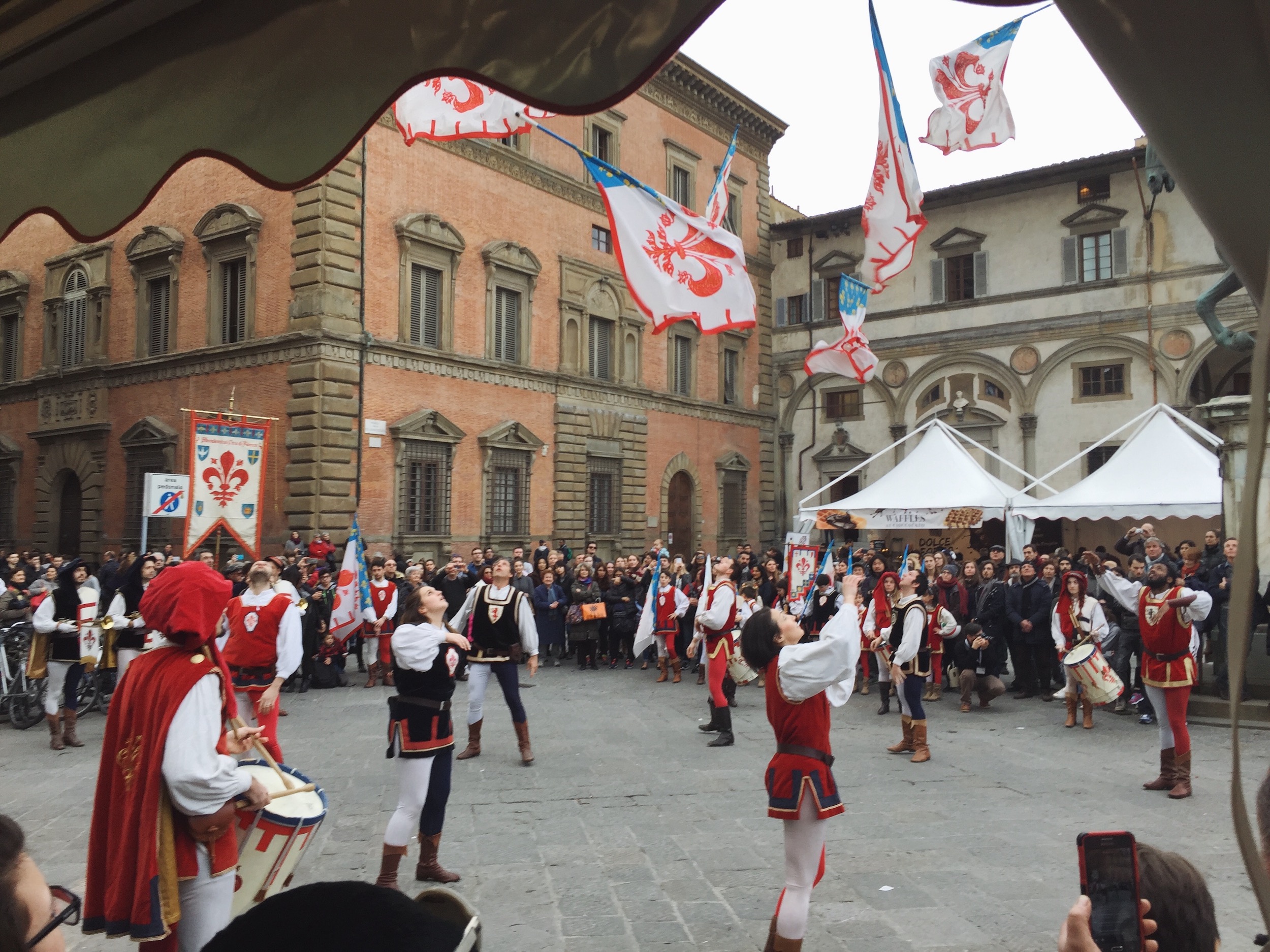
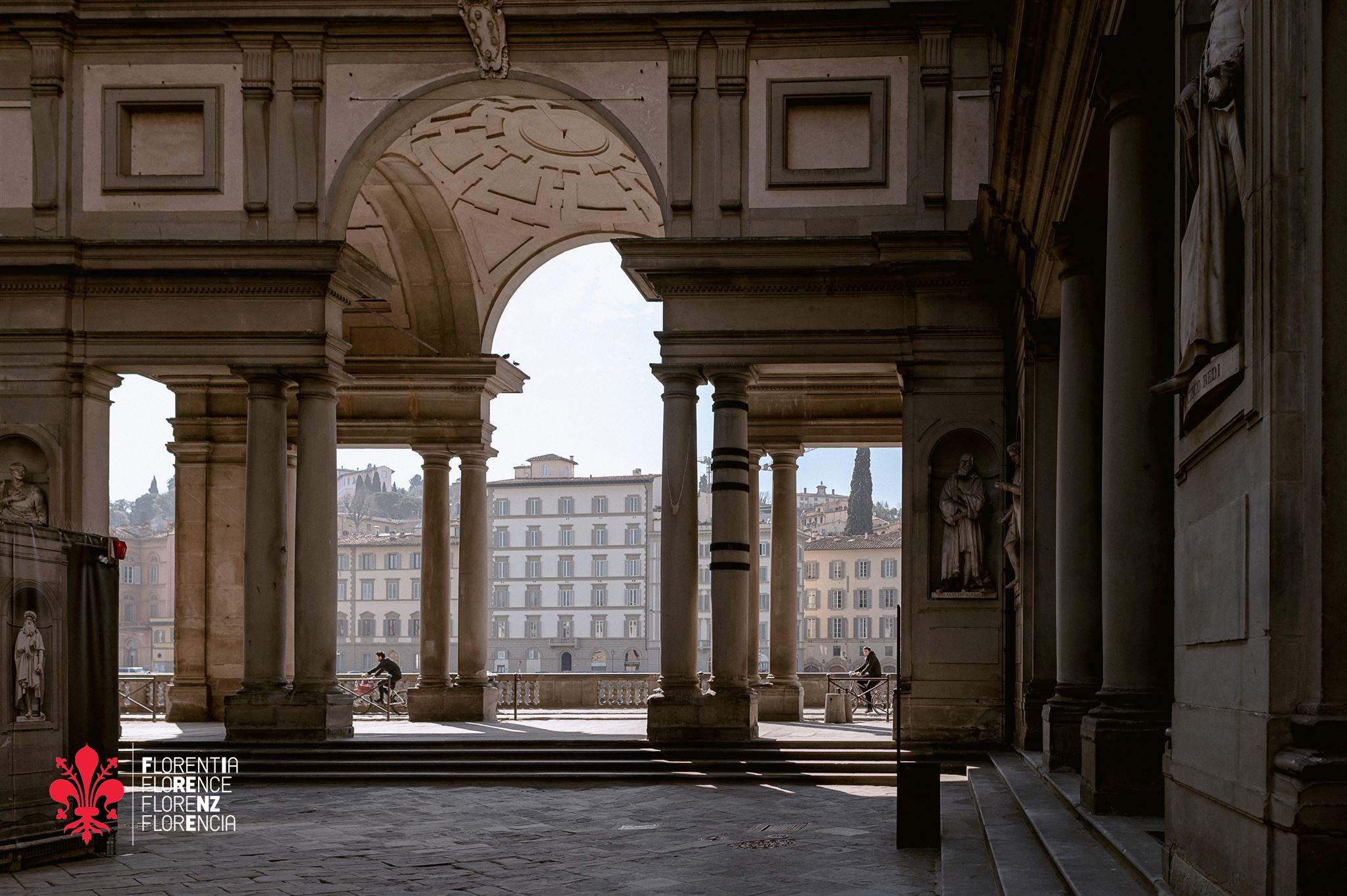
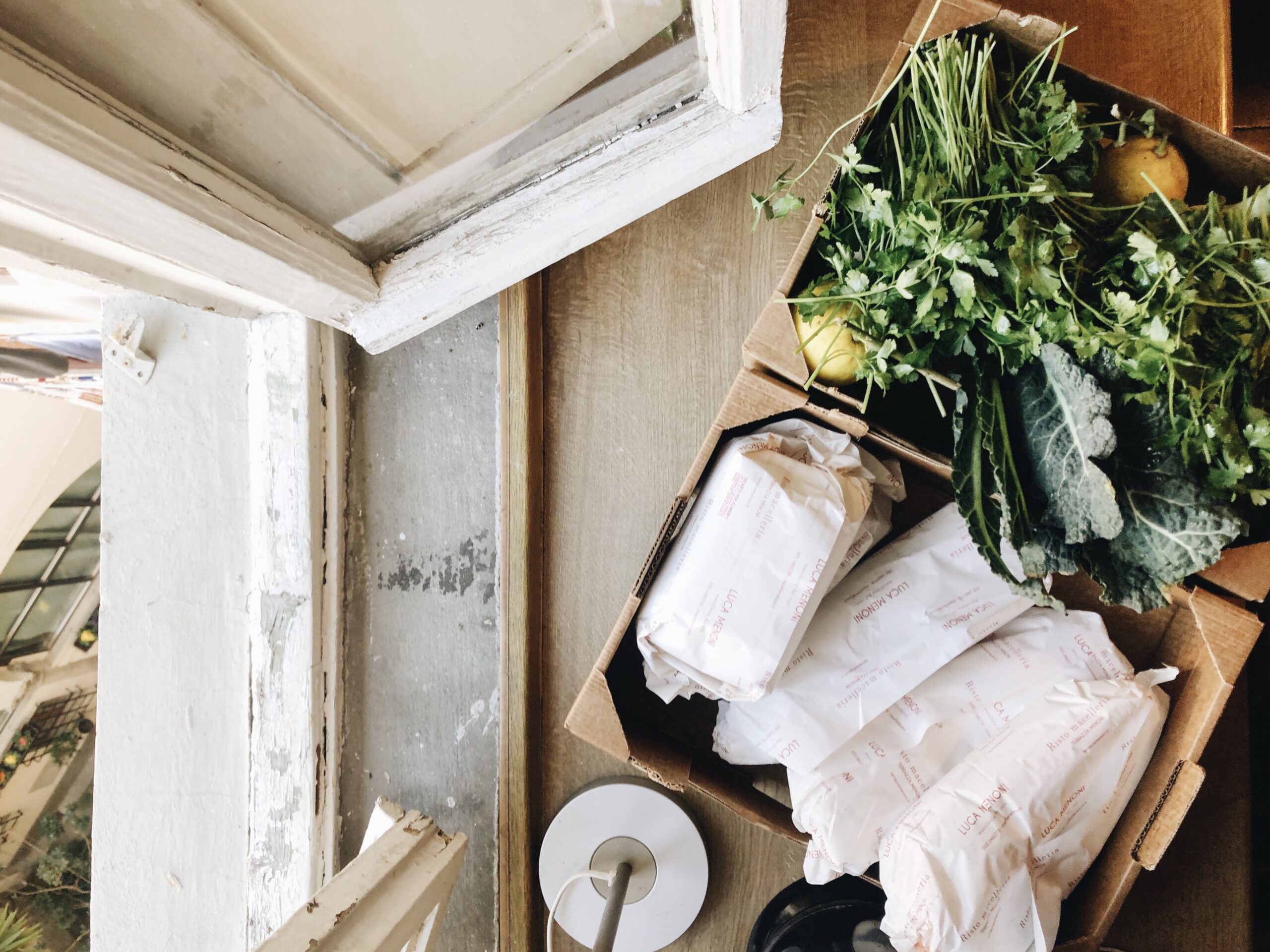
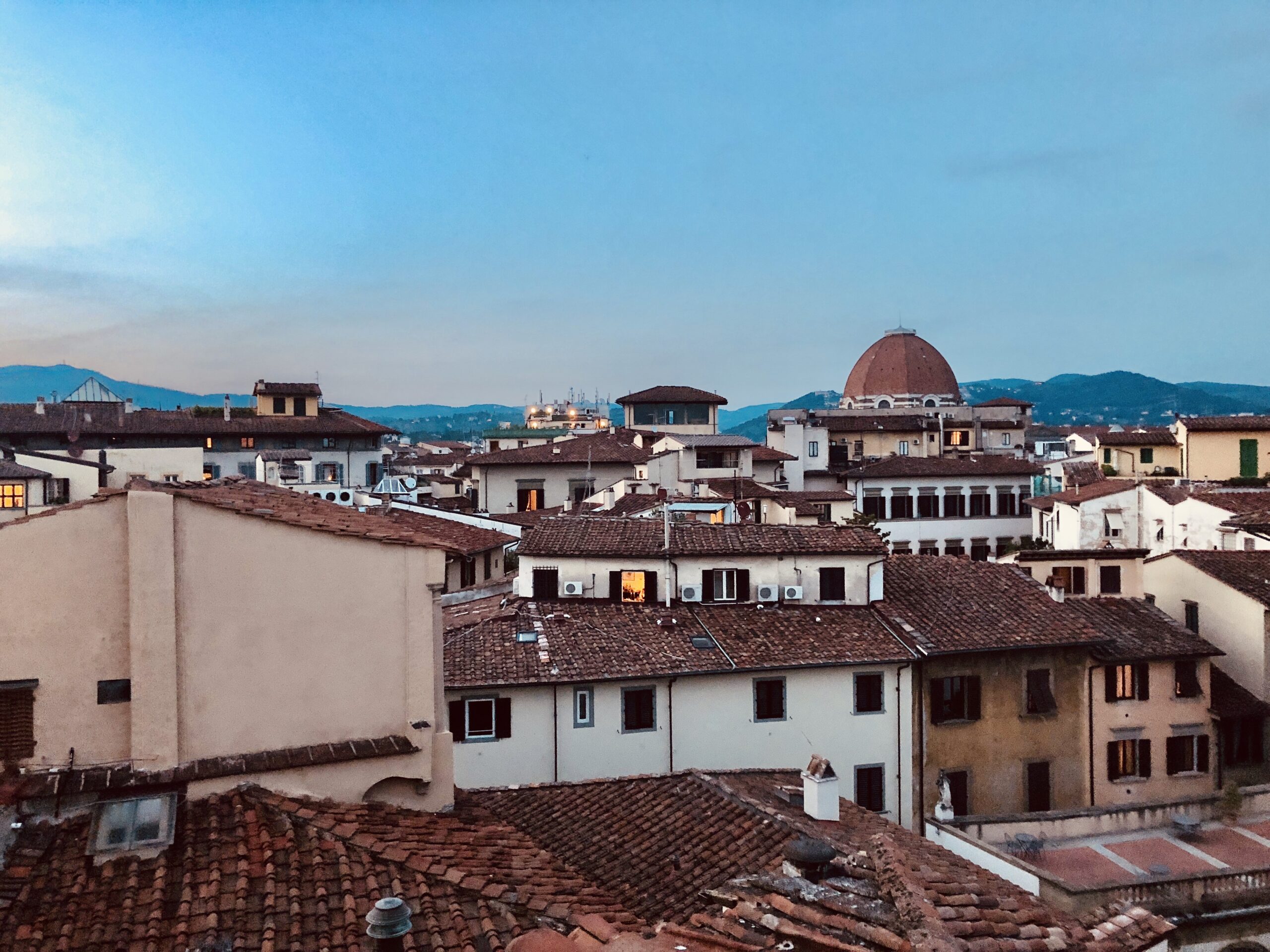
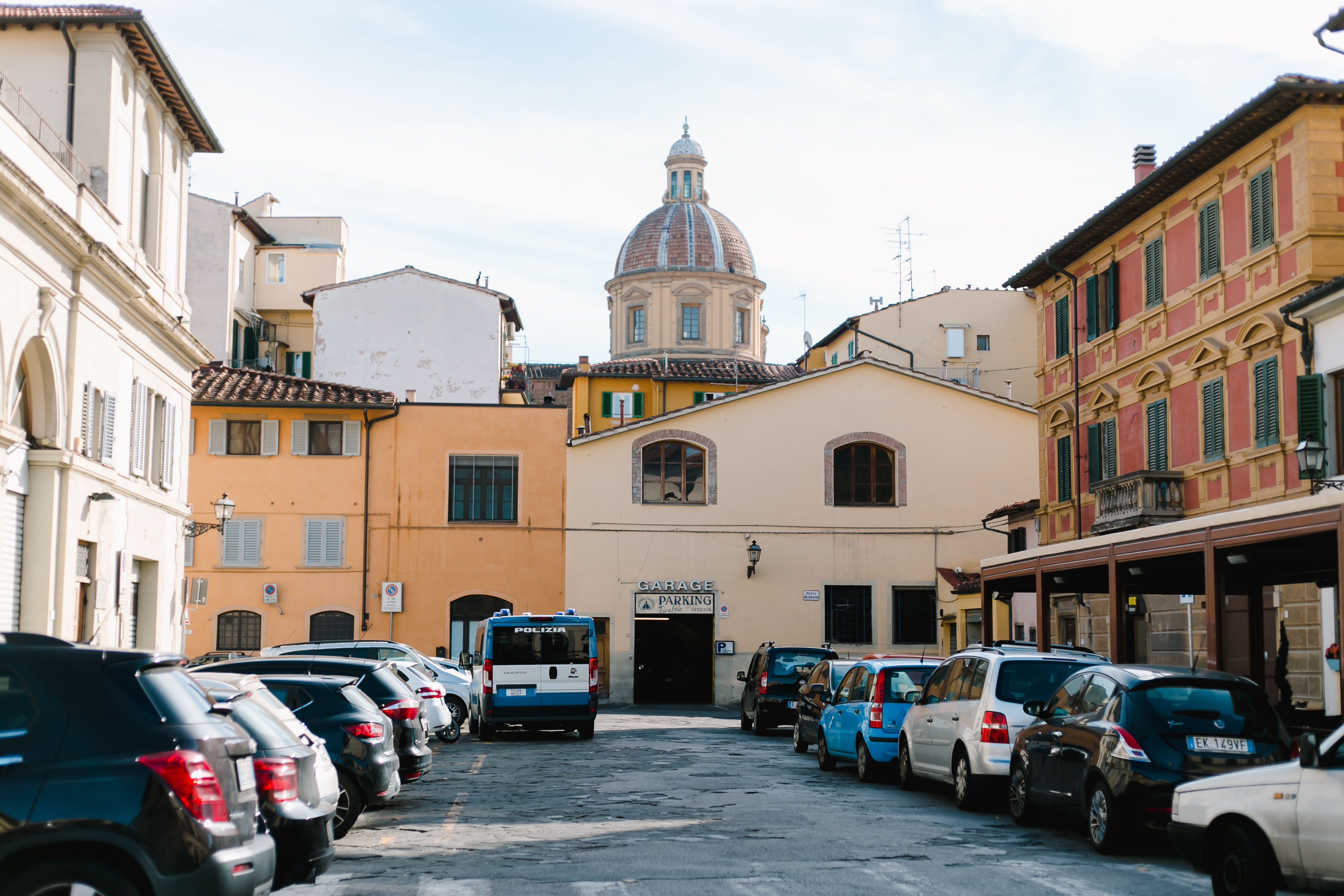
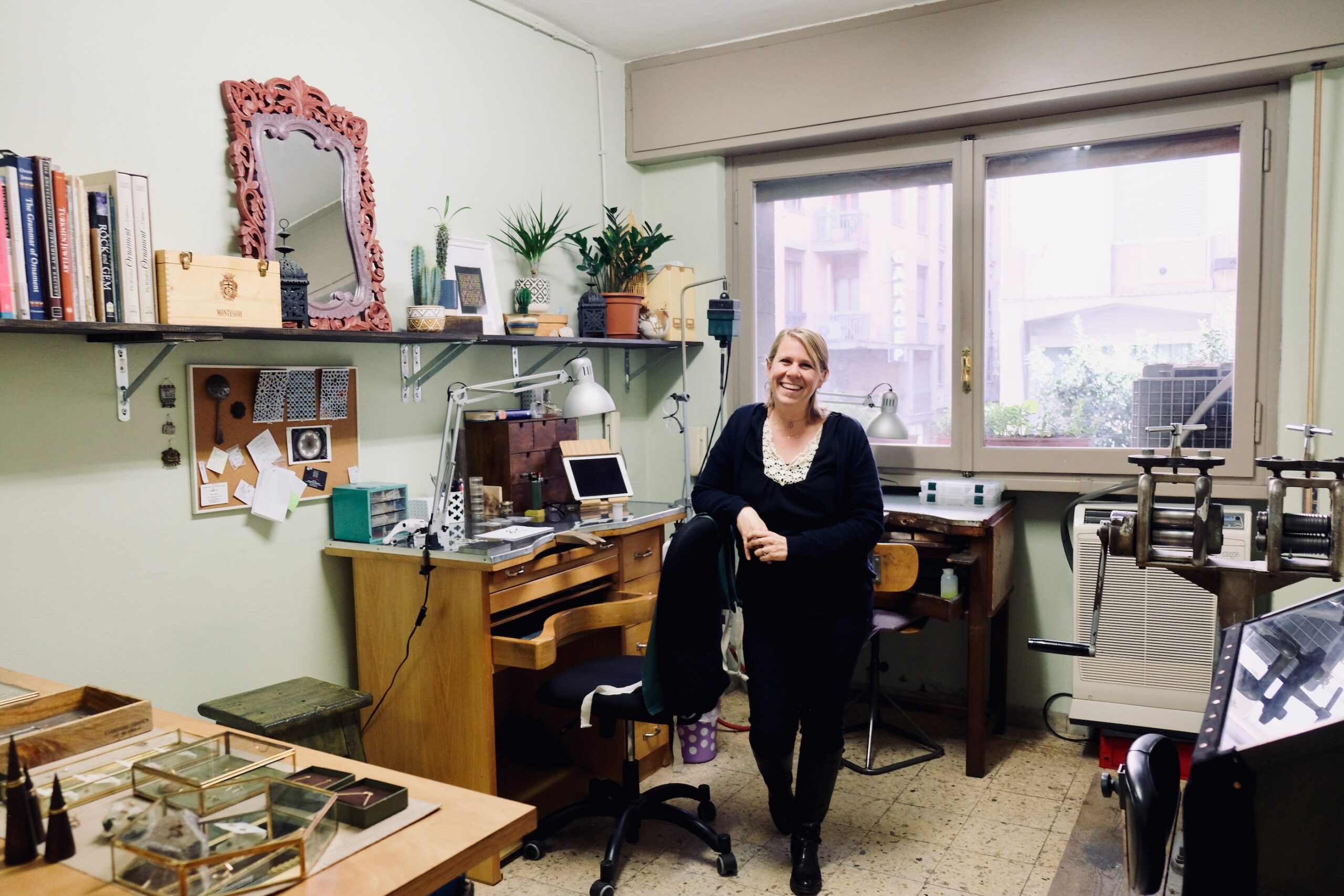
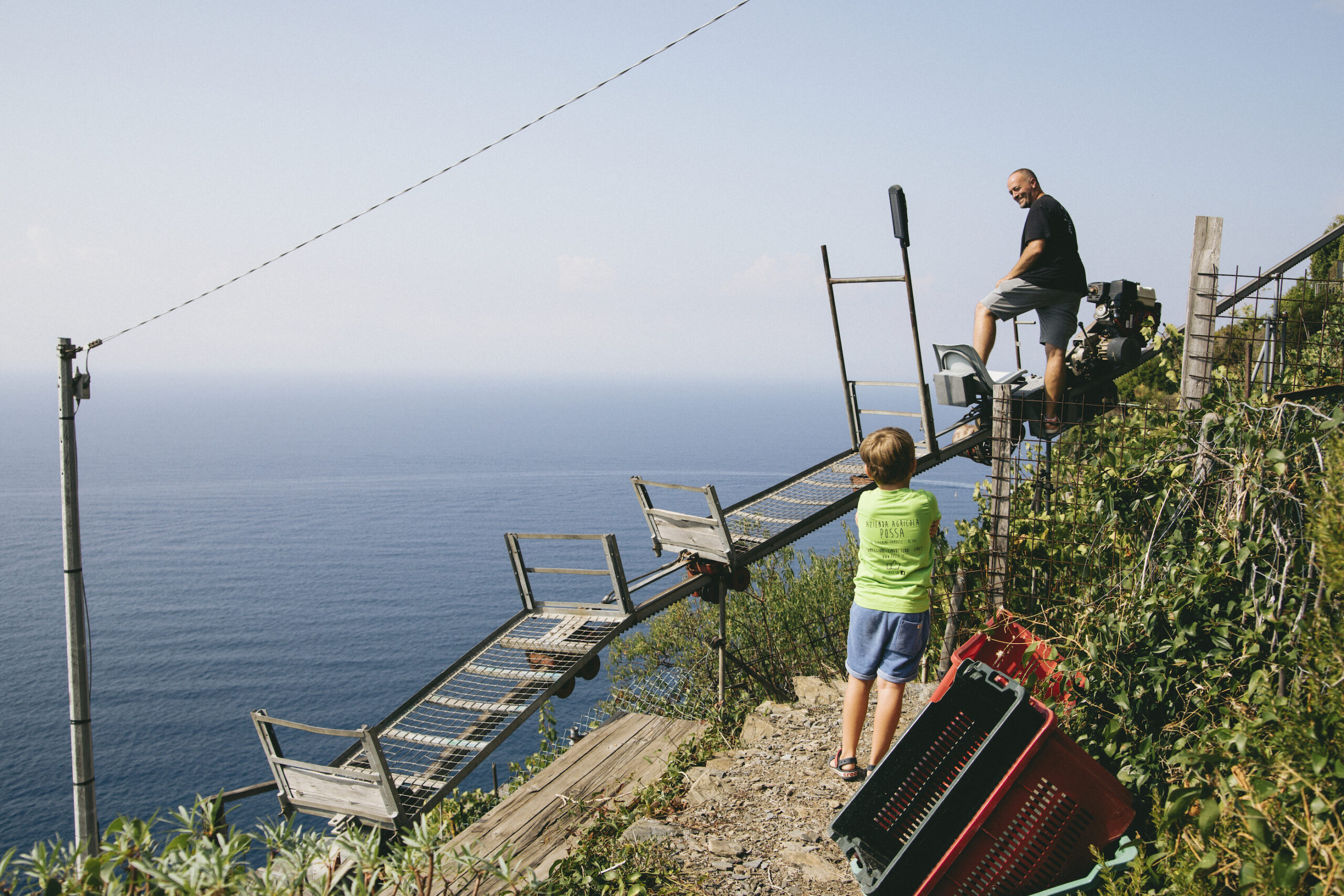
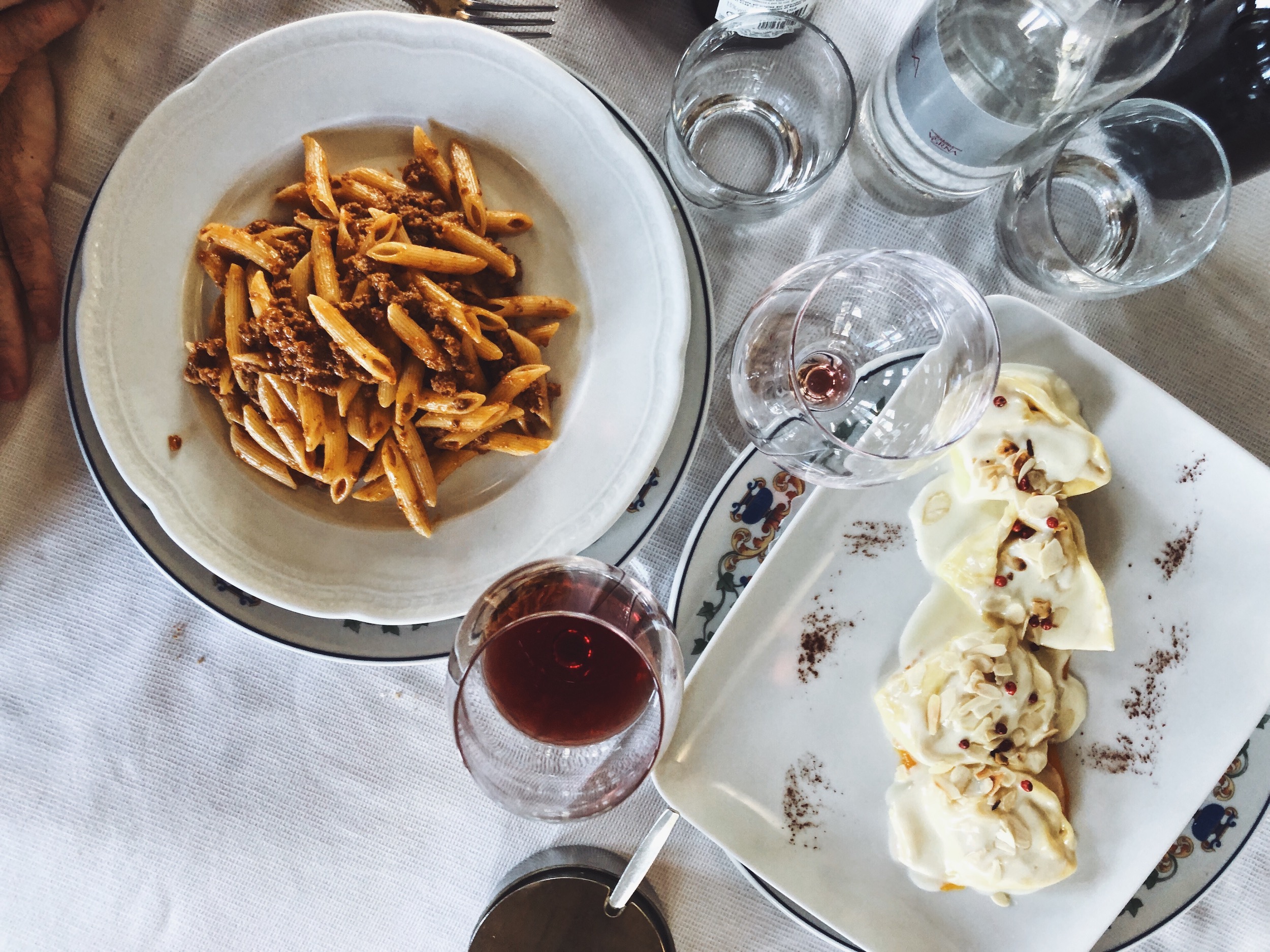
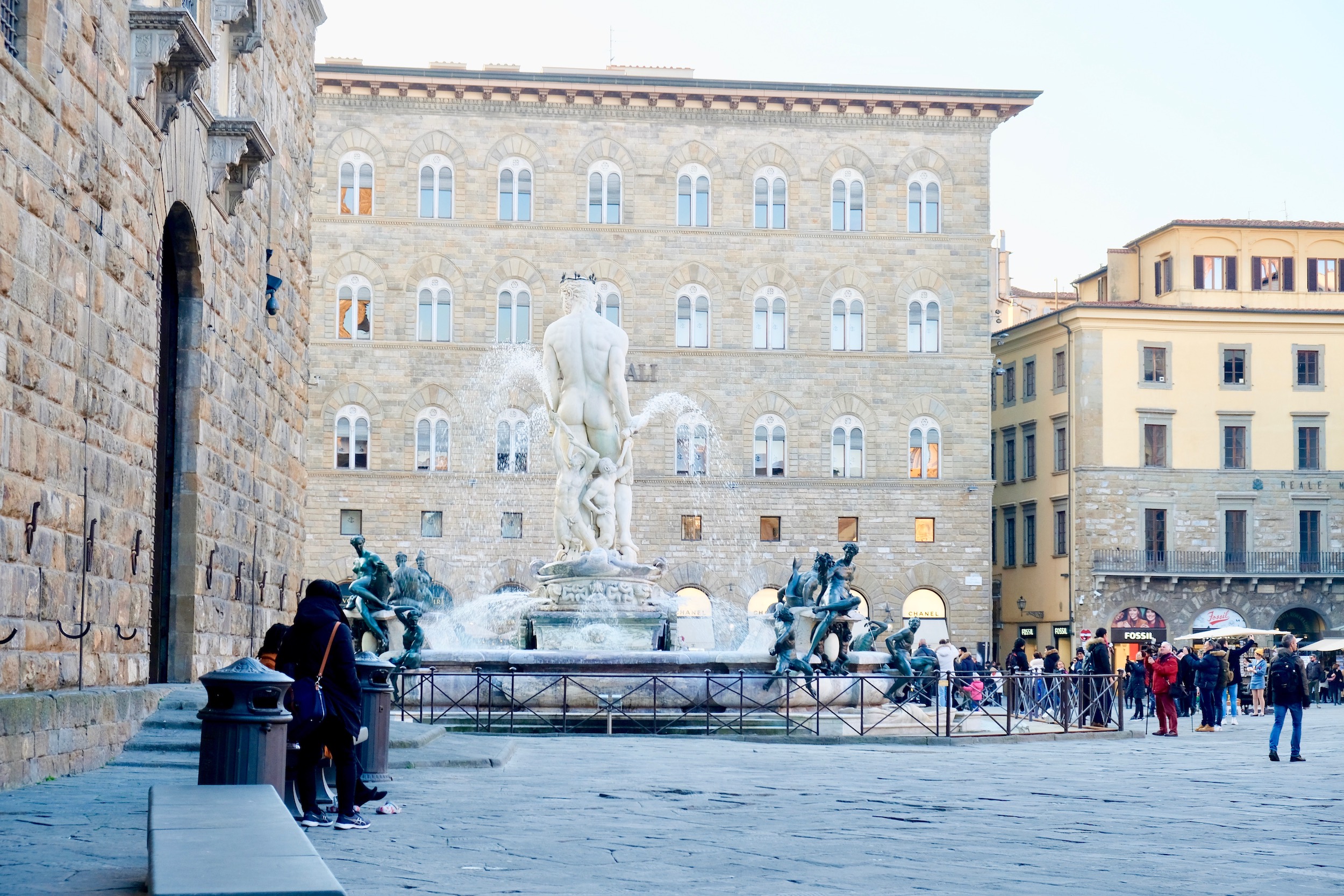
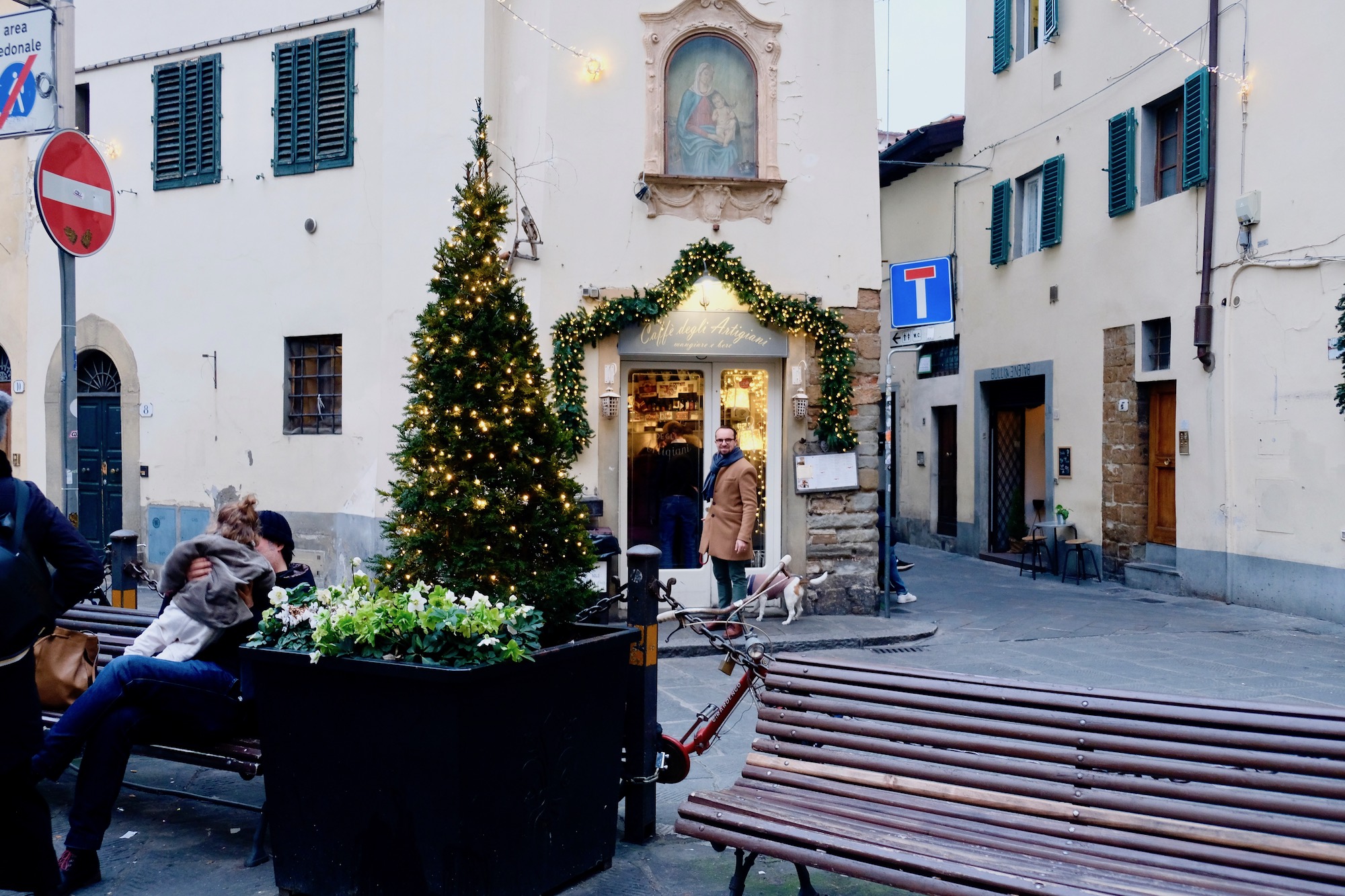
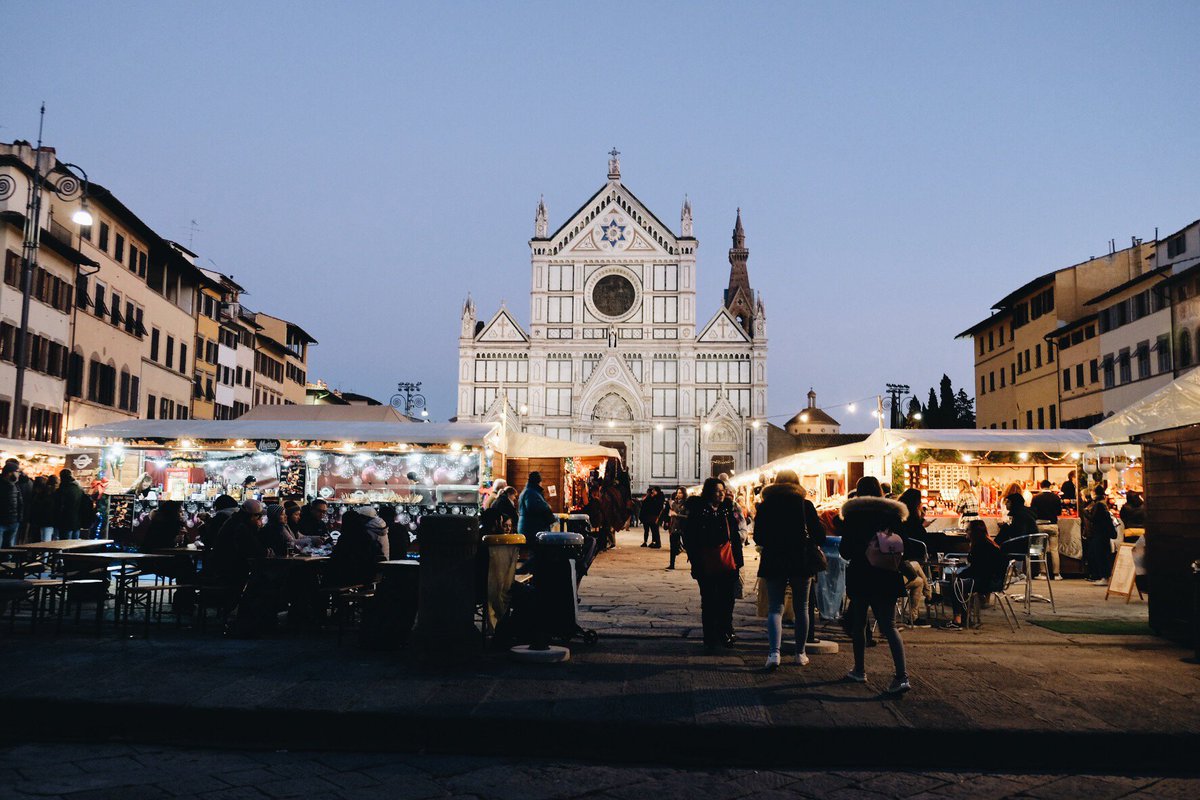
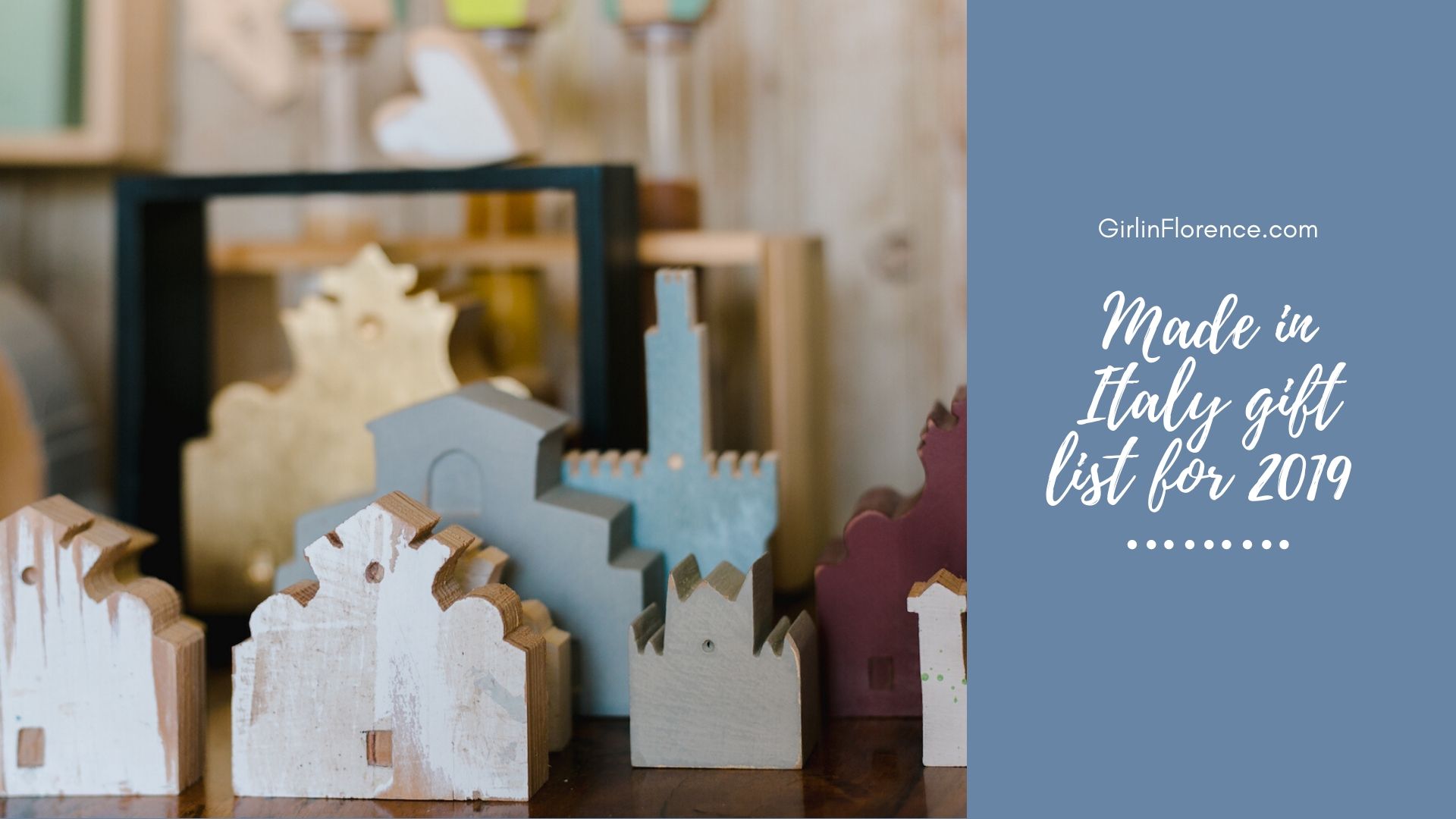
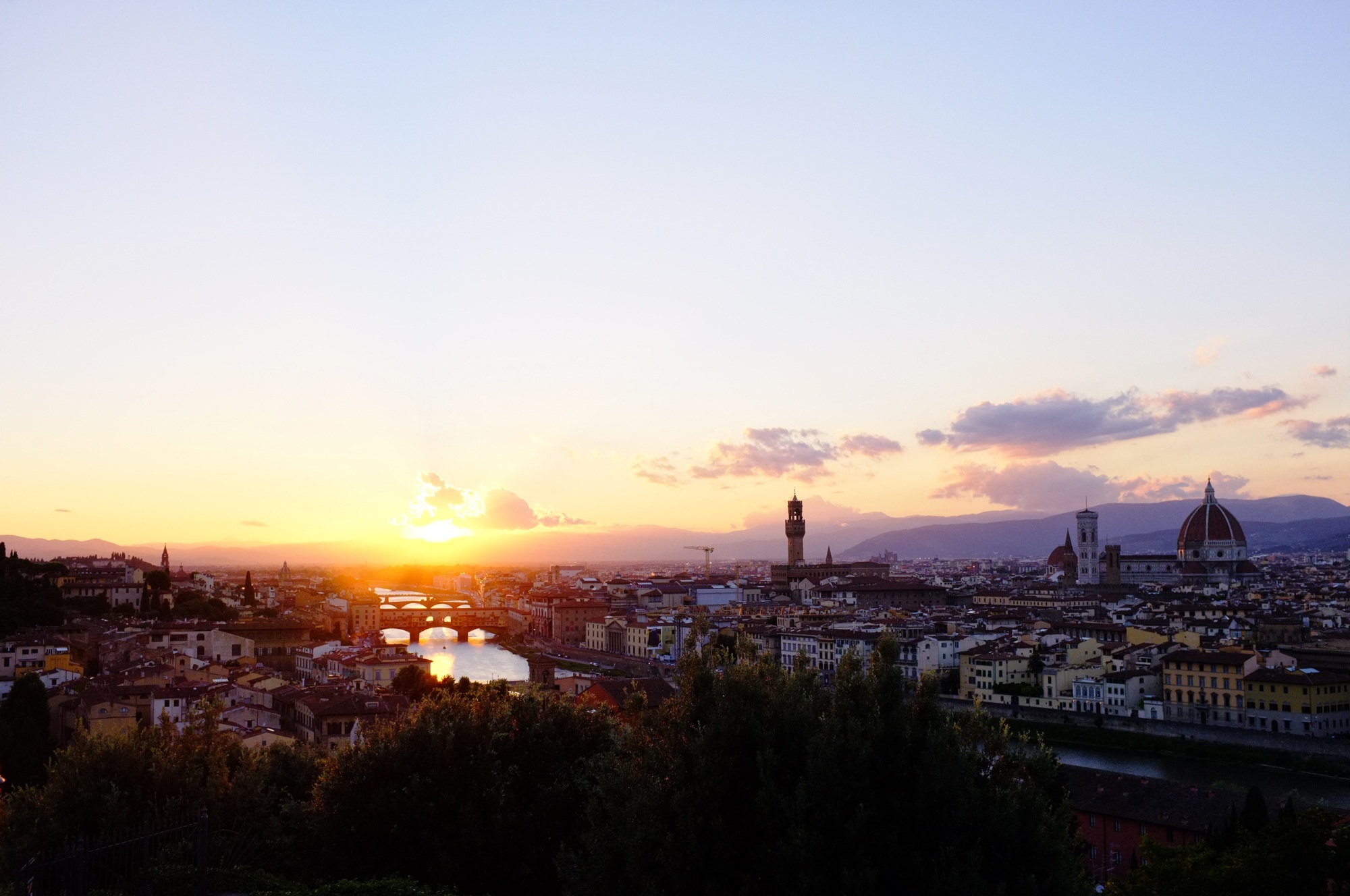
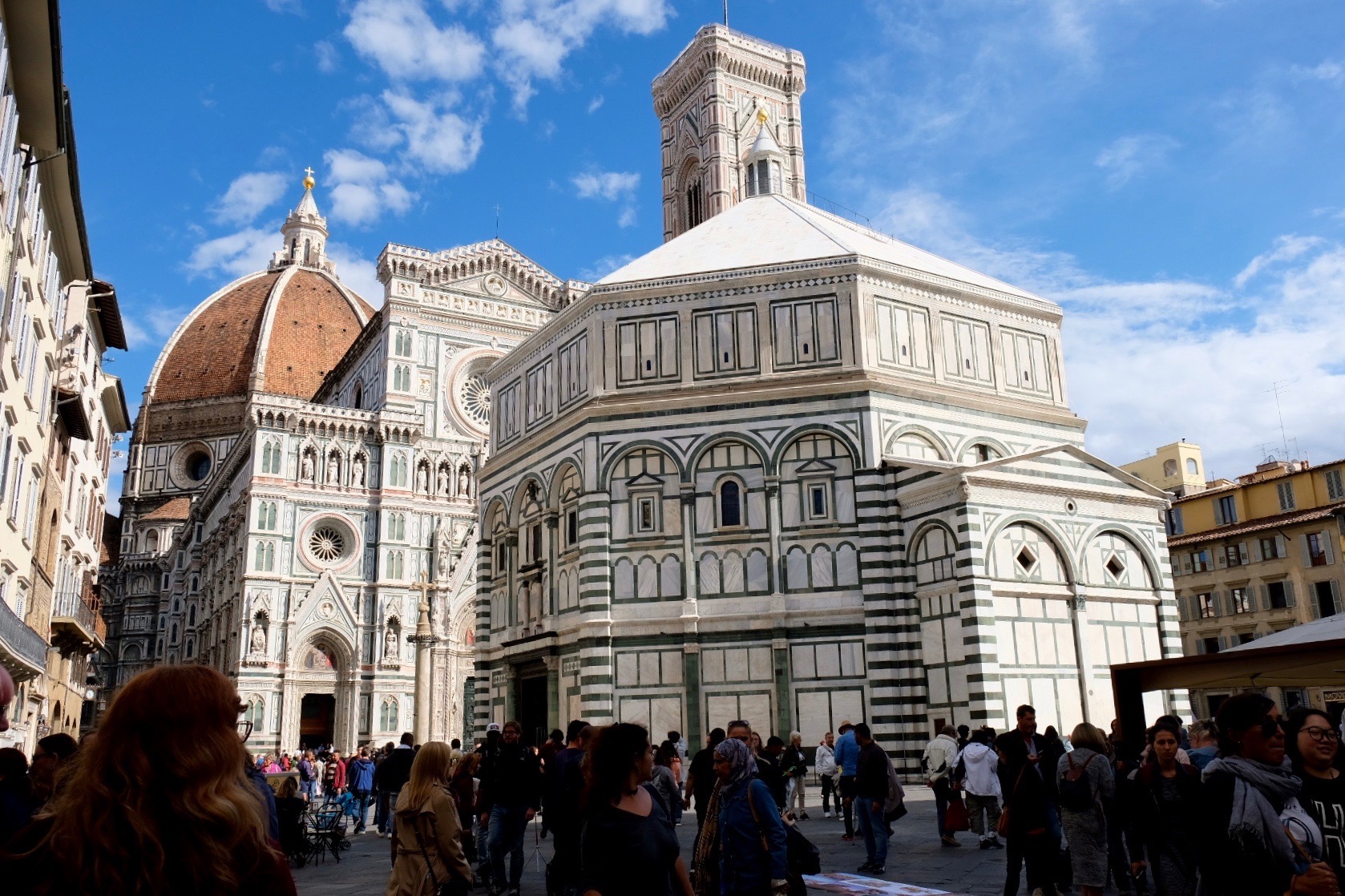
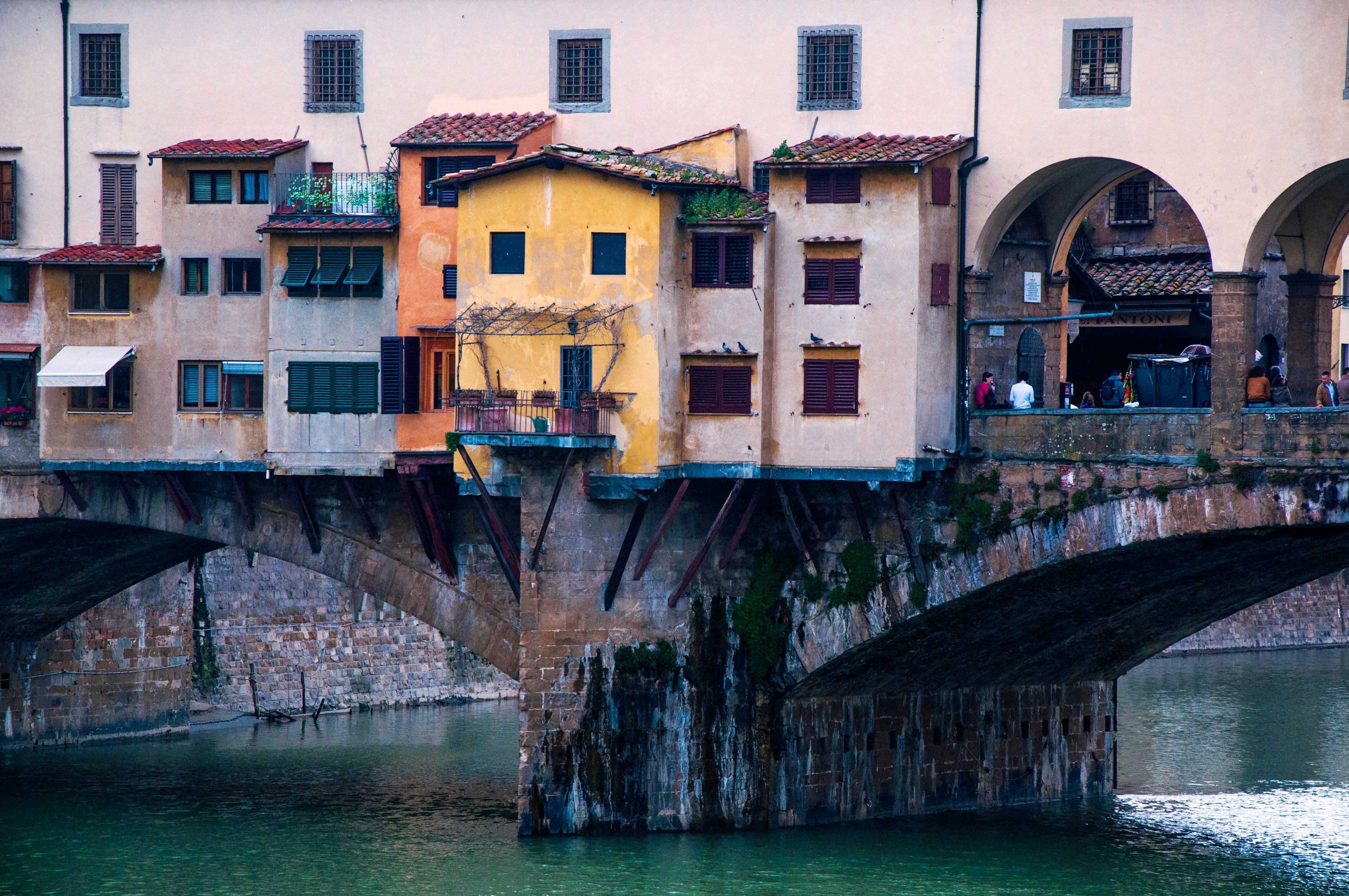
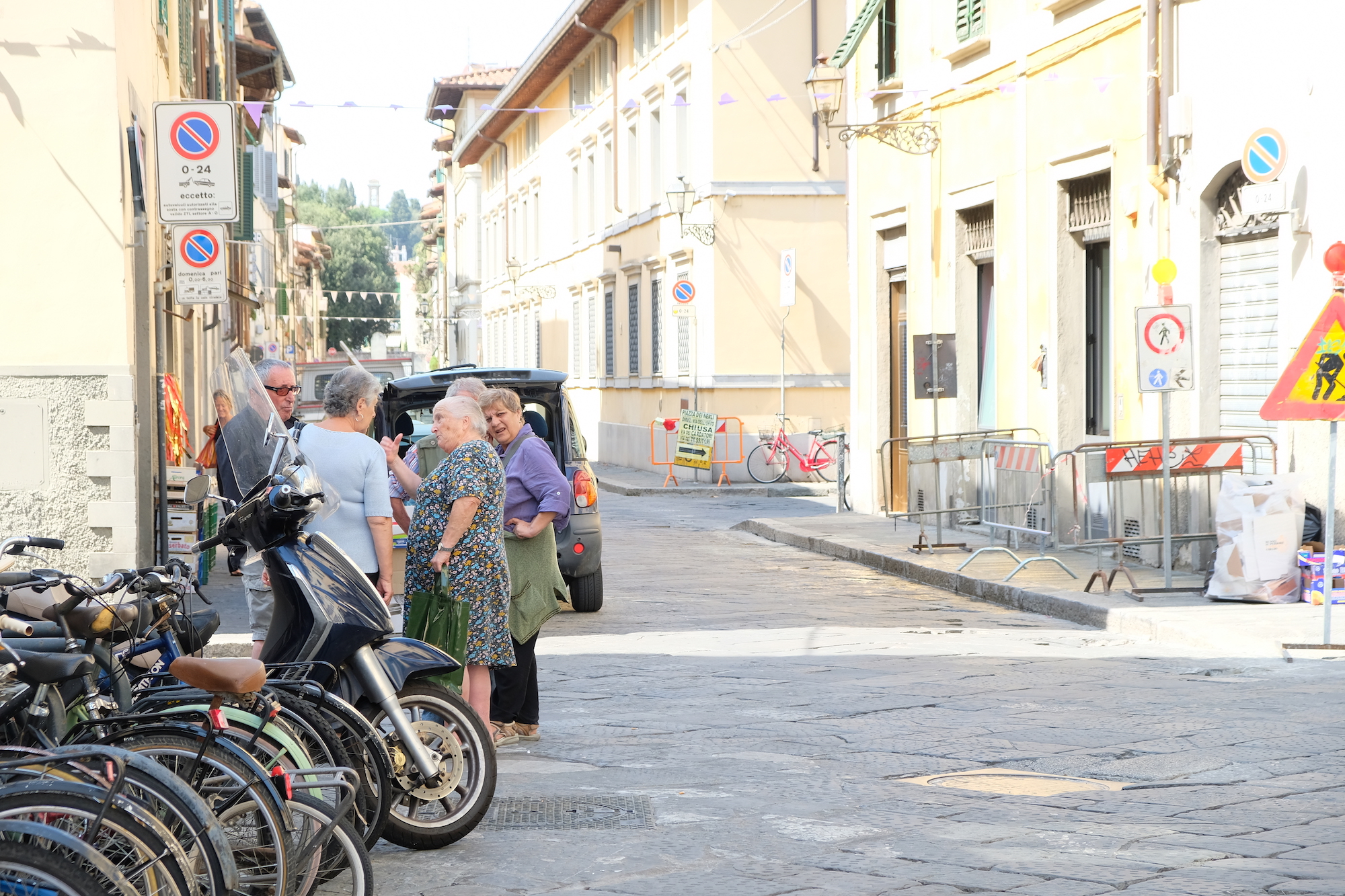
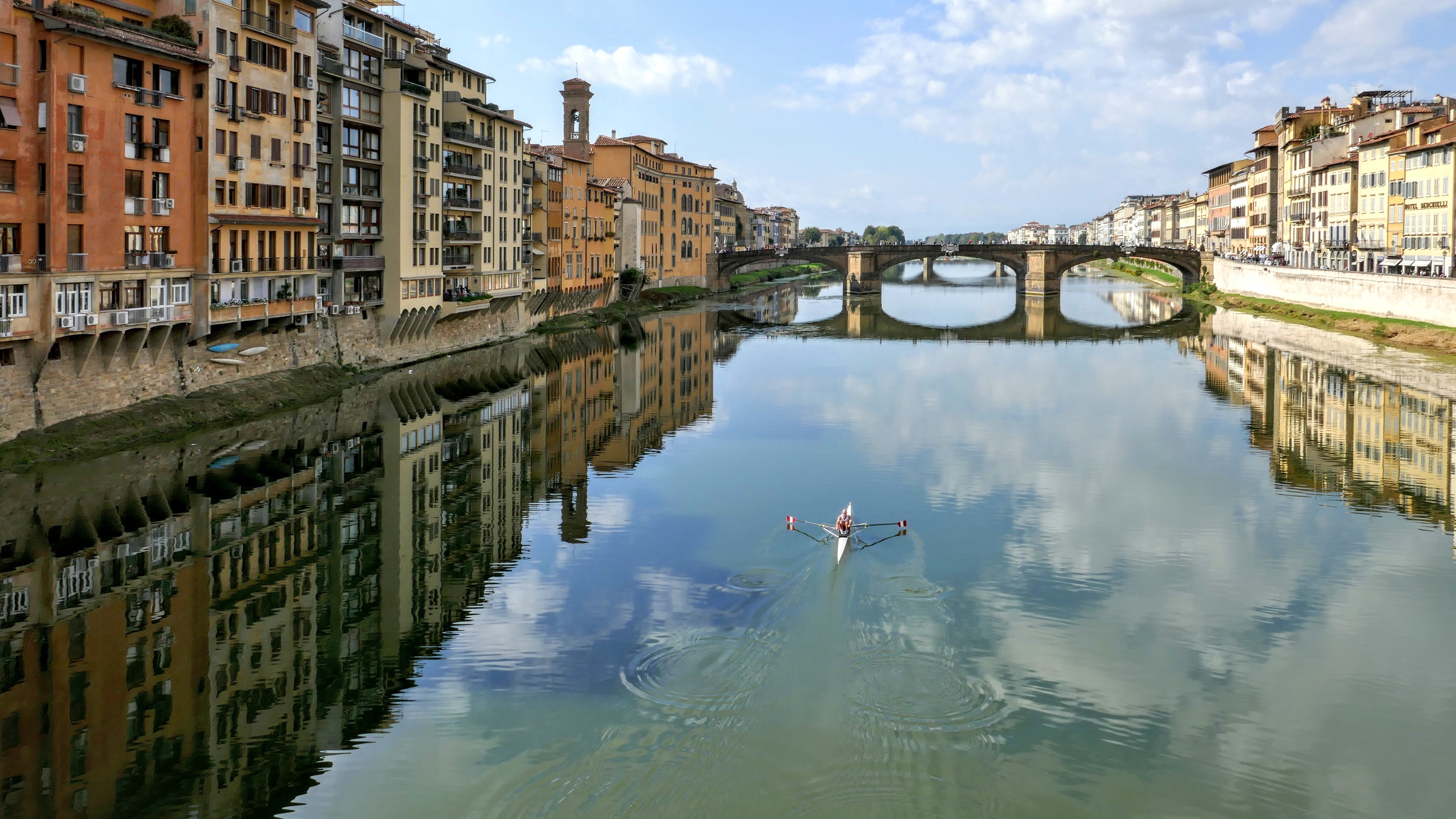

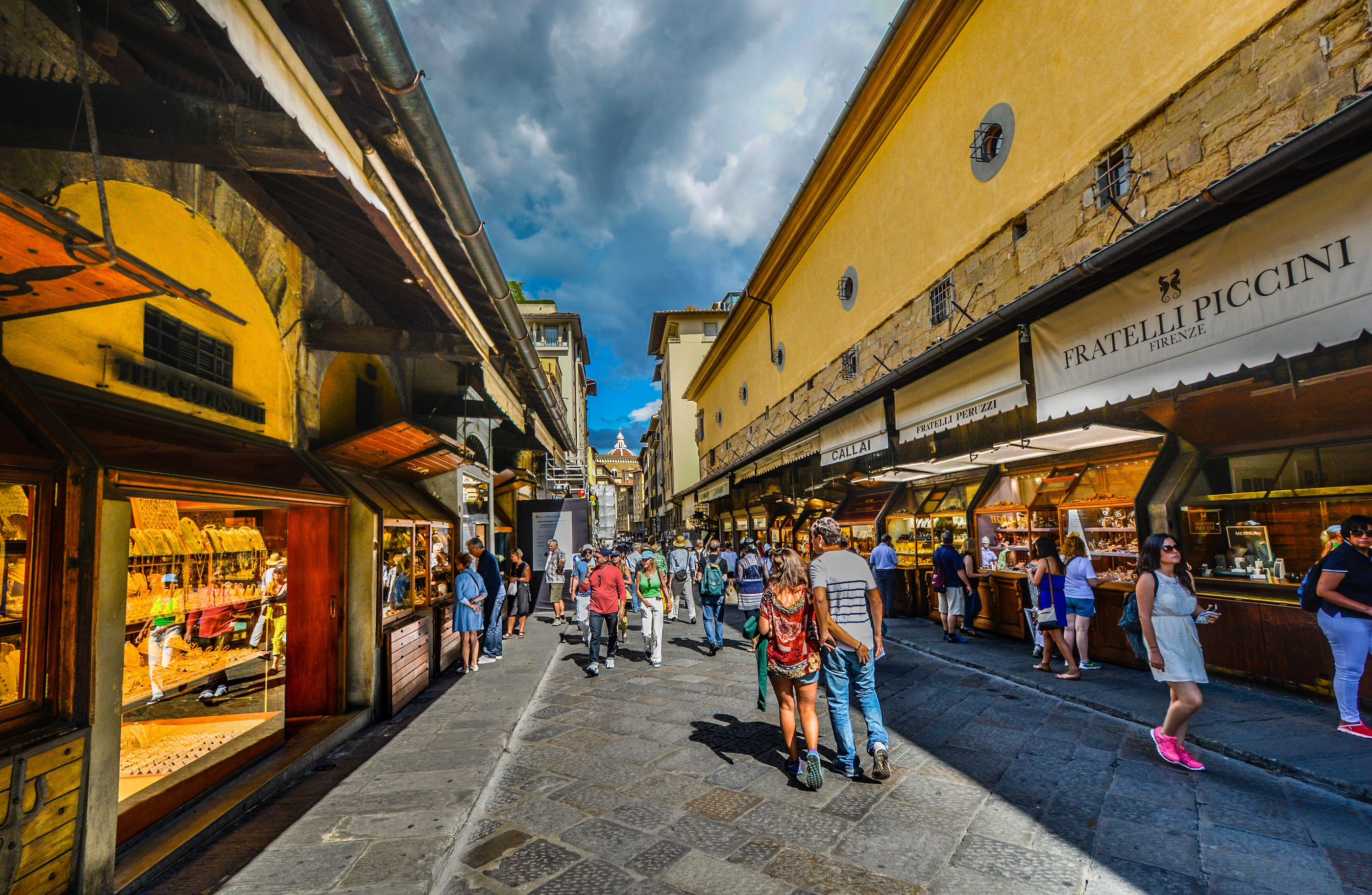
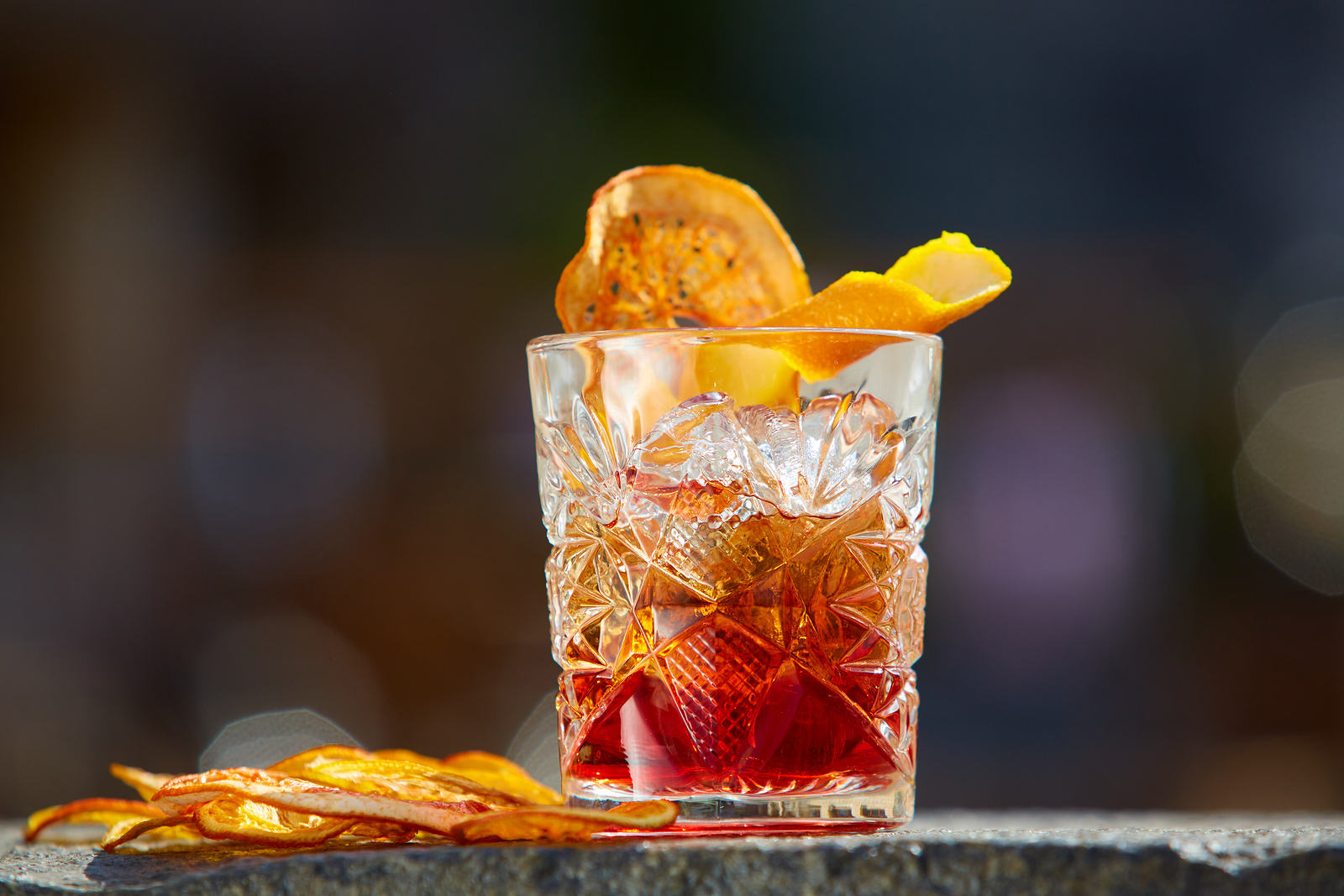
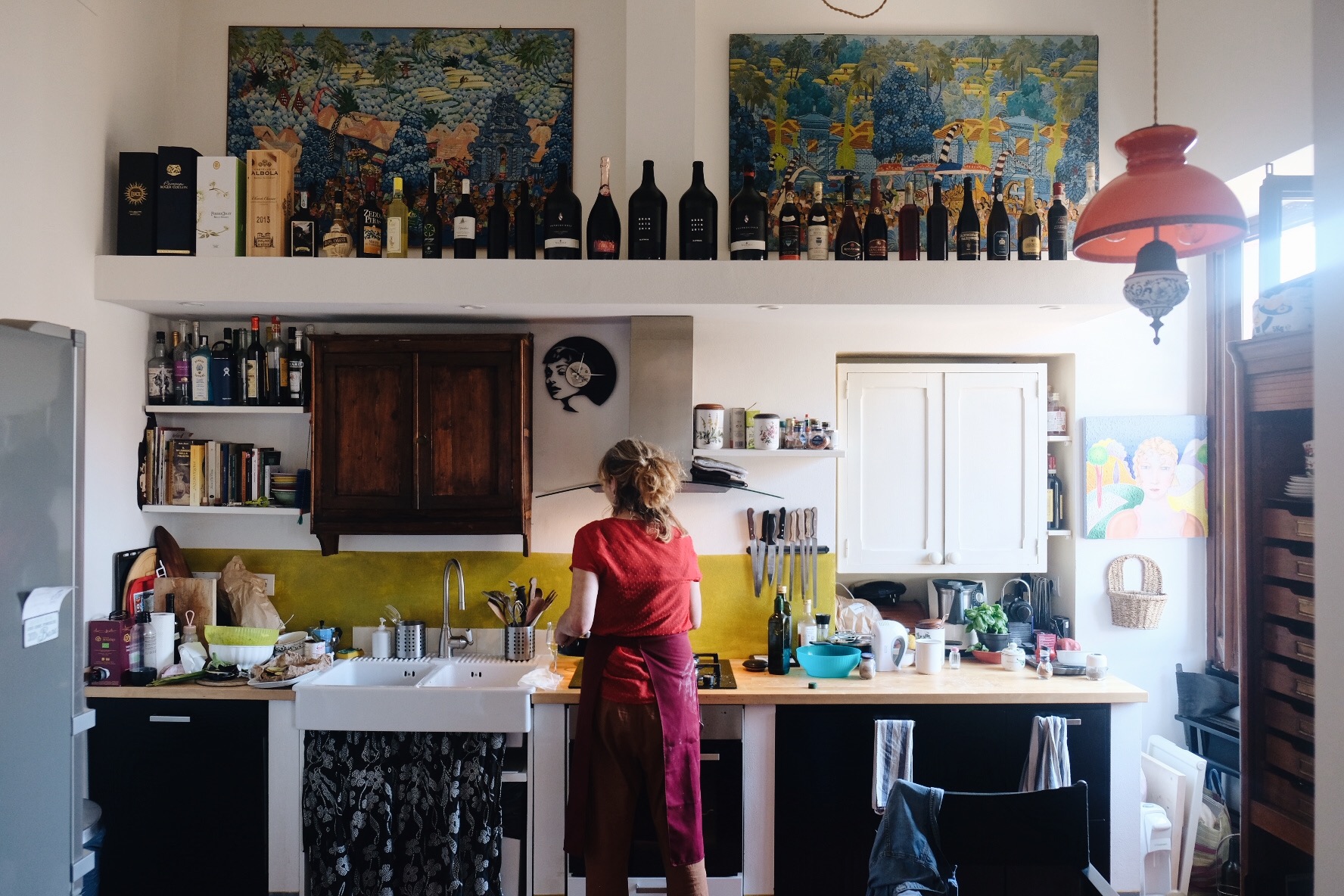

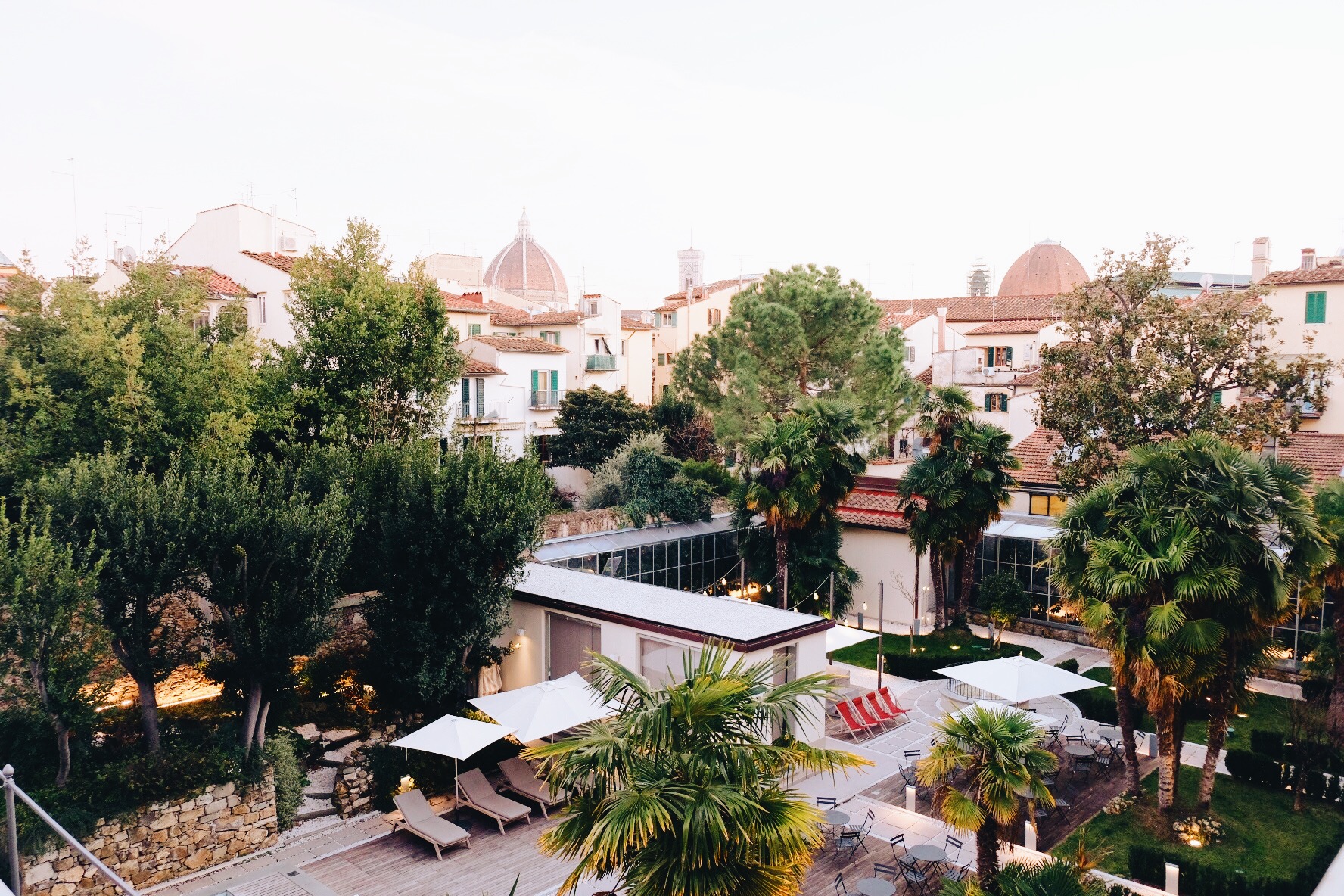
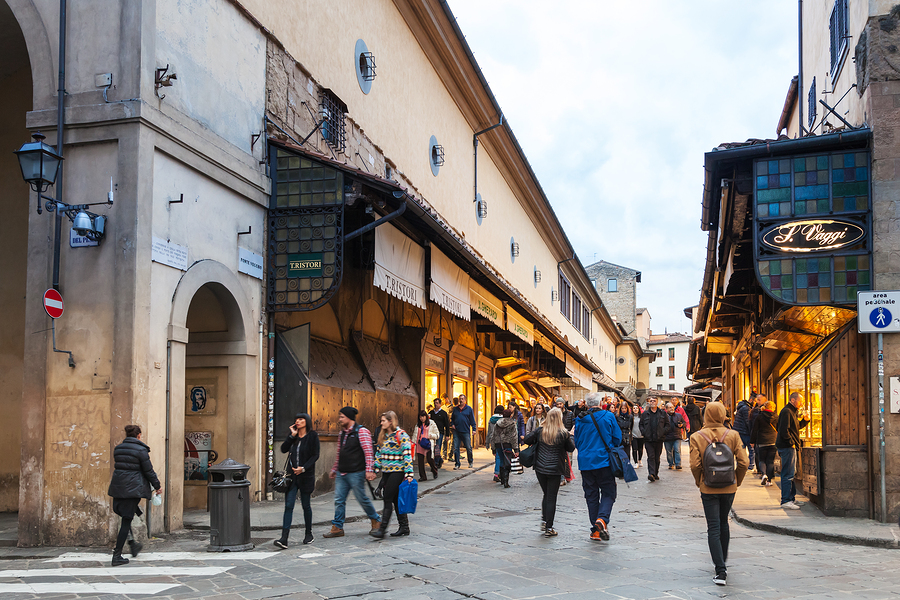
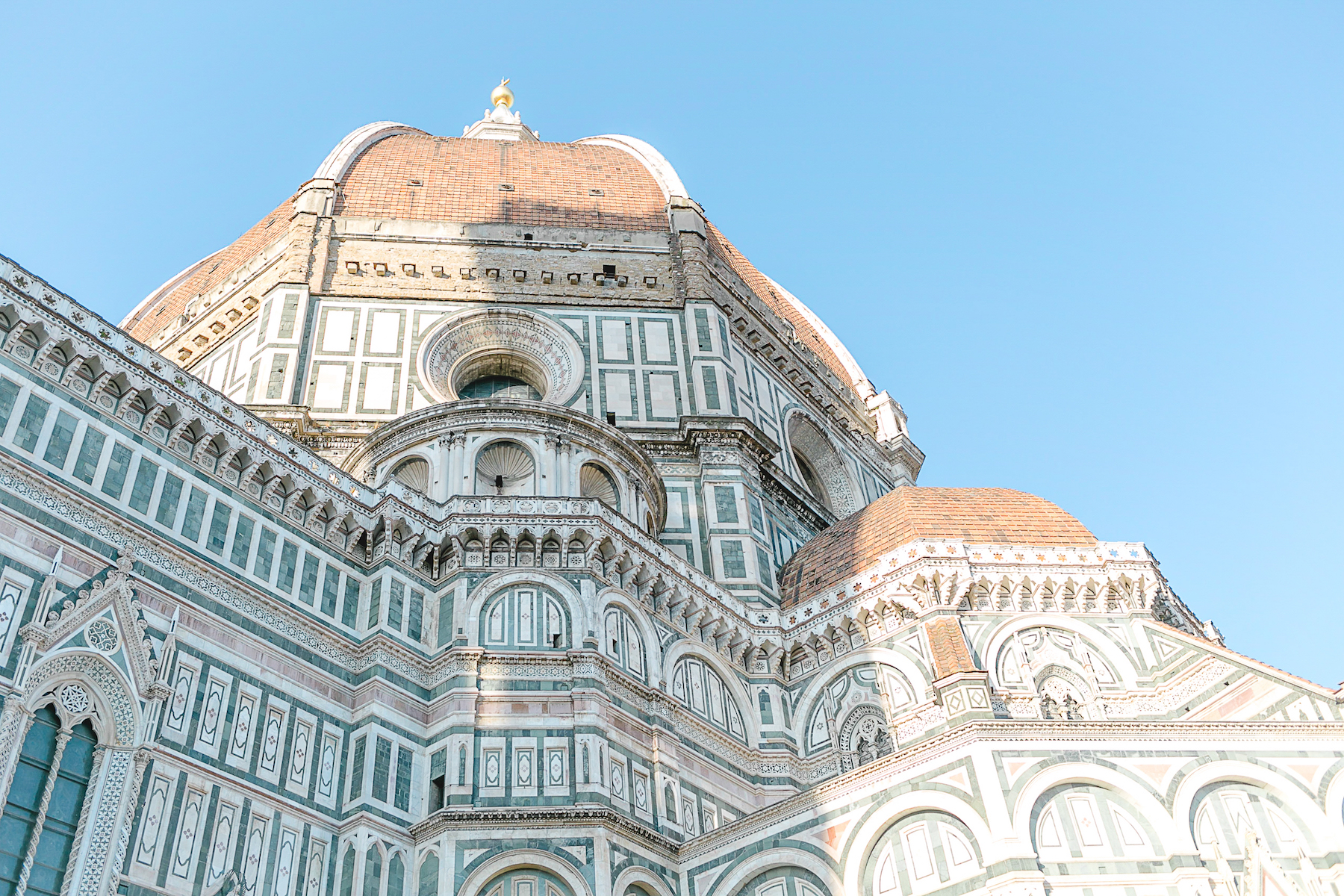
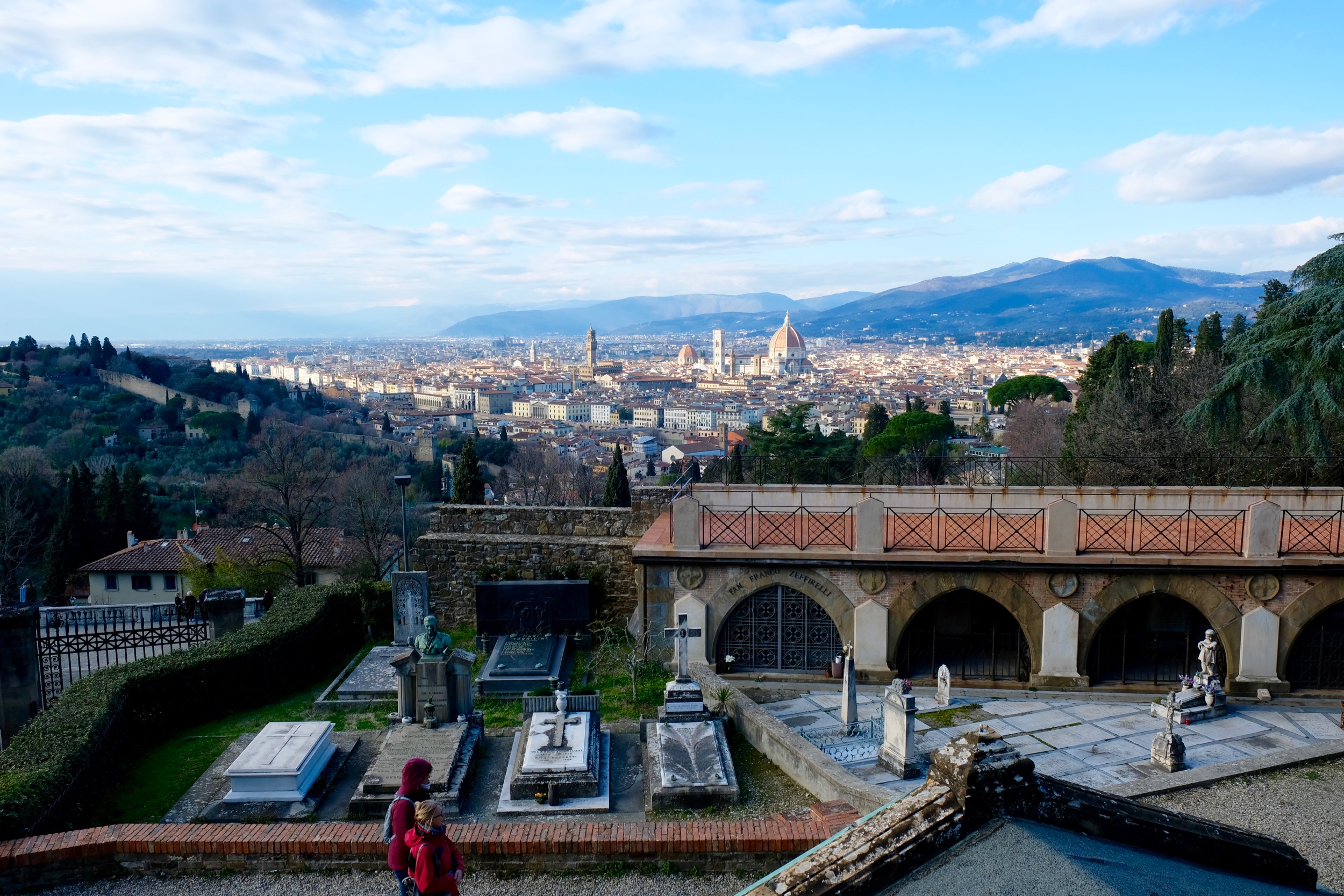

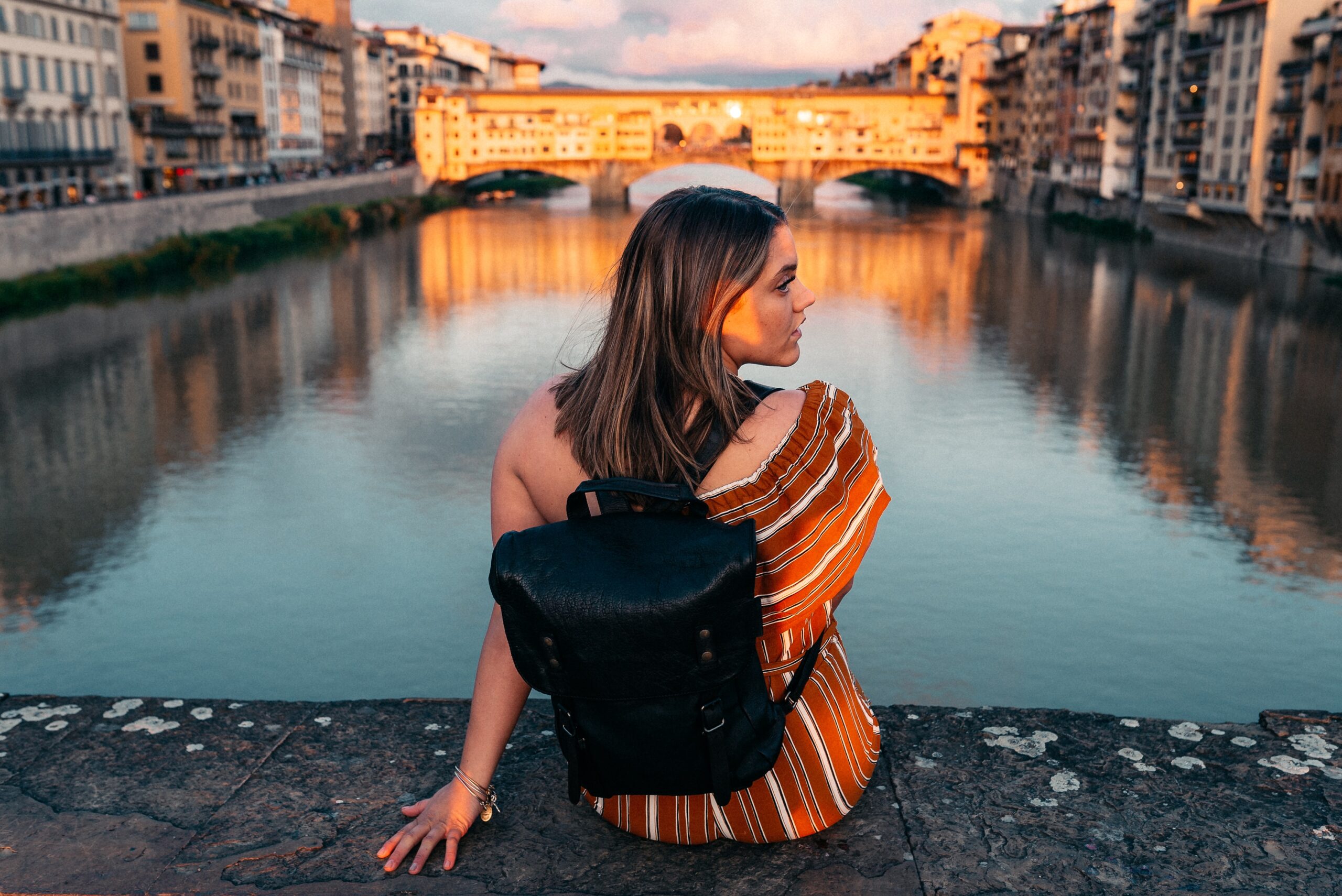
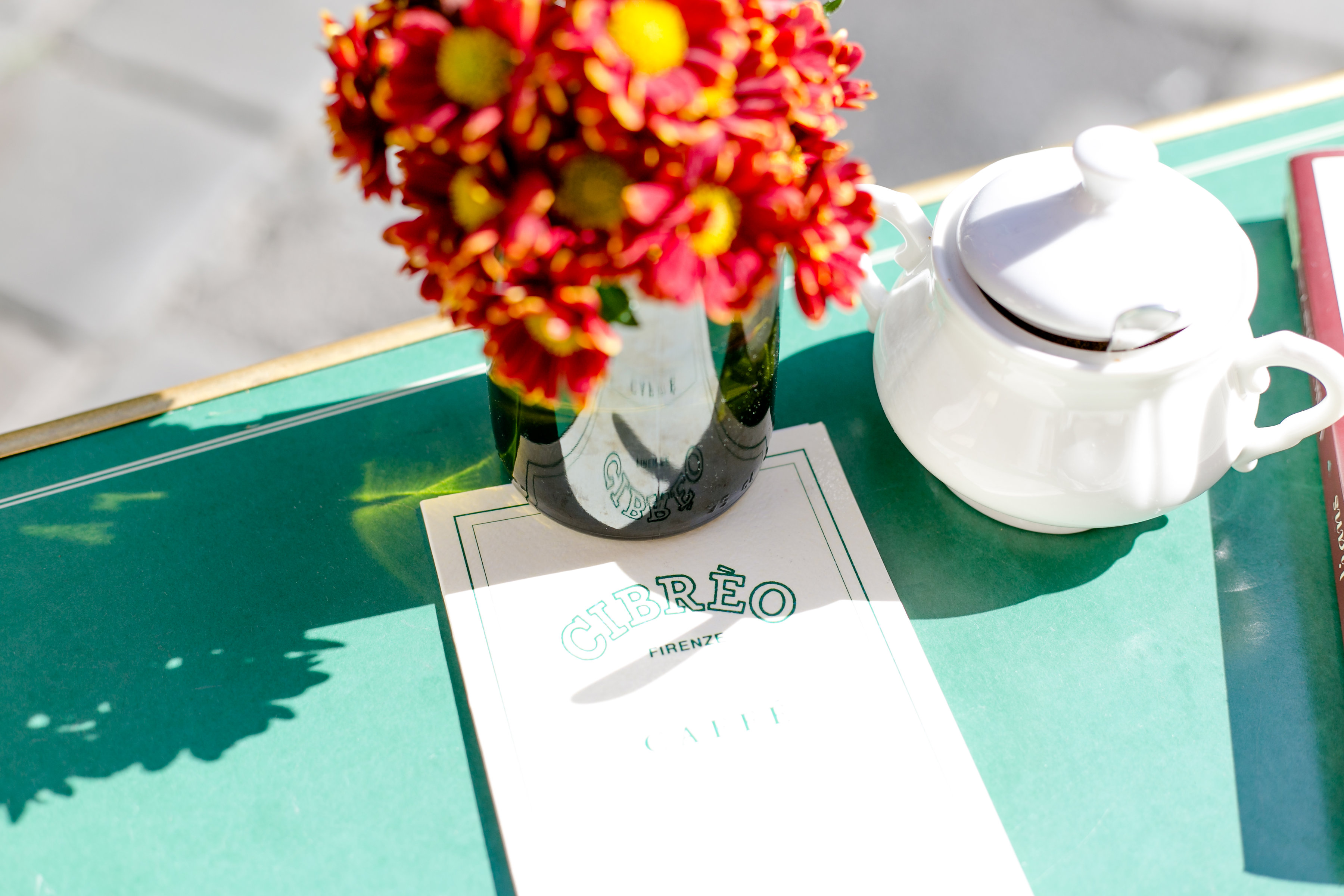
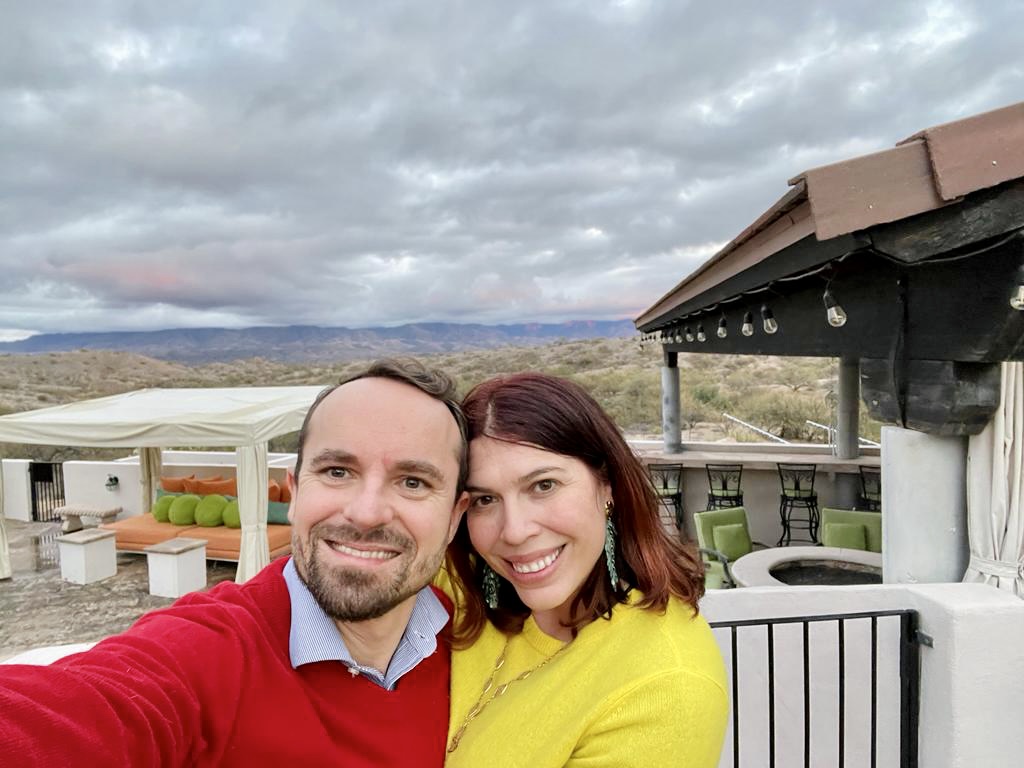


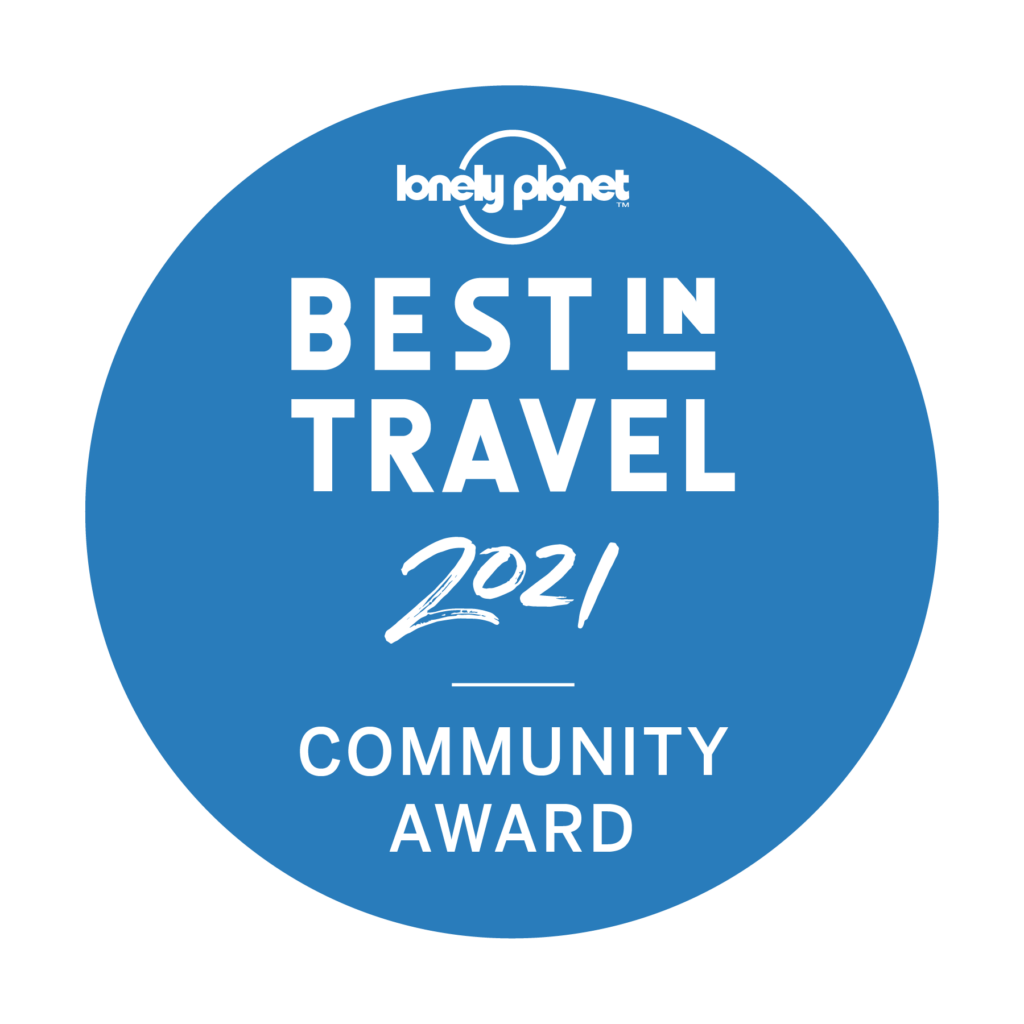
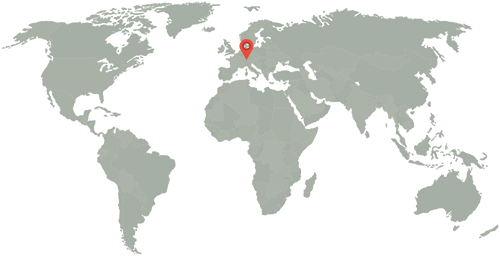
One Response
Hello Georgette,
Messaging here as we discussed on Twitter.
I’m a 39 year old mother of a 4yo son. Professional with 17 years experience in my home country. Sole breadwinner of my family. Planning to migrate to Florence for academics in Interior Design from FDA, to enhance career prospects togain international exposure.
The course duration may extend to 3years max. Shall be acquiring educational loan against my home offered as collateral security. Since I’ll have to move there alone with a kid in tow, there are many challenges, many questions. Began following you on Twitter primarily to get acquainted with the city and its life.
1) Could you suggest places to live in the suburbs that would bring down cost of living significantly? Daily travel by public transport is acceptable.
2) Is Florence safe for conservative women living alone?
3) Are there safe creches/ daycare centers for children? How much do they typically charge?
4) What is the percentage of Indian population settled in Florence, either for study, job, business or otherwise, for long term?
5) Are there stores selling Indian food ingredients within Florence or in nearby towns?
6) Are there playgrounds, parks or other recreational areas for children?
7) How do children socialise outside school?
8) Are there registered clubs of different nationalities in Florence? Can you please find out if there’s an Indian Nationals’ Club.
Finding answers to these questions, and a few more could help me prepare mentally for the challenges that lie ahead.
Thanks in advance! 🙂